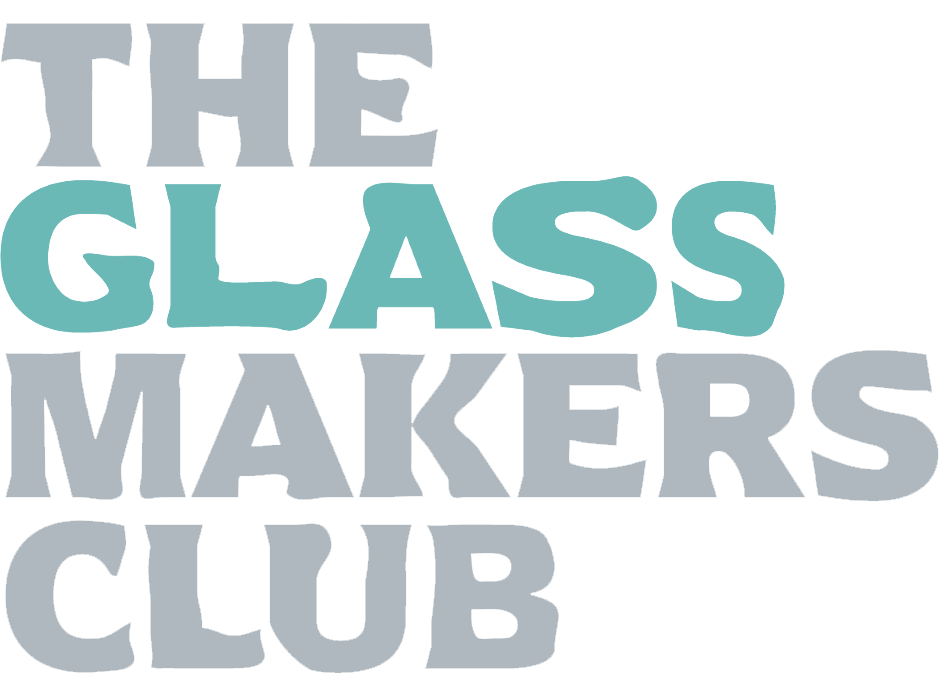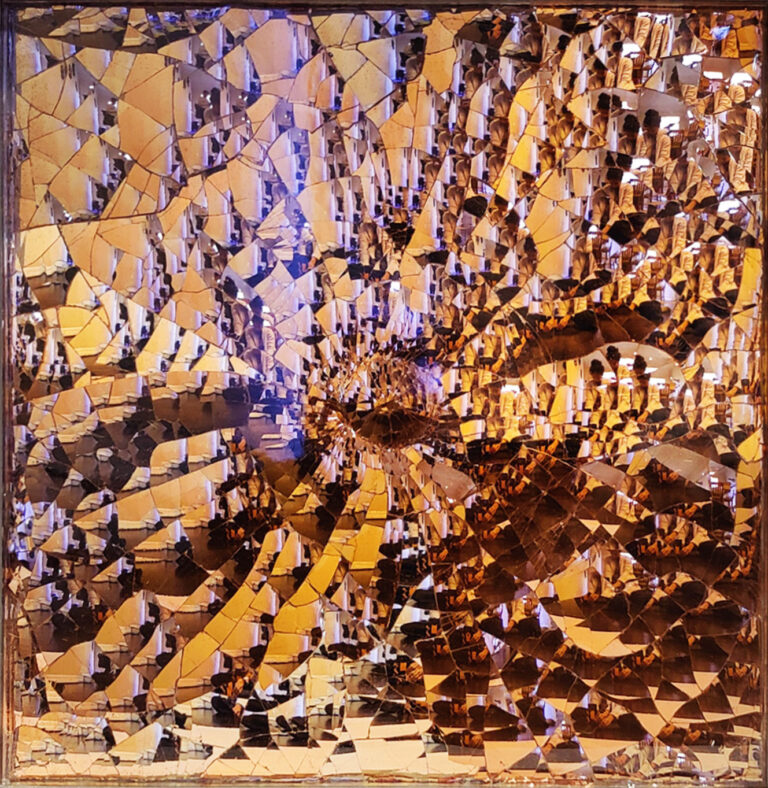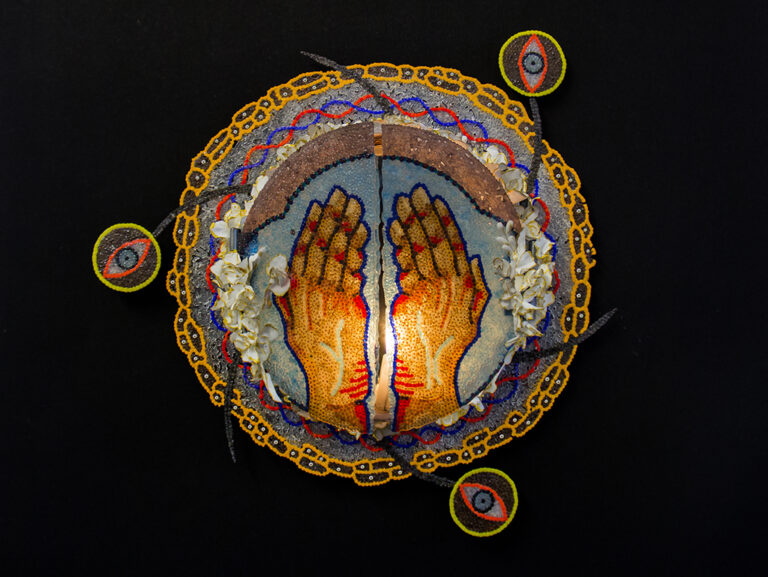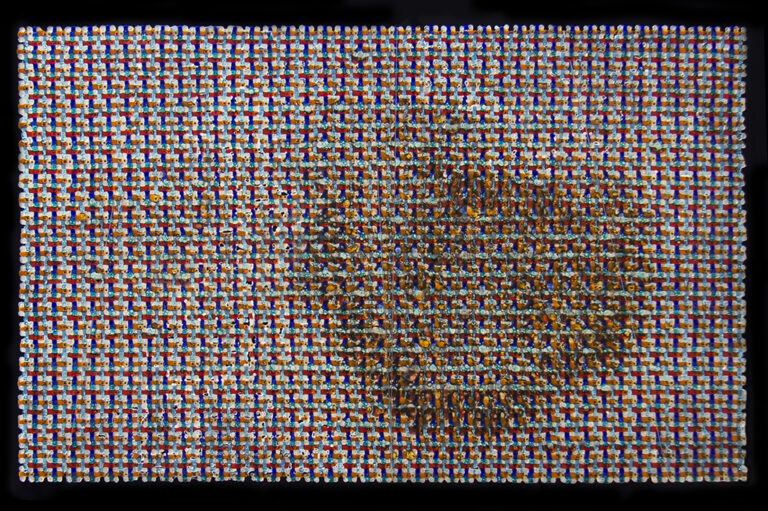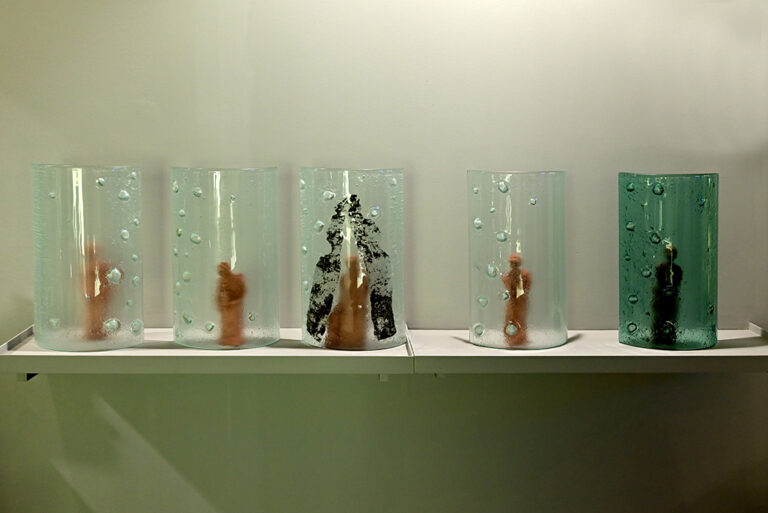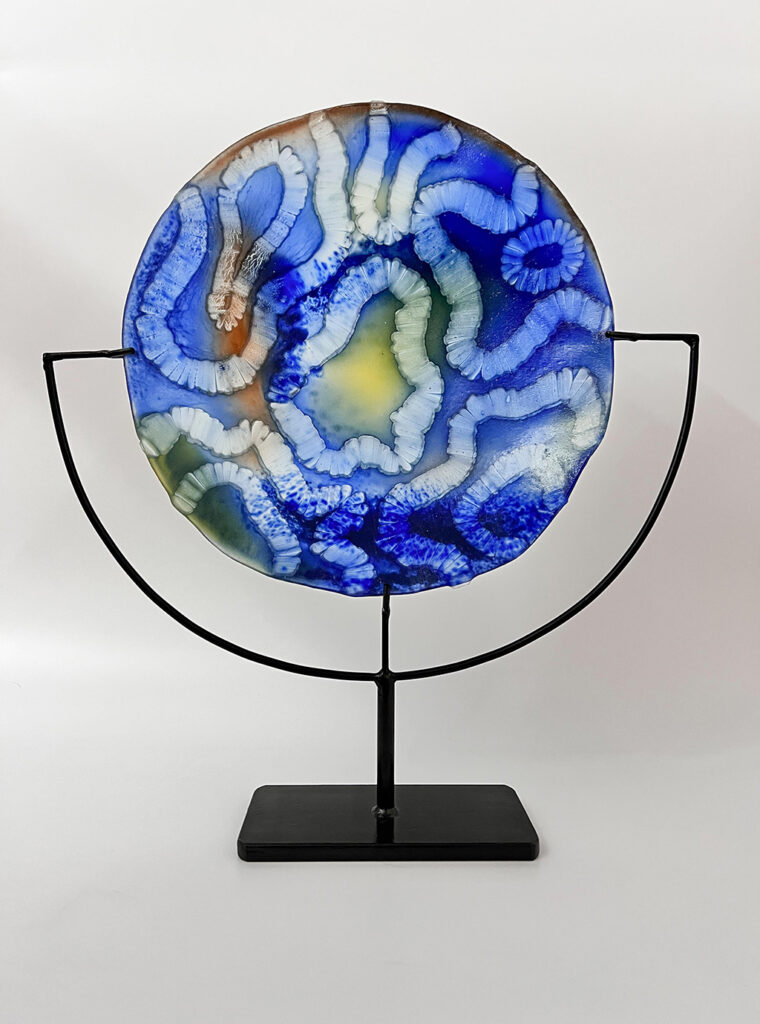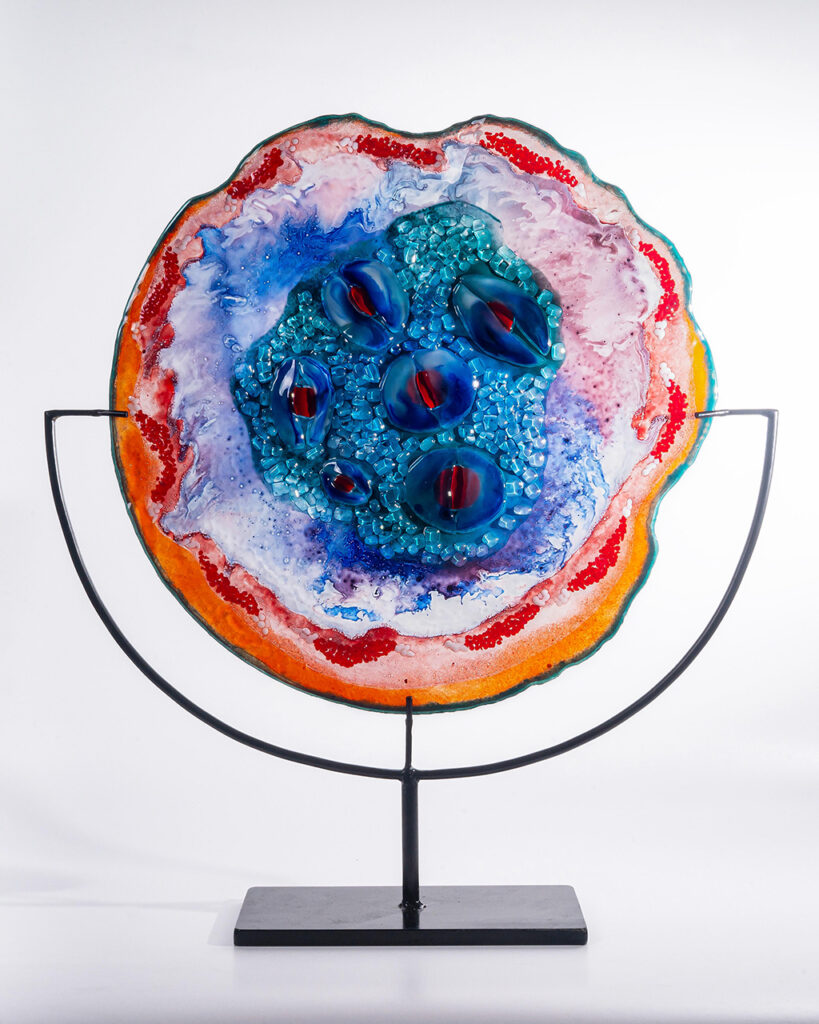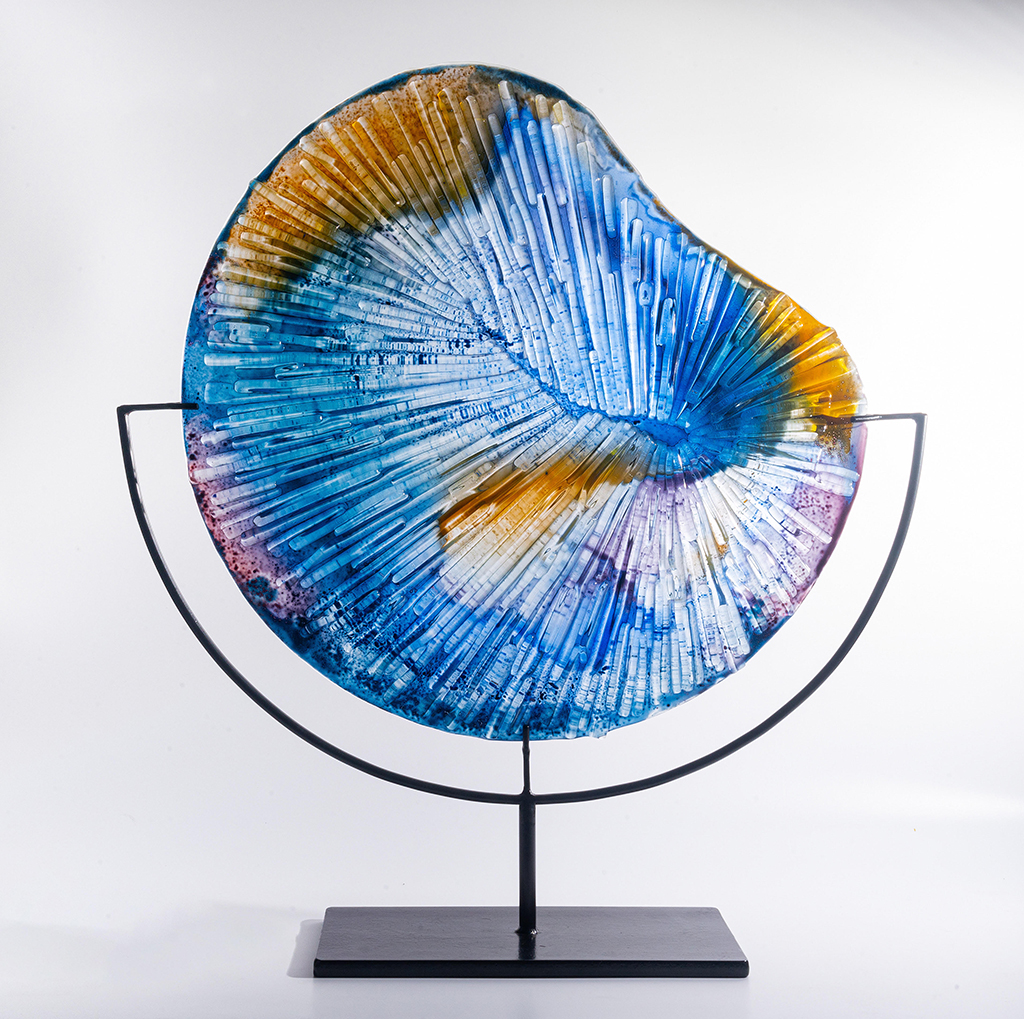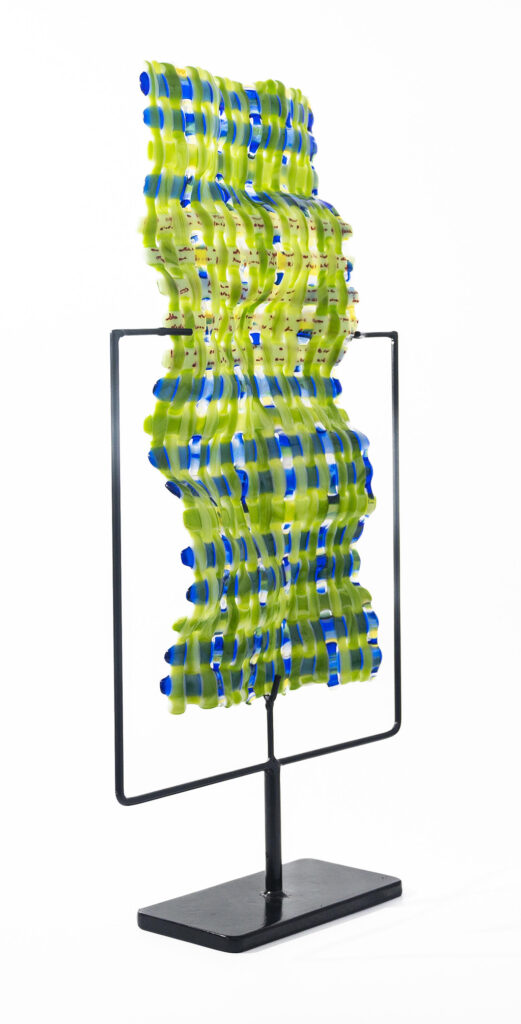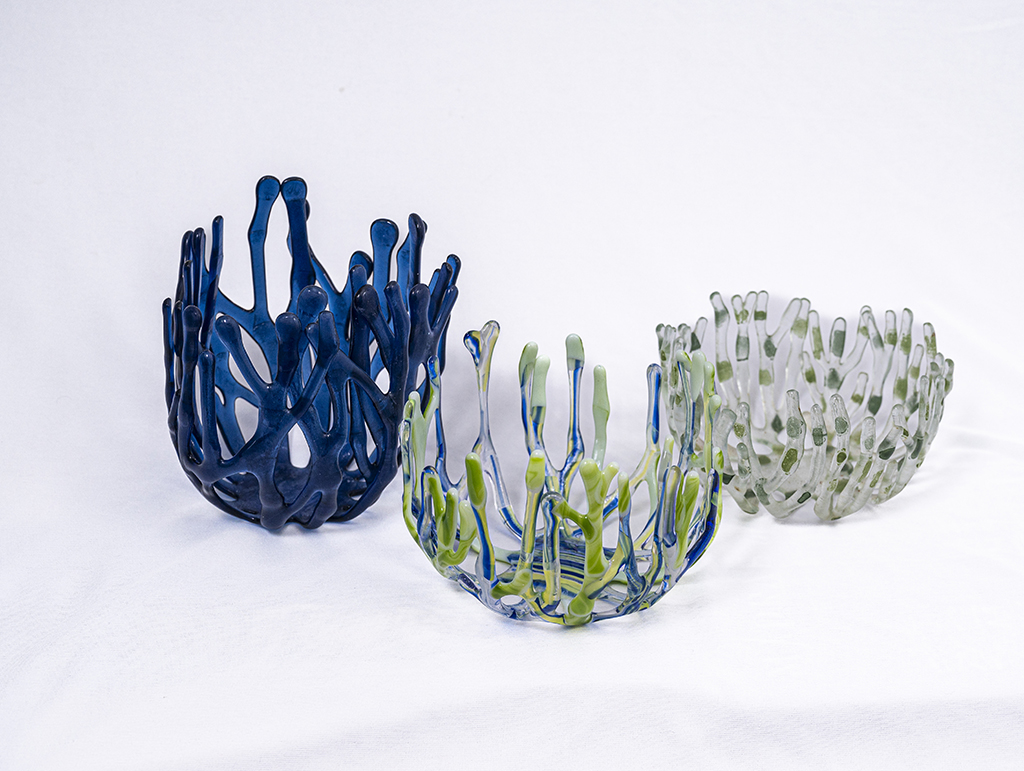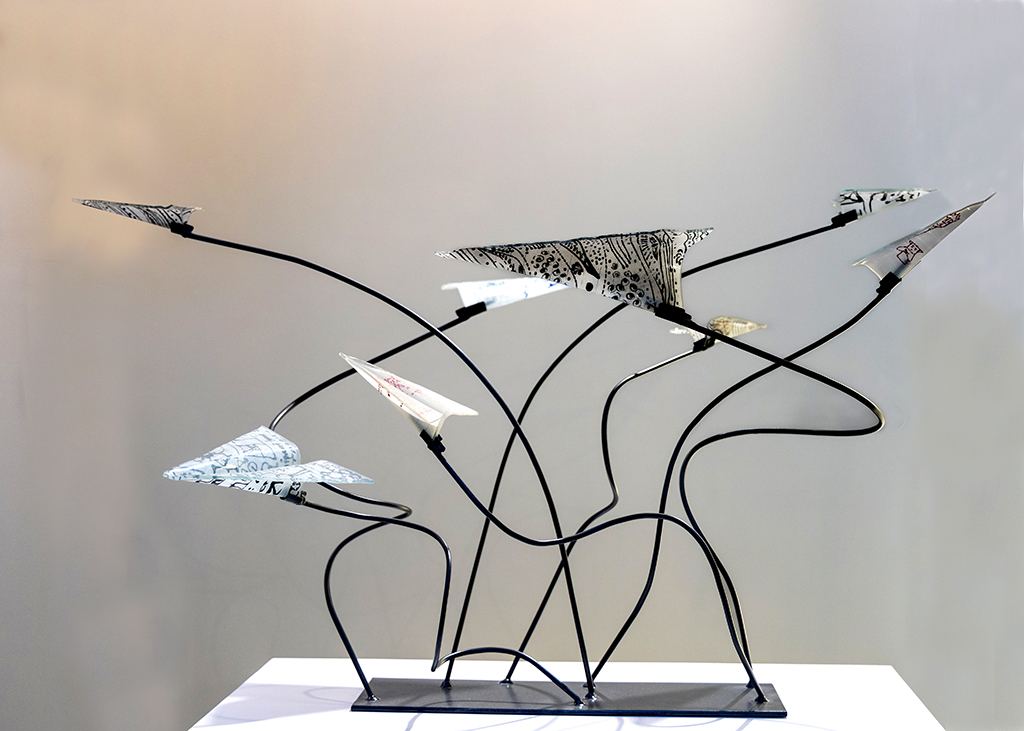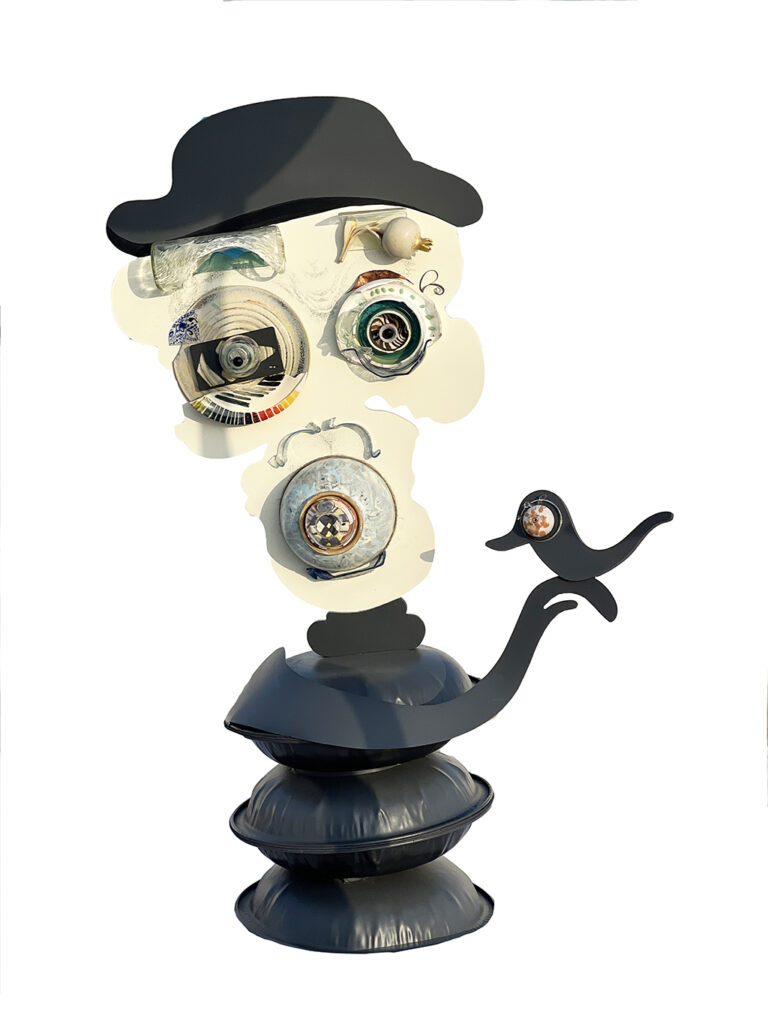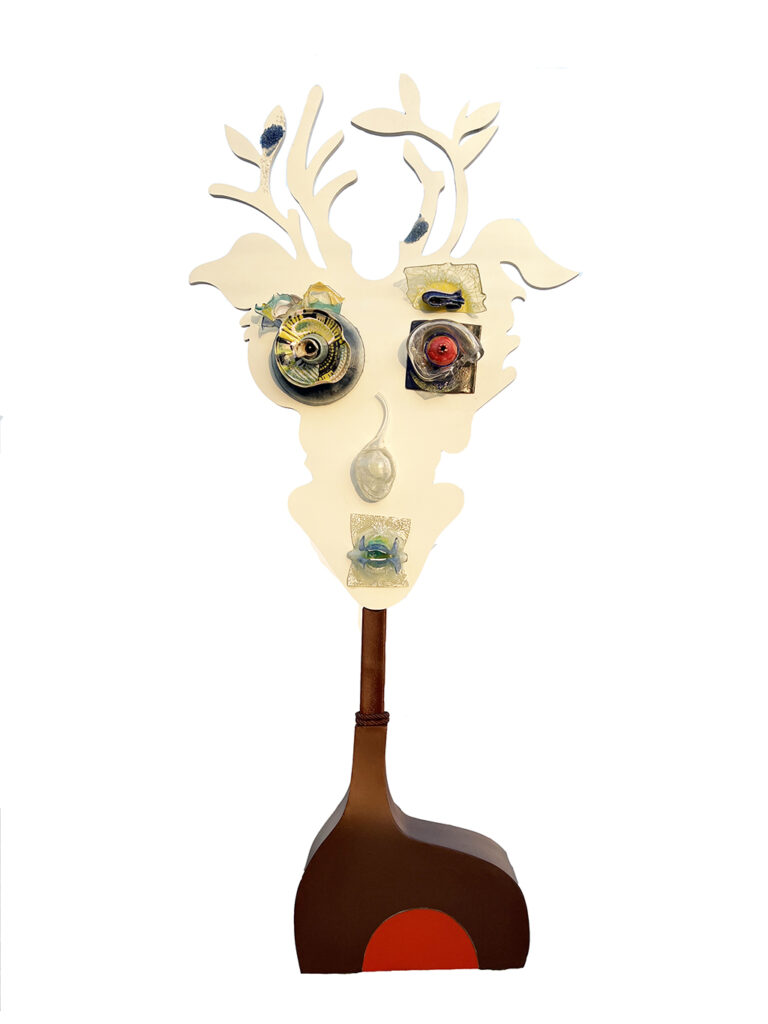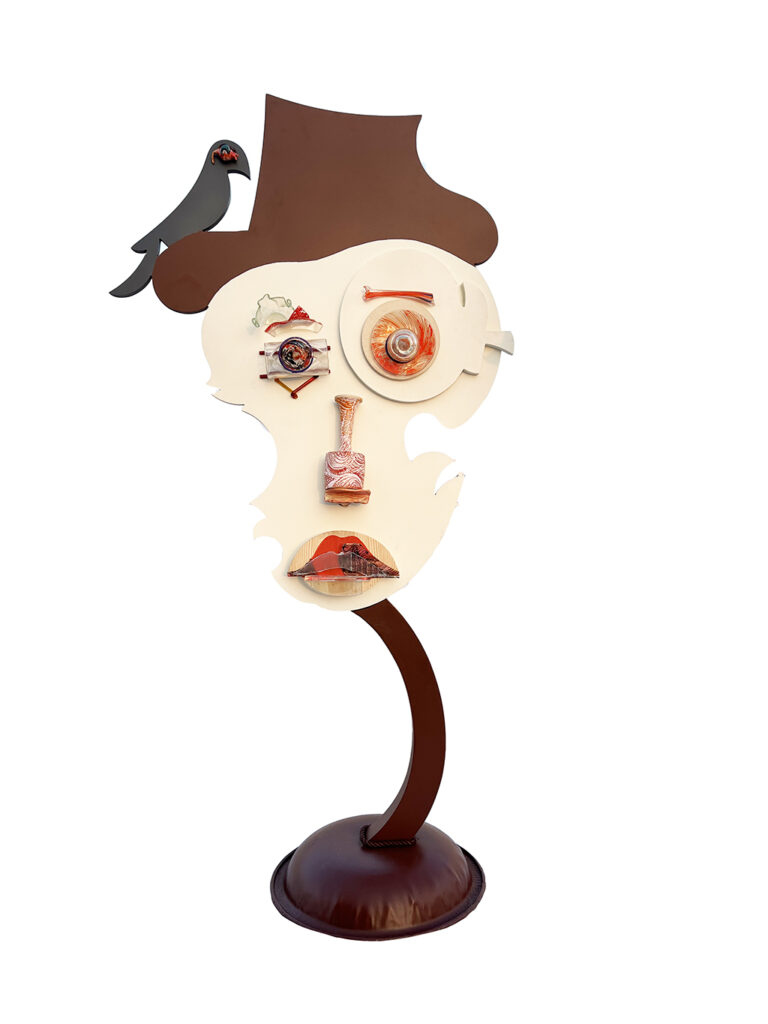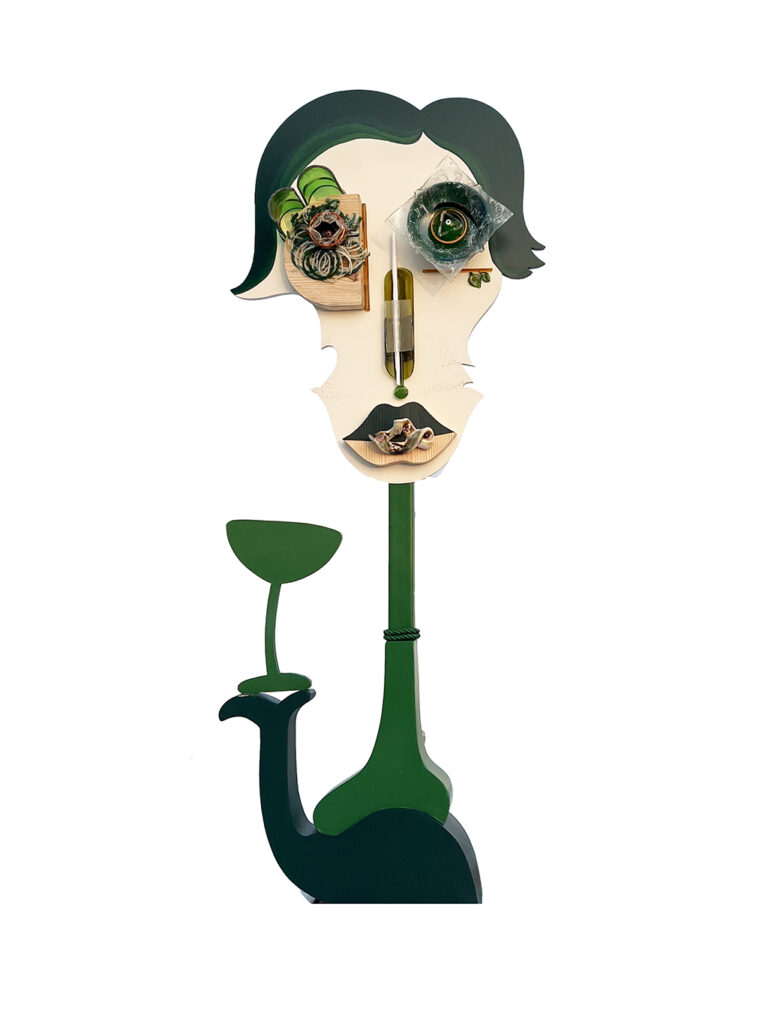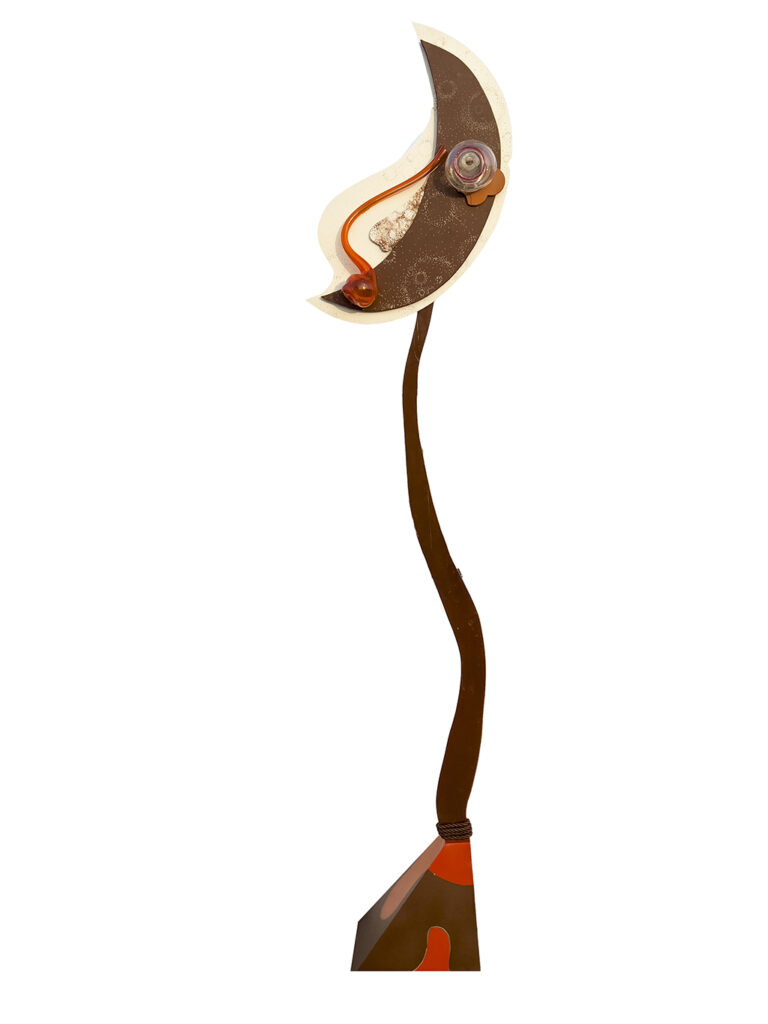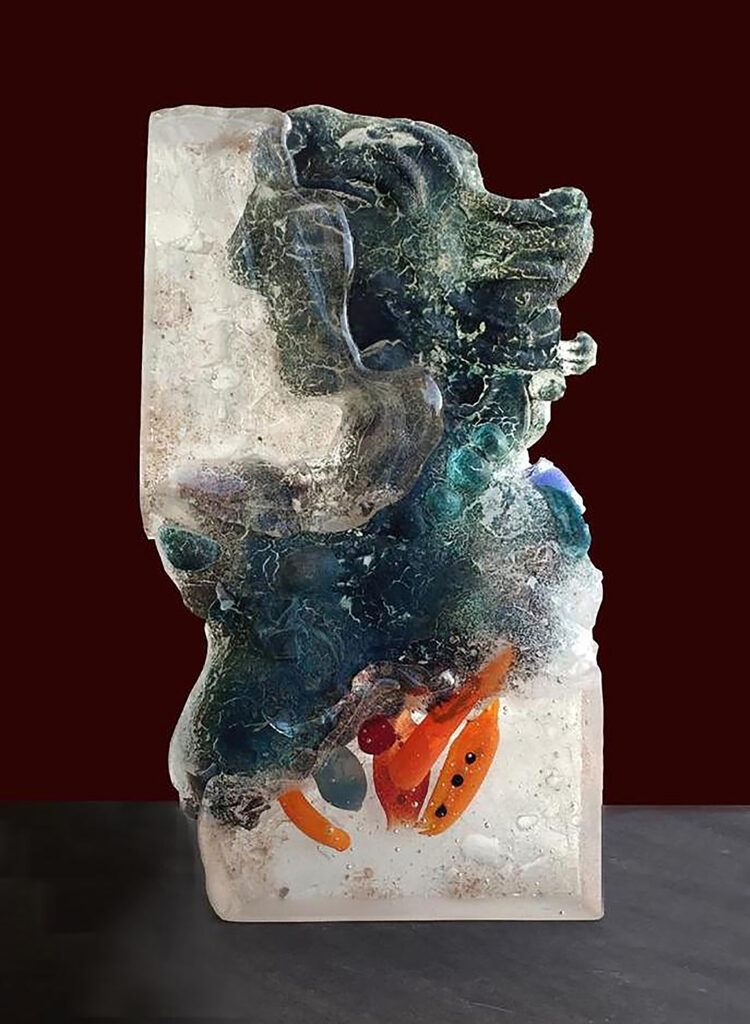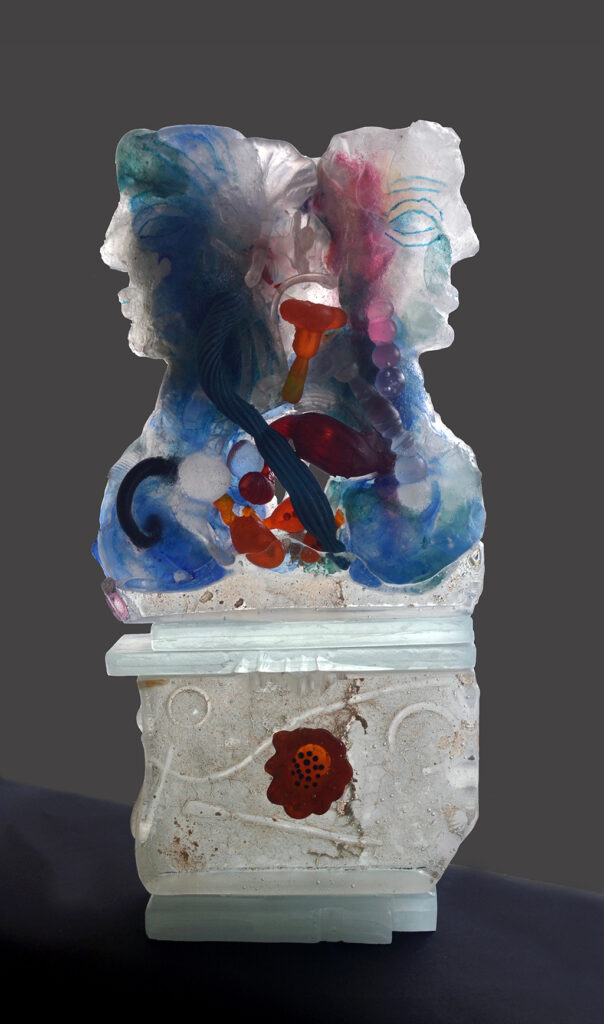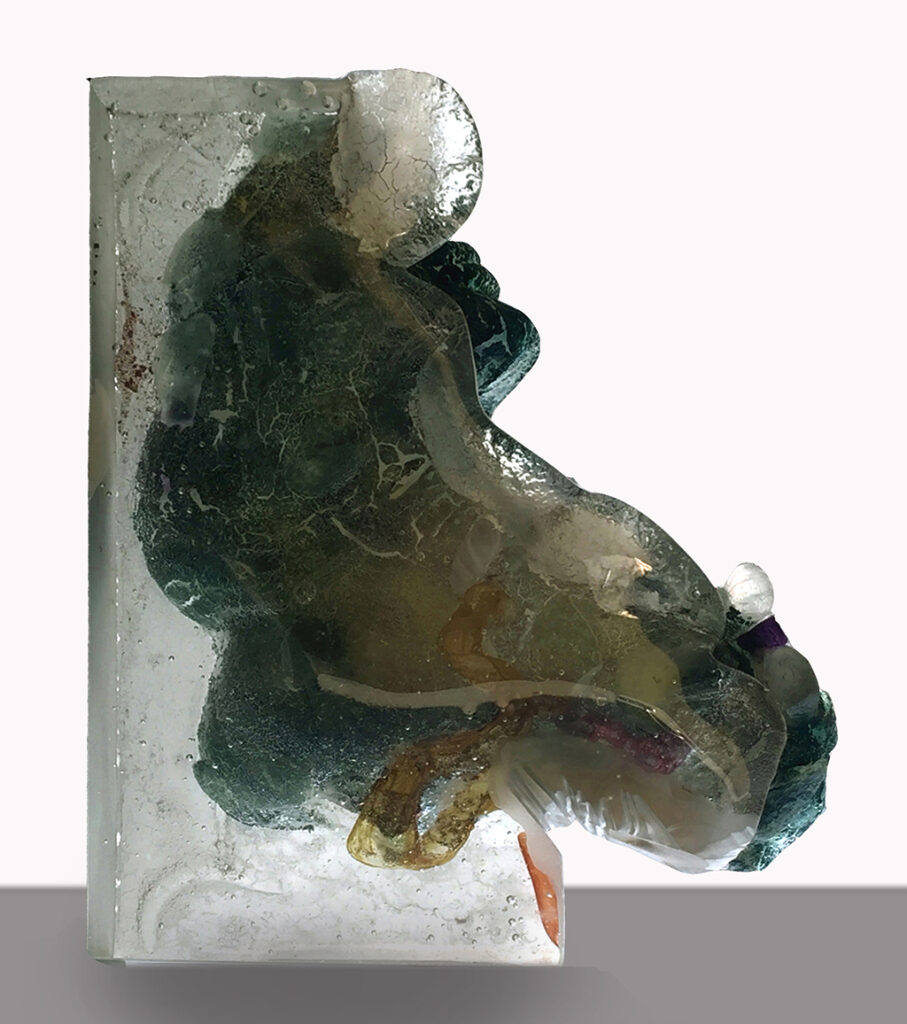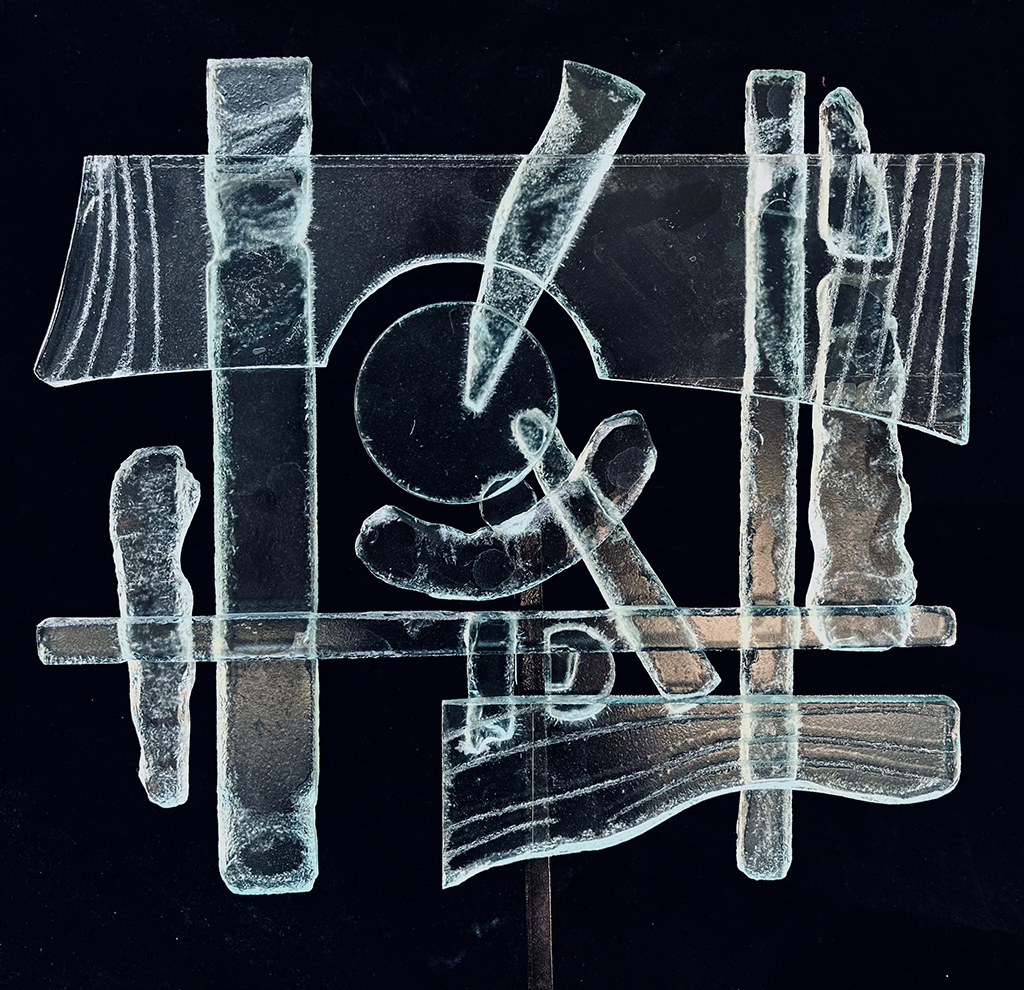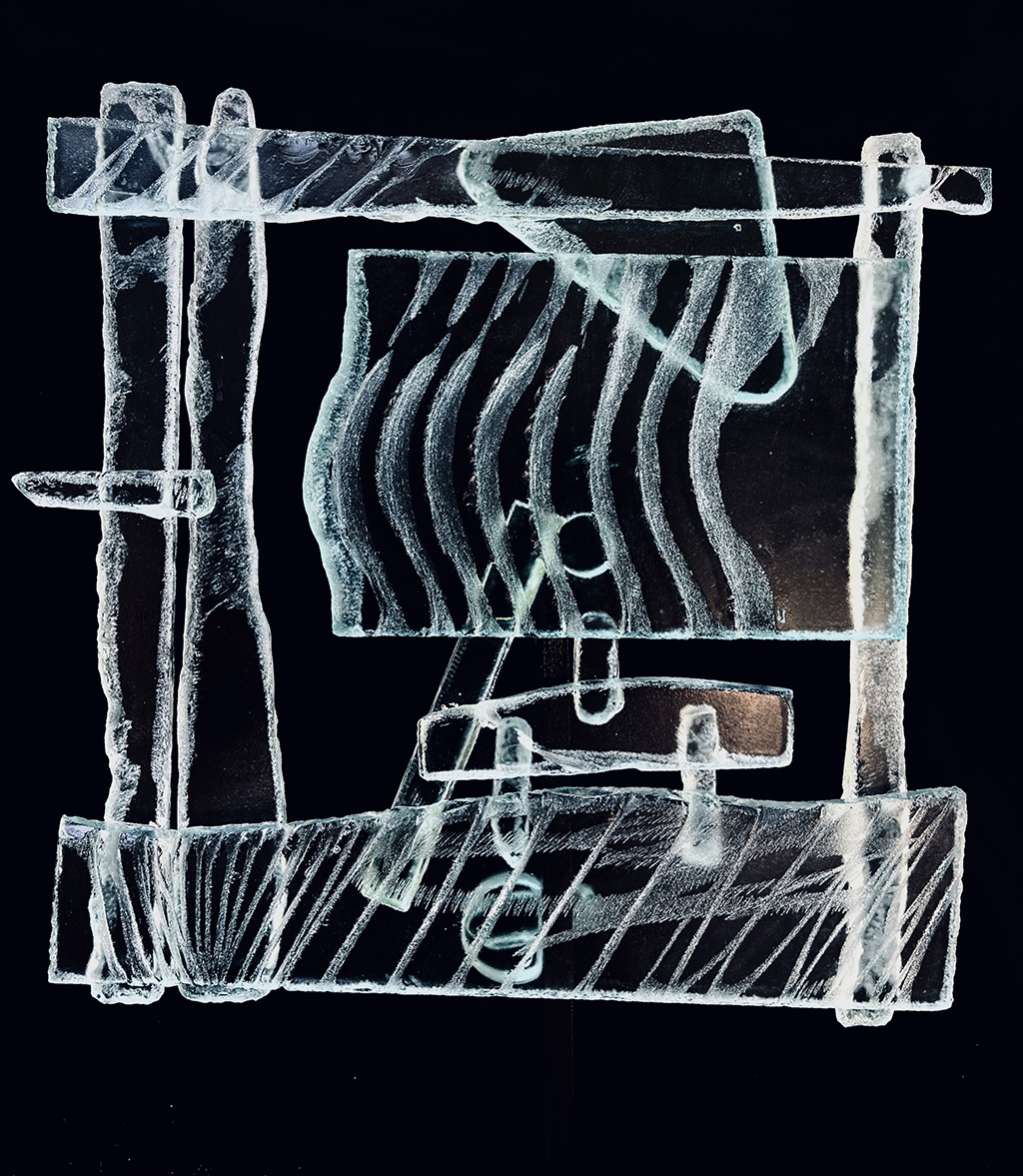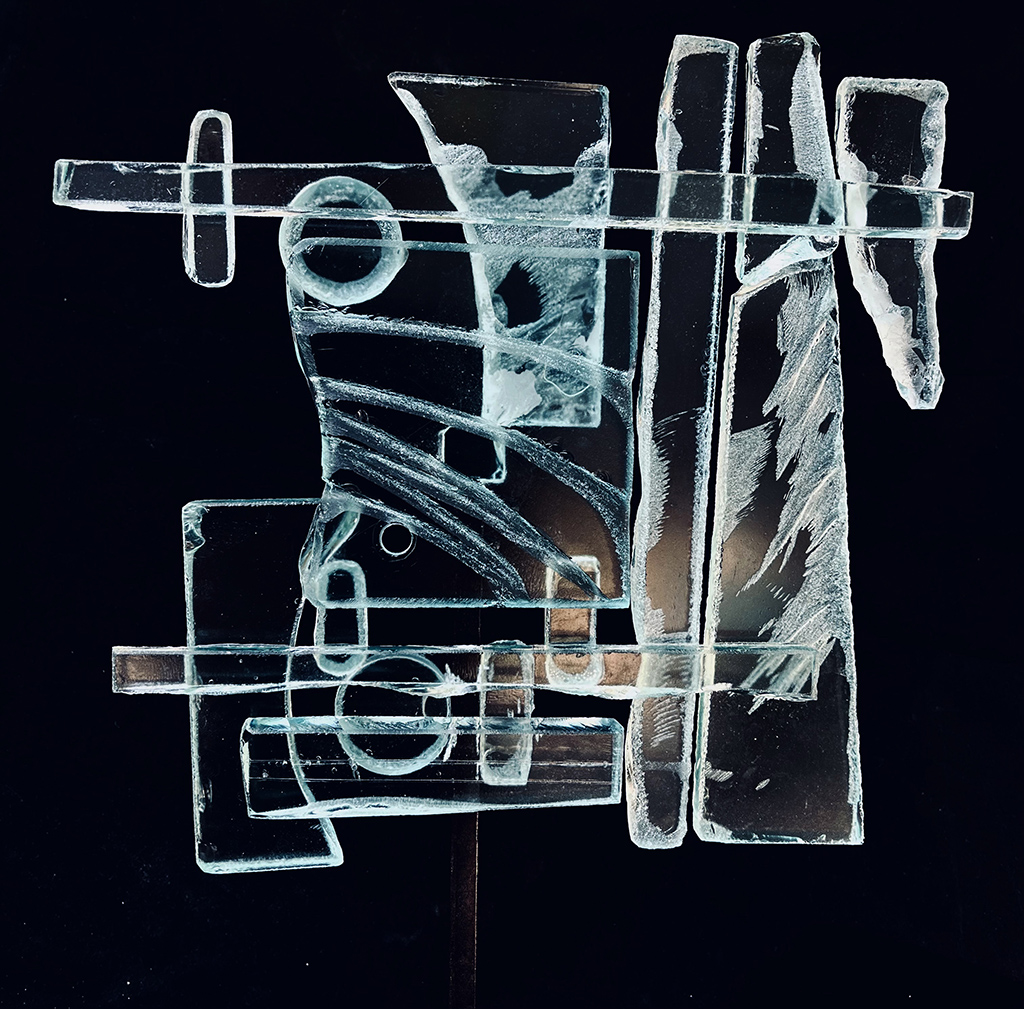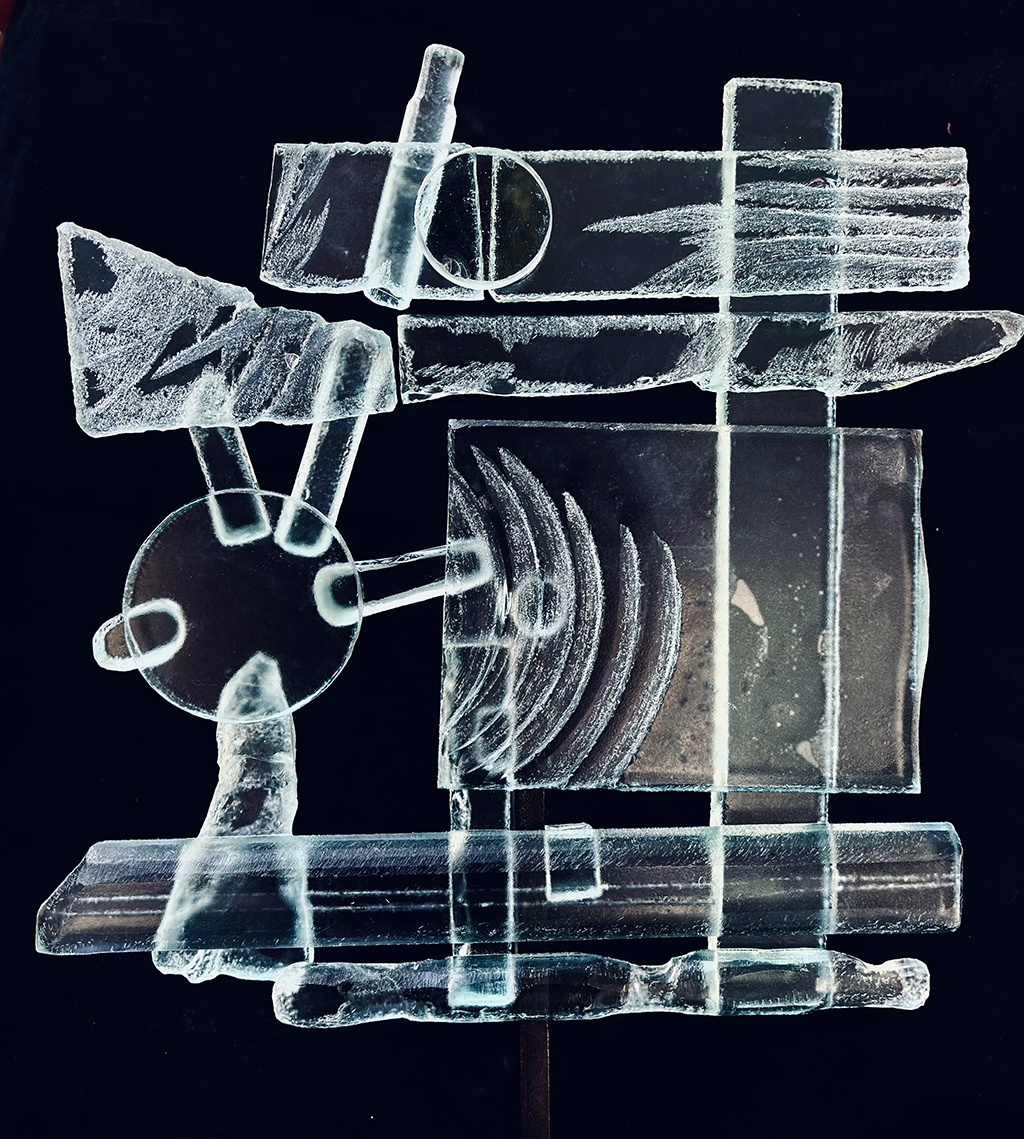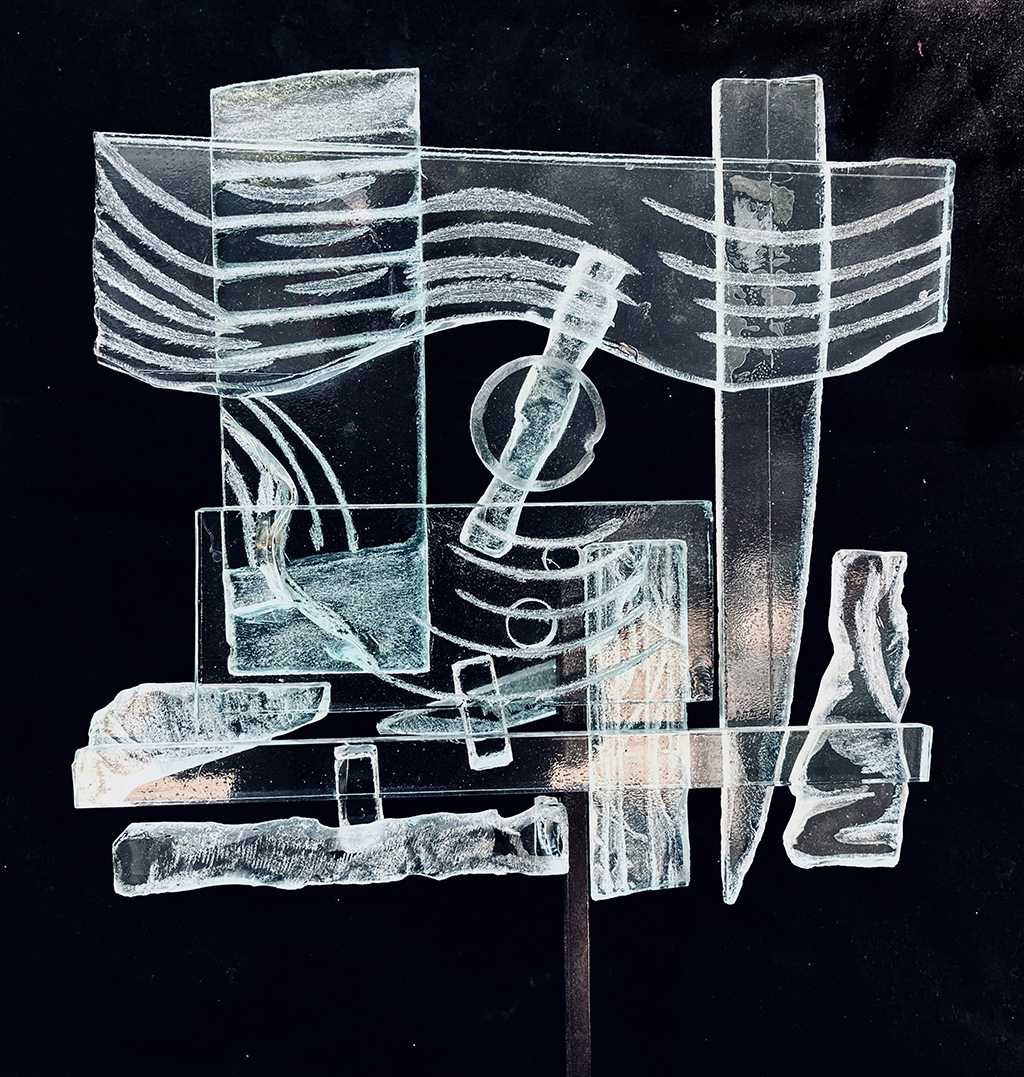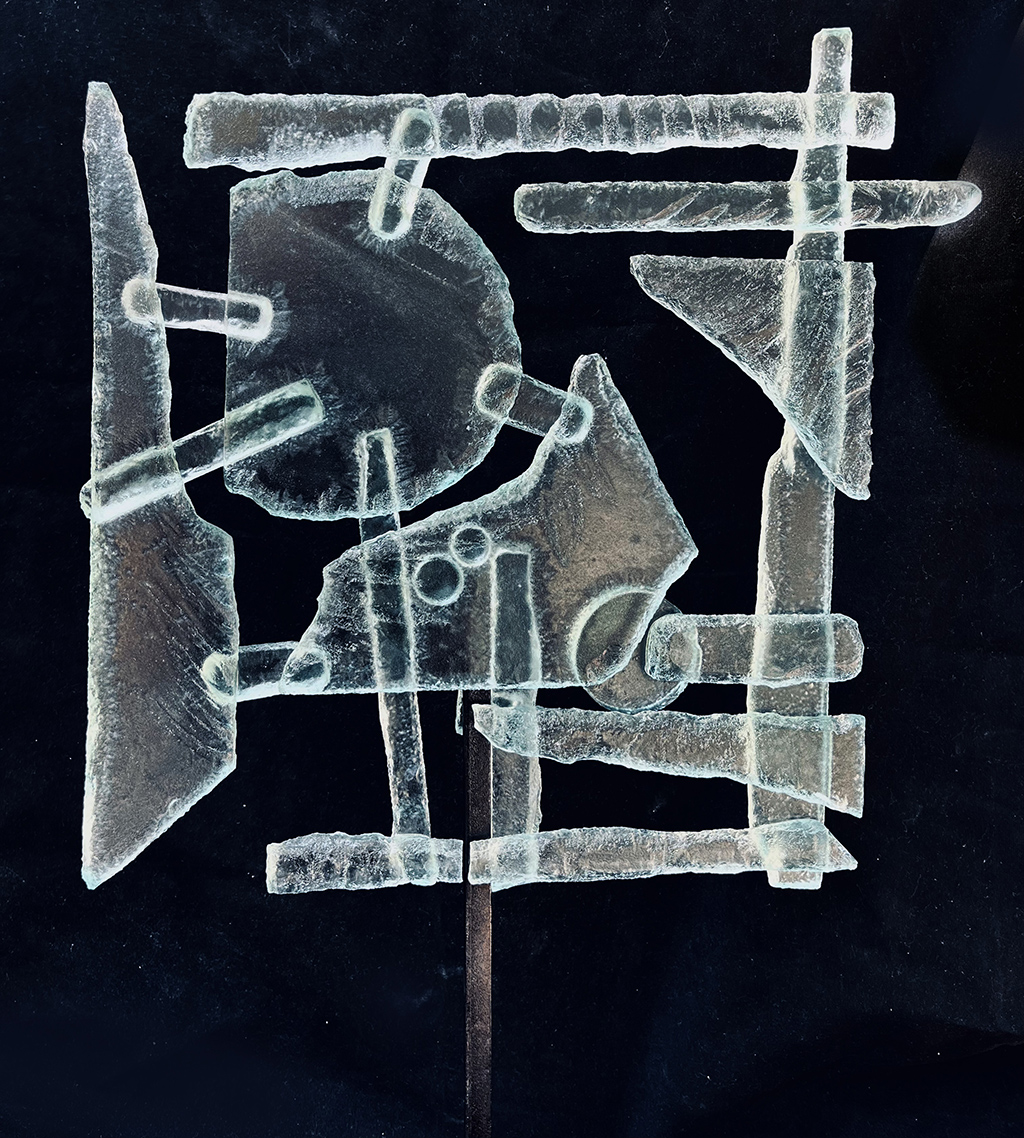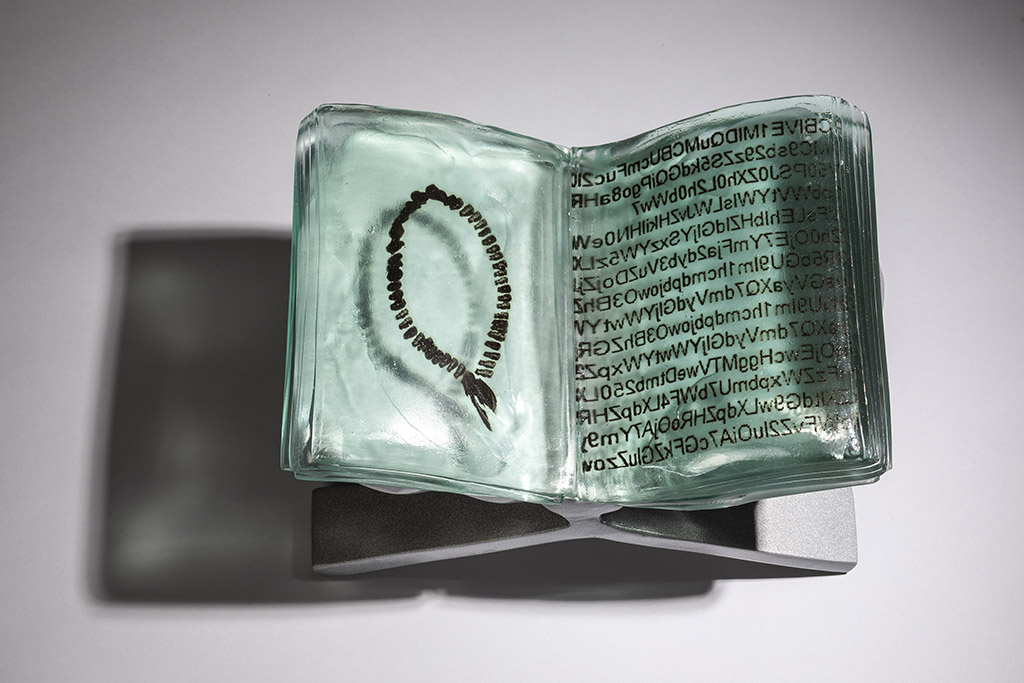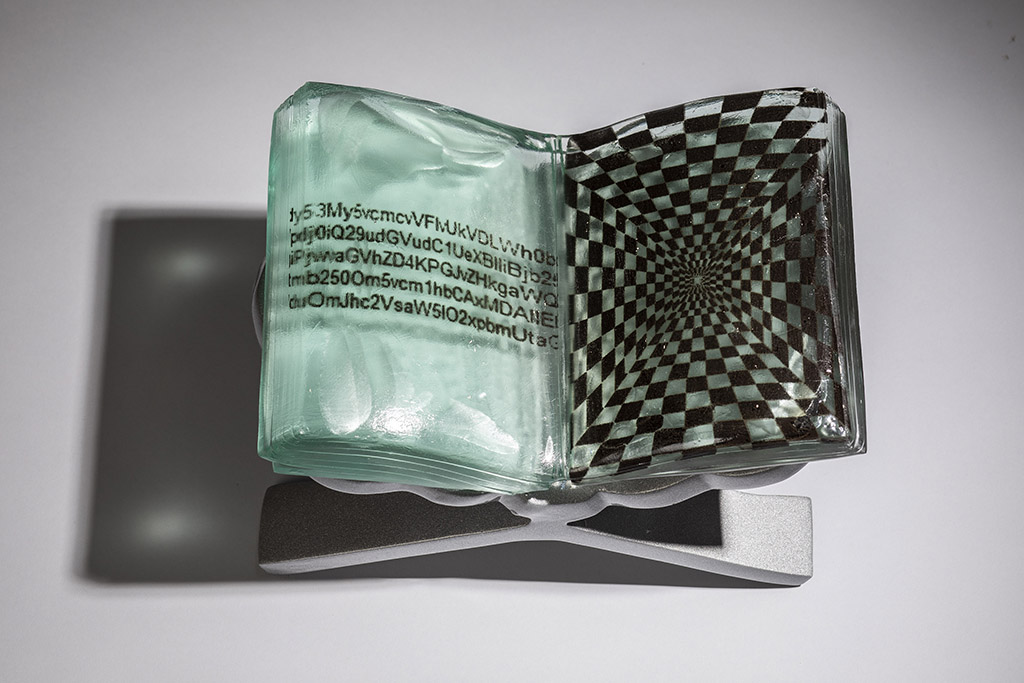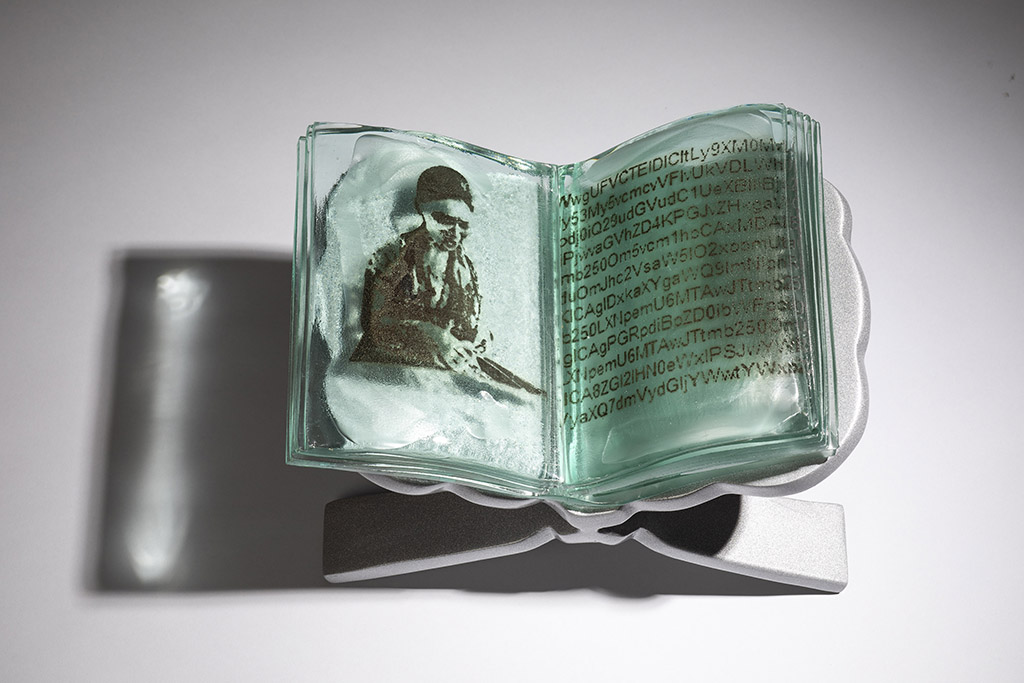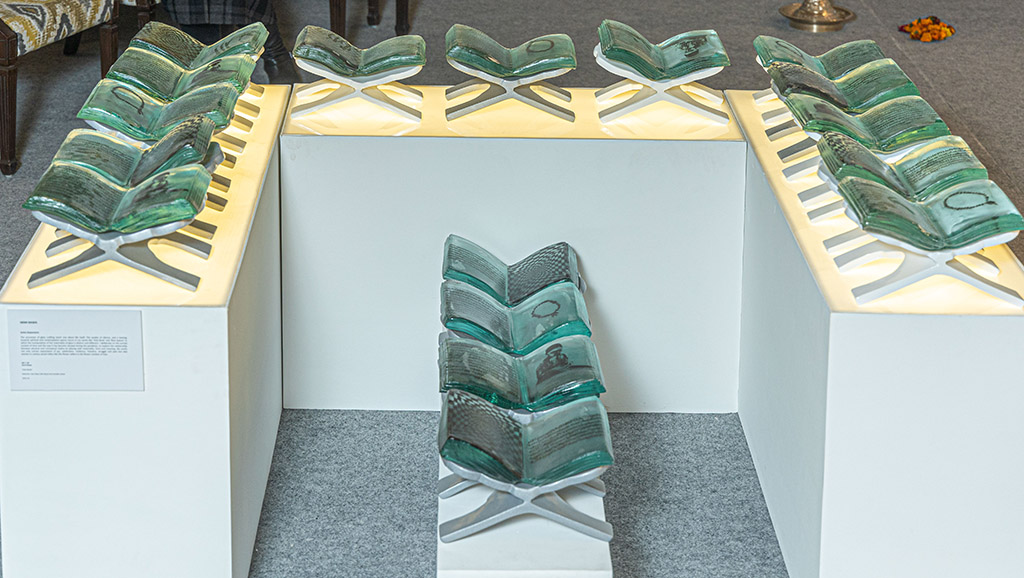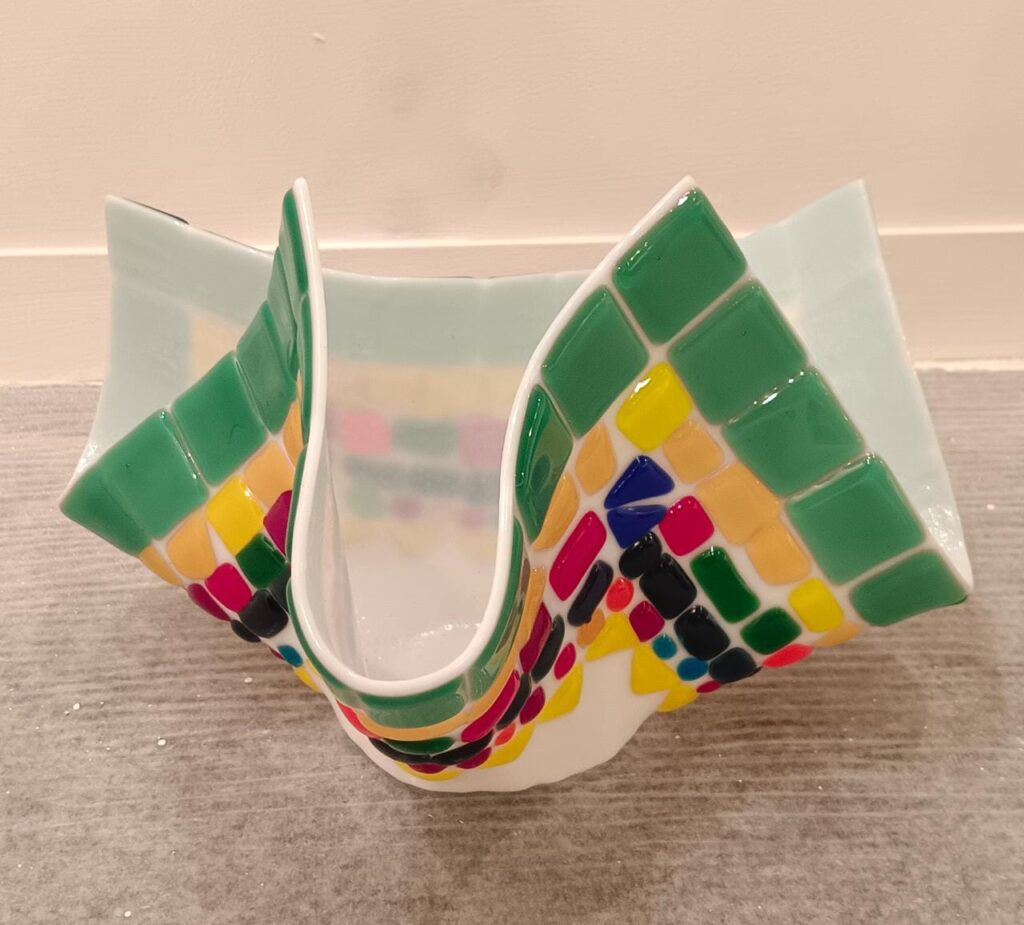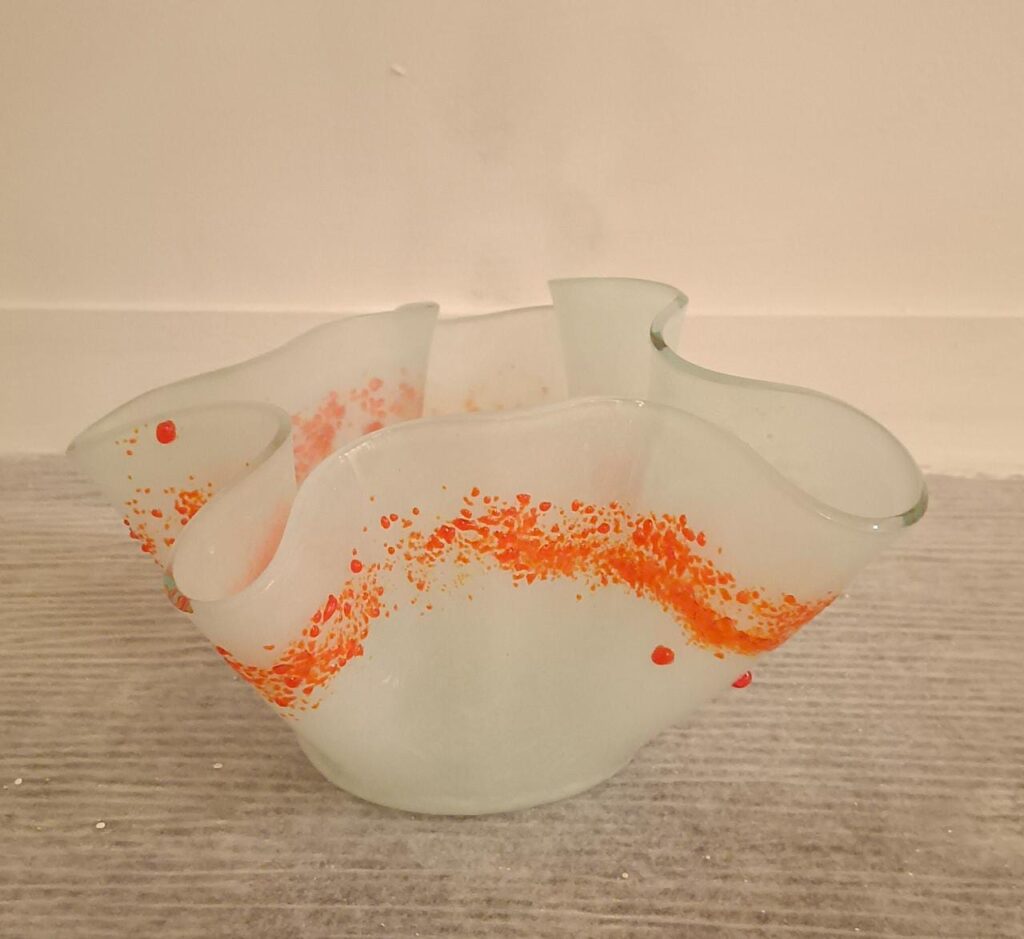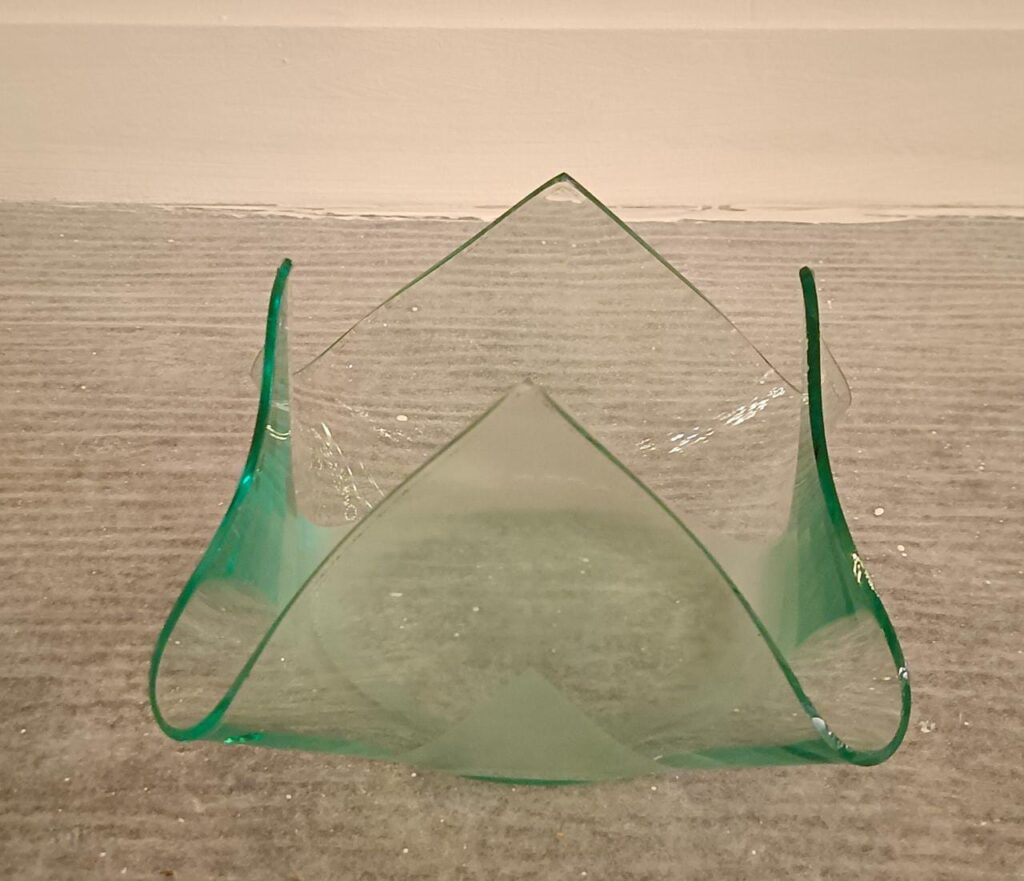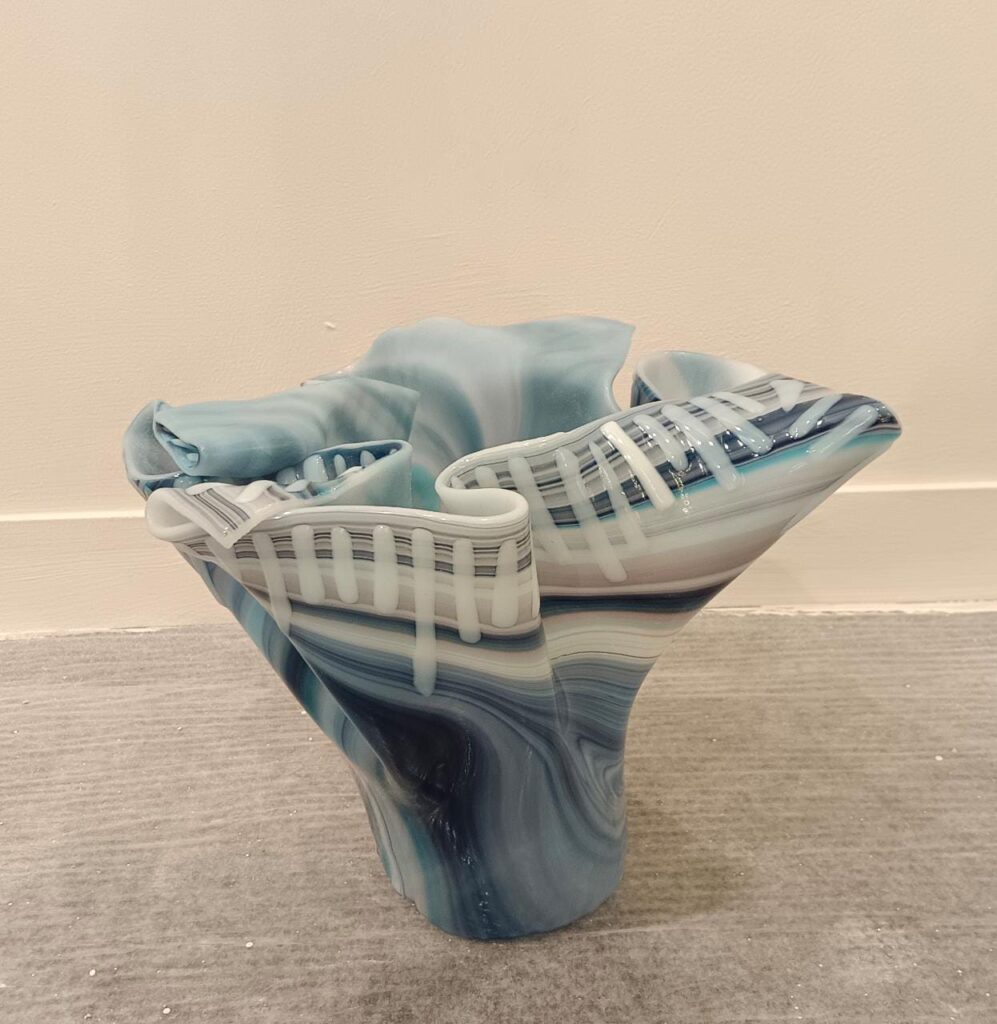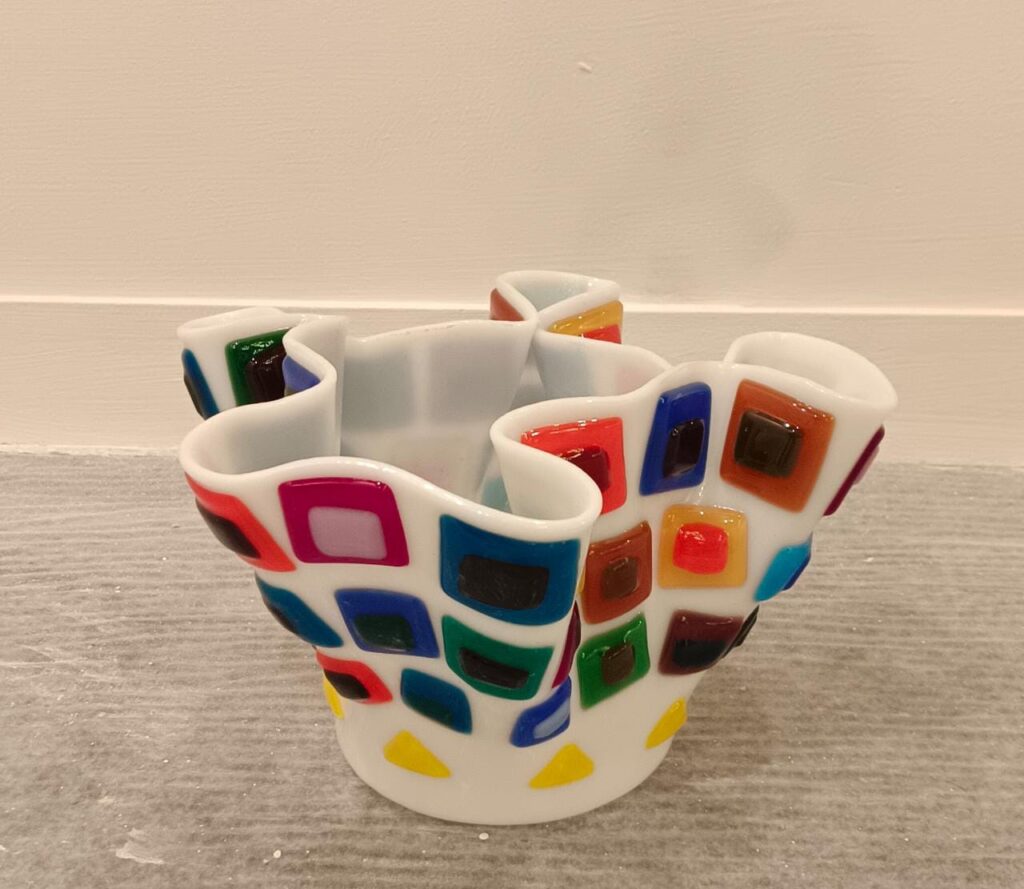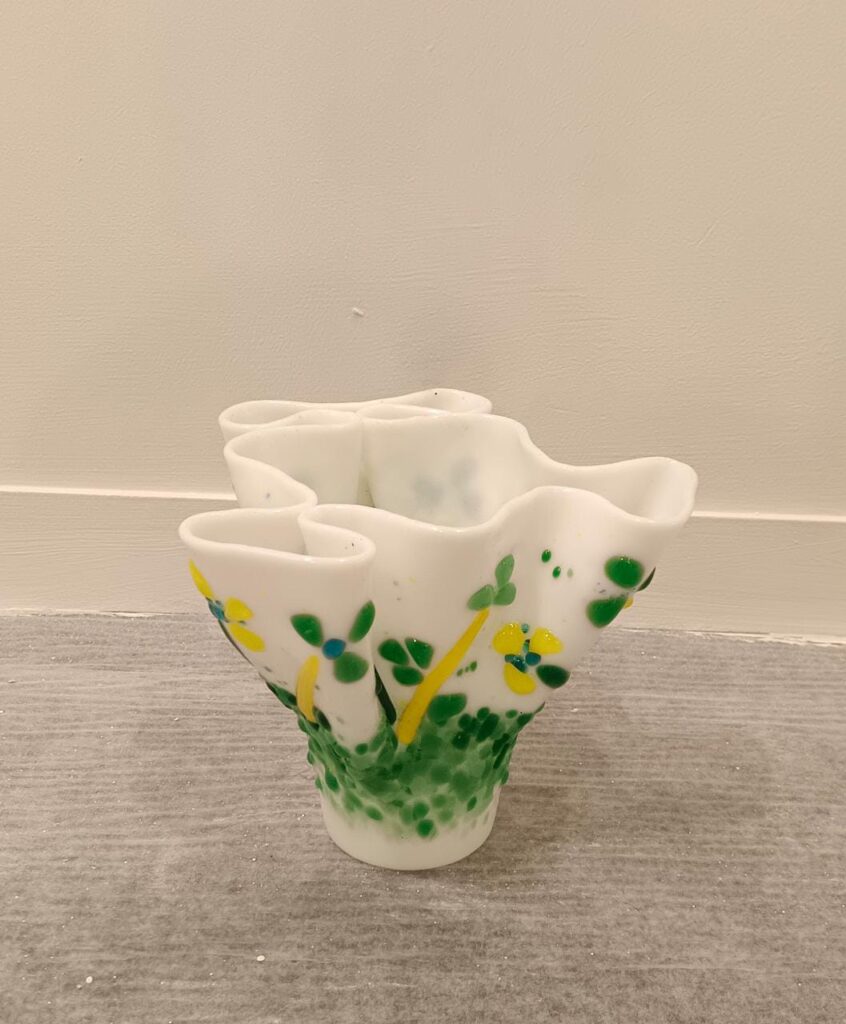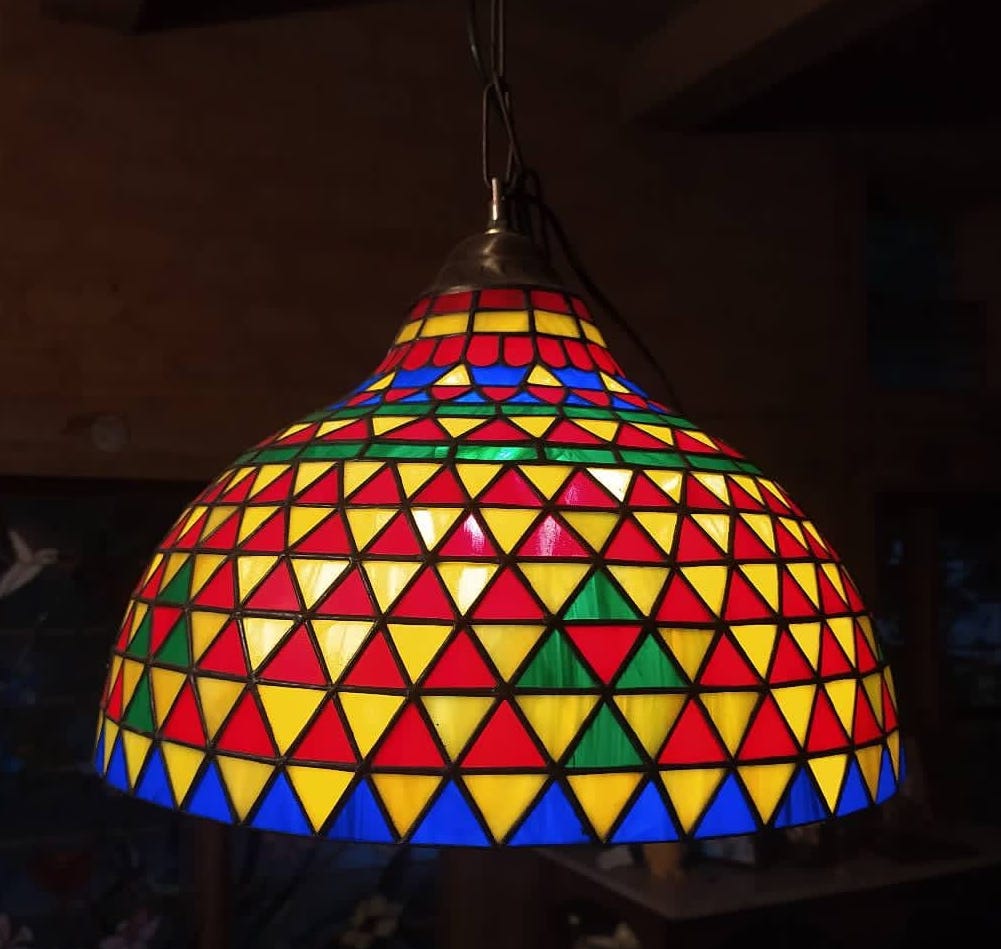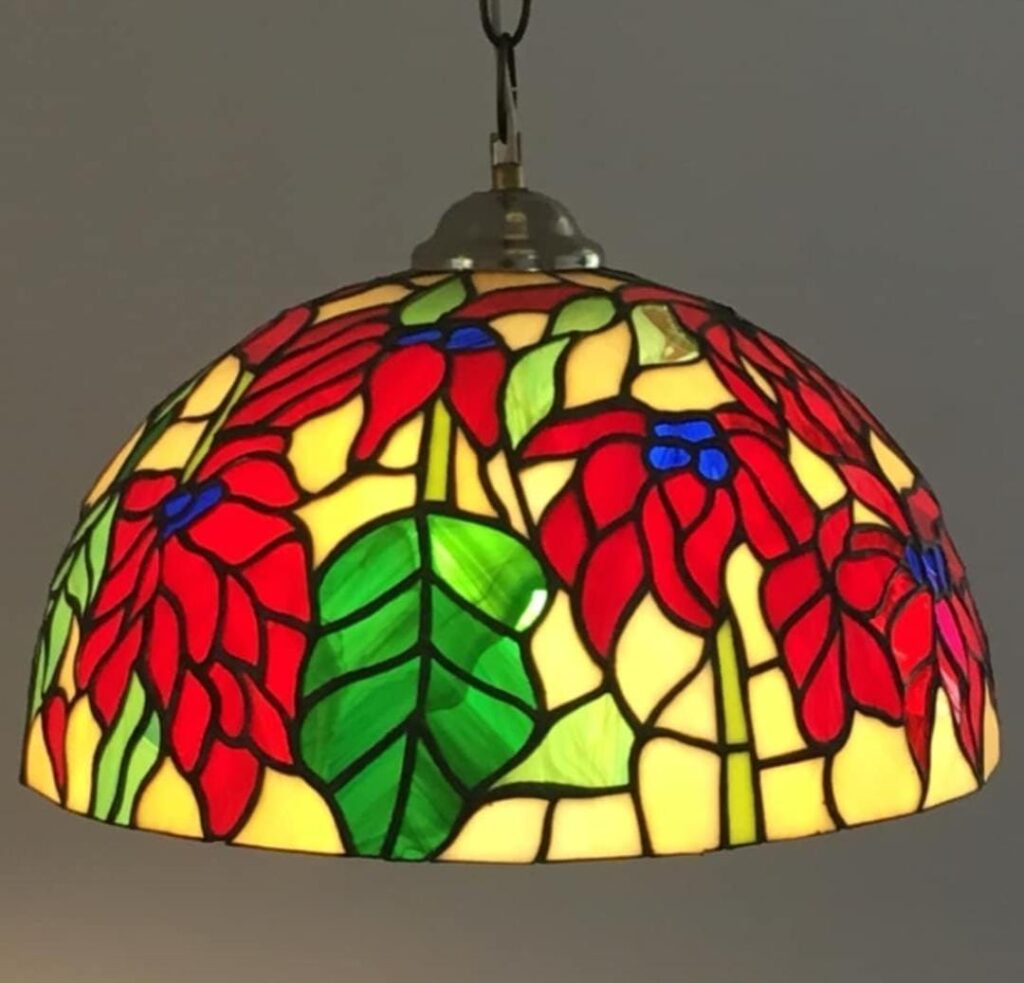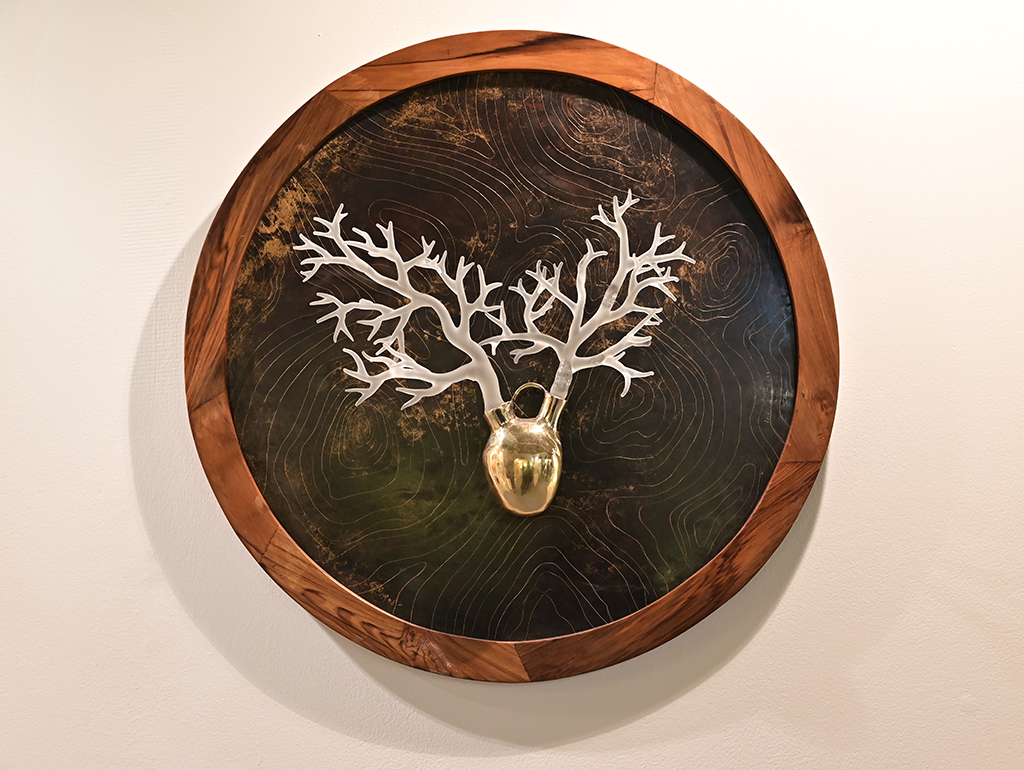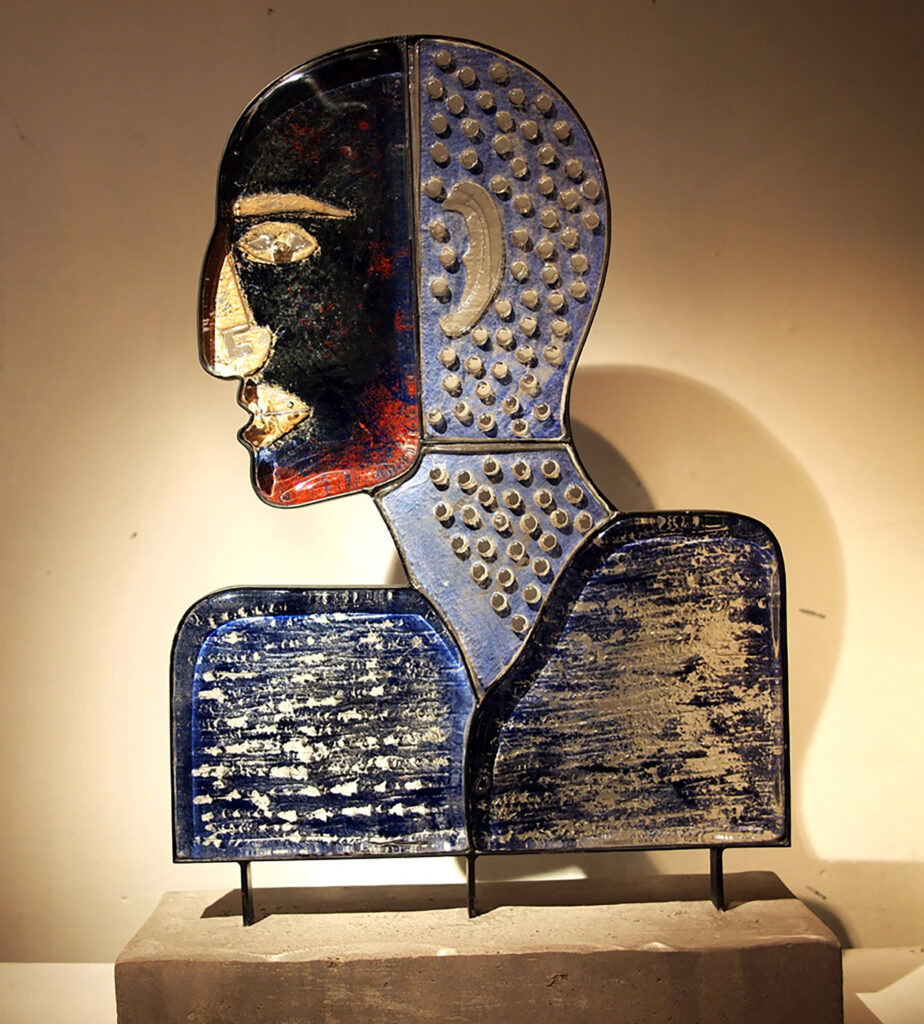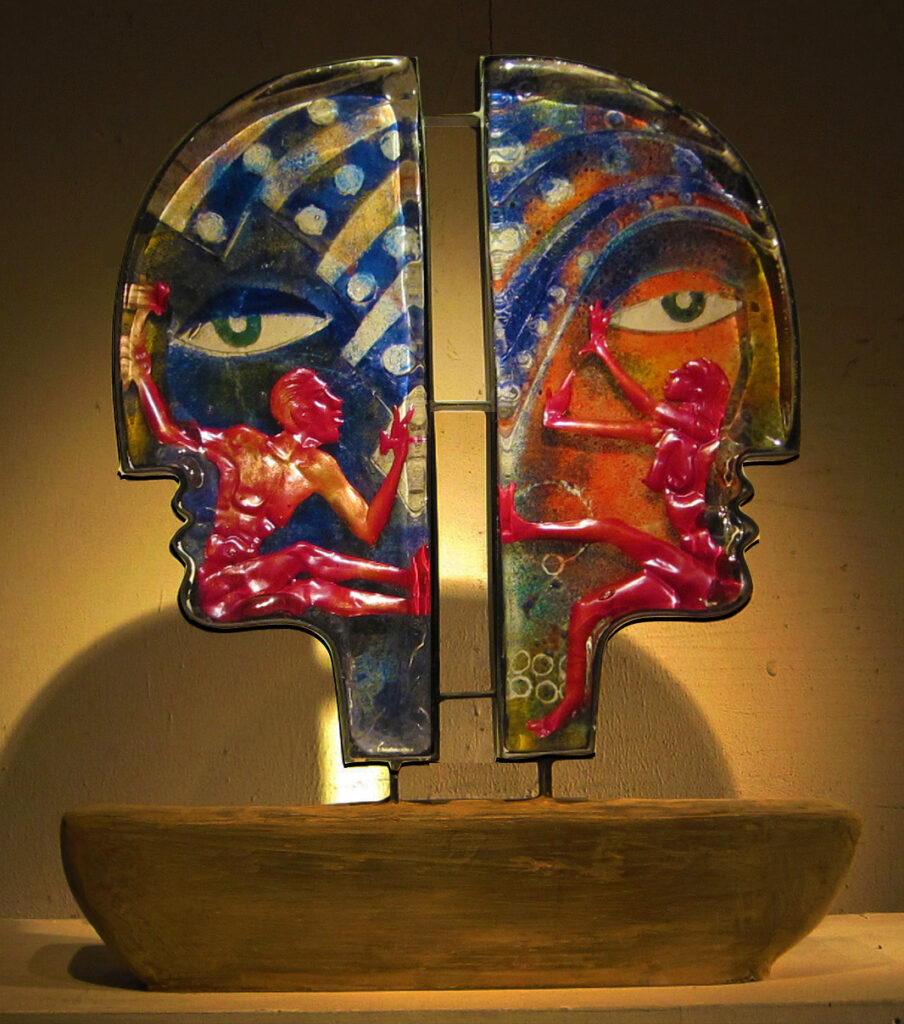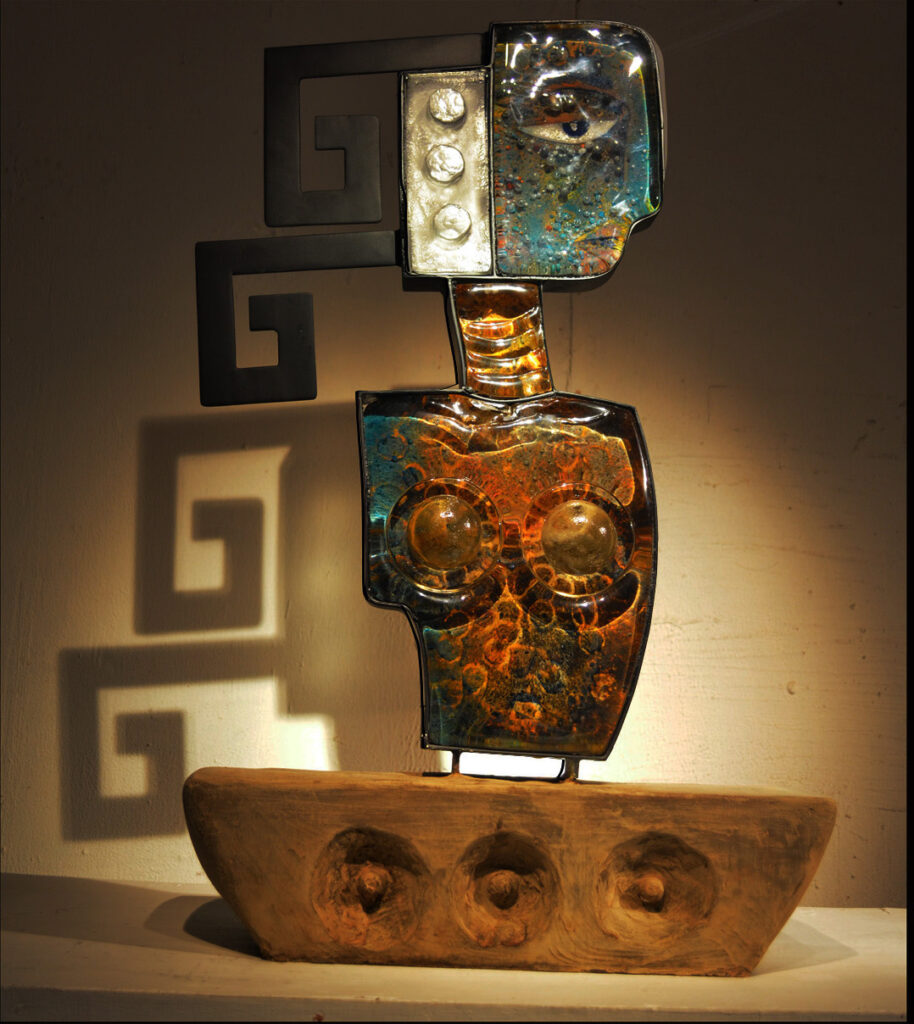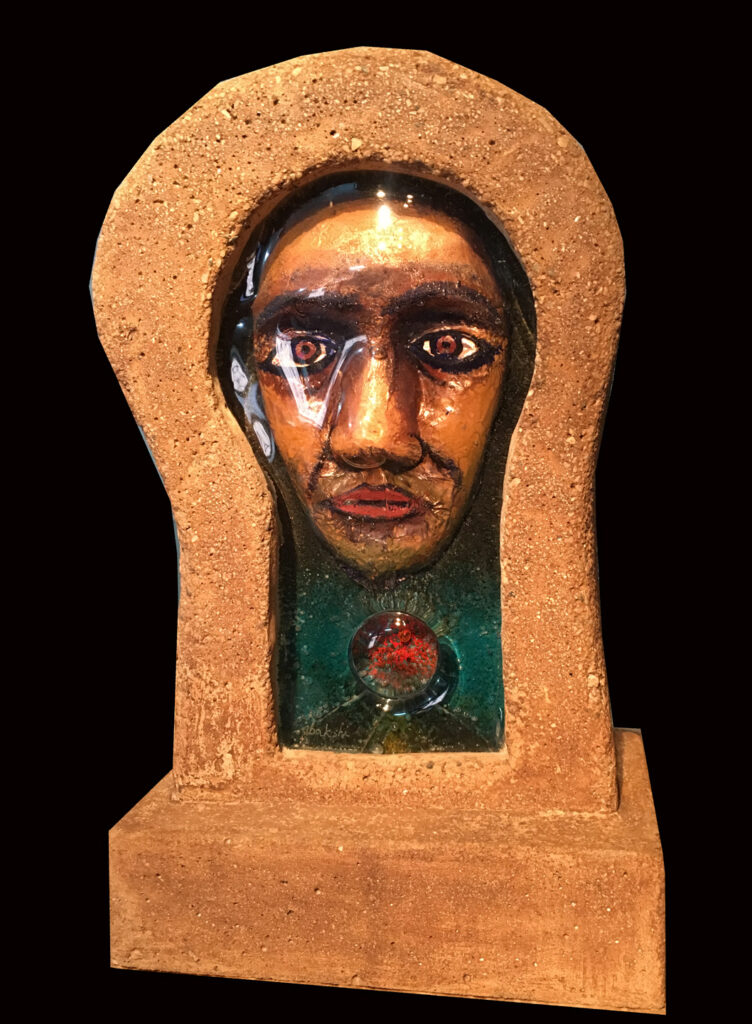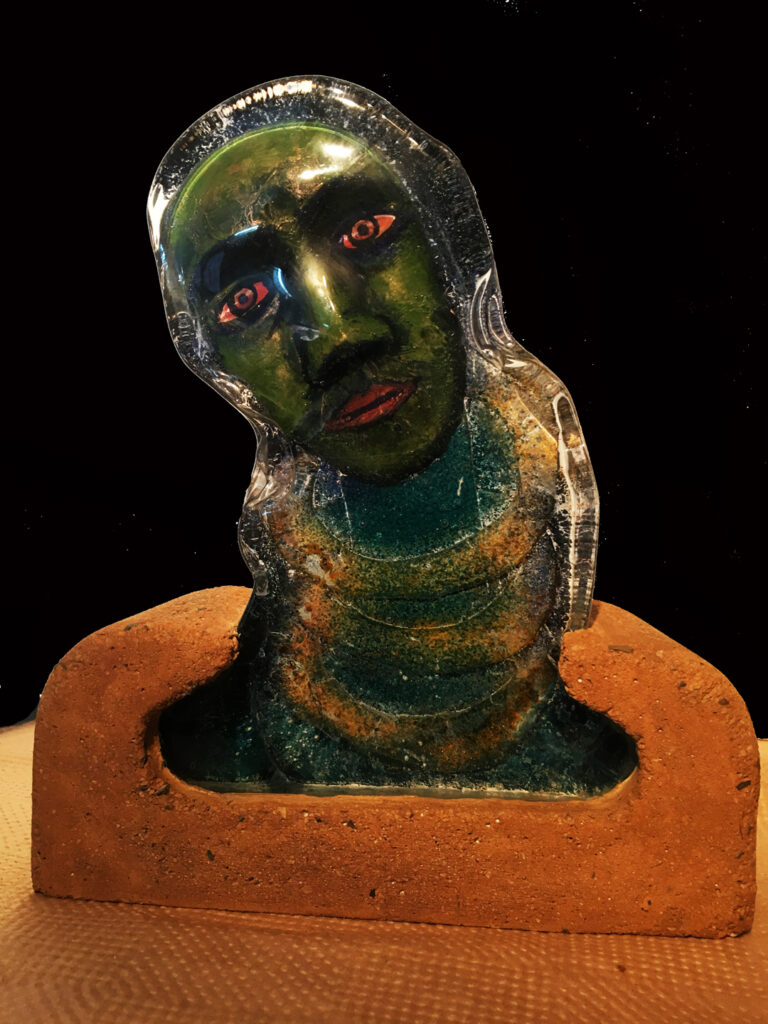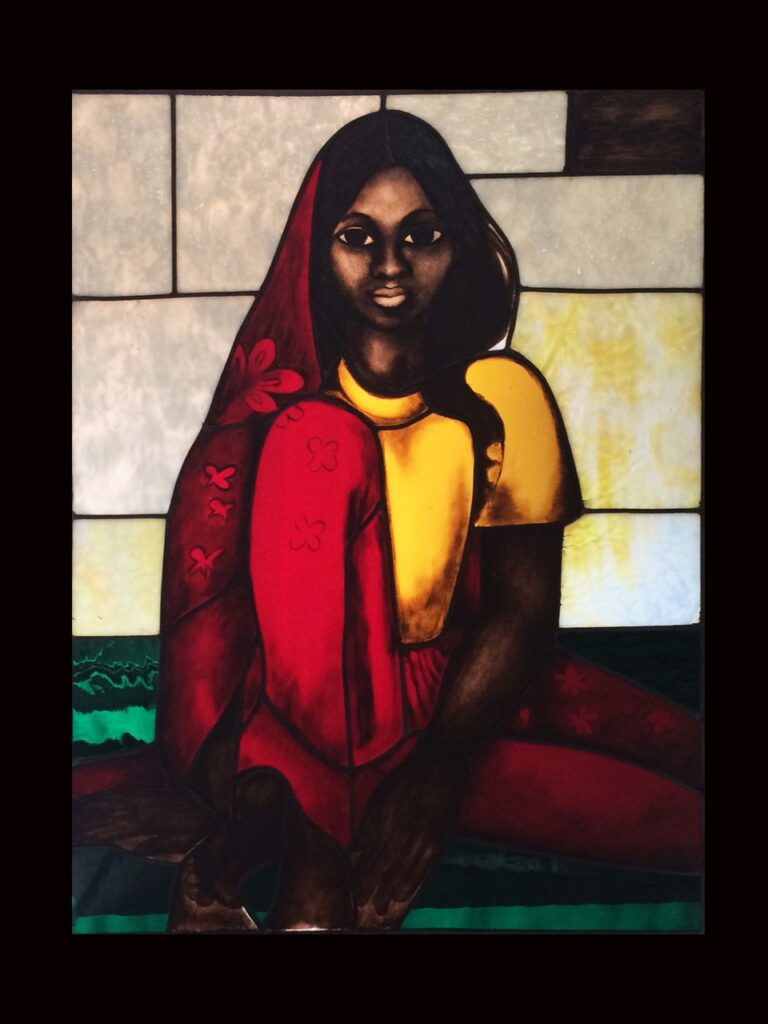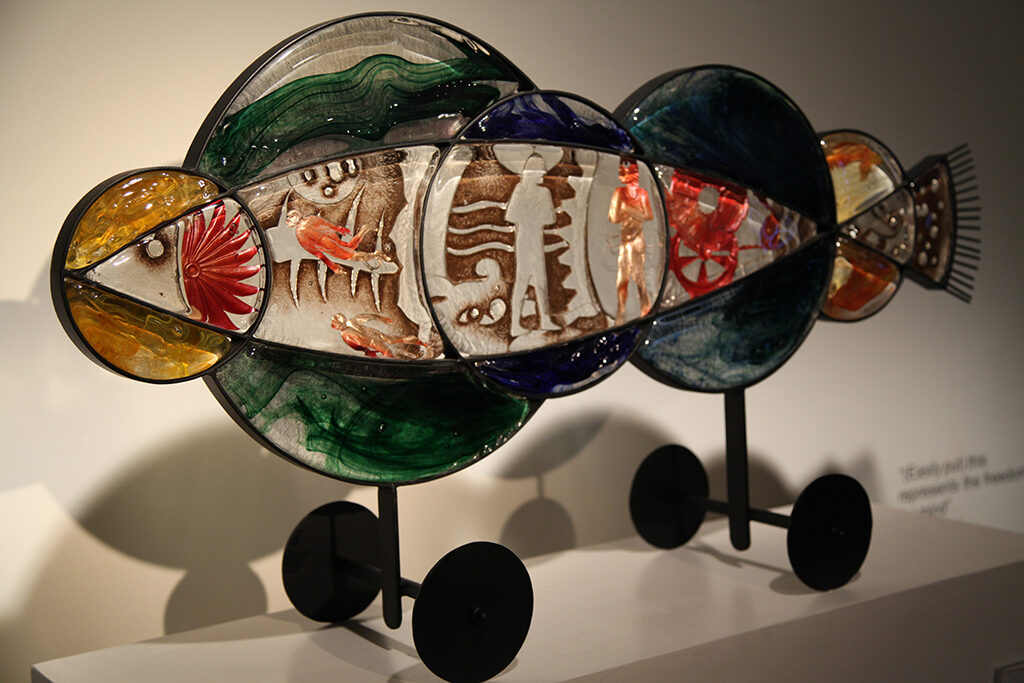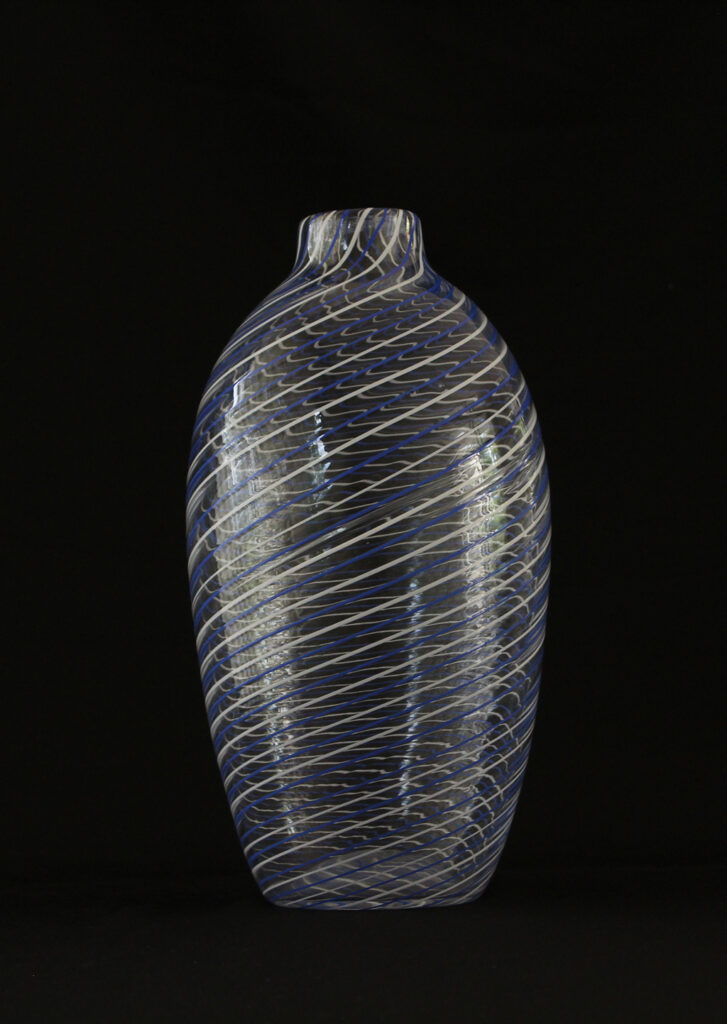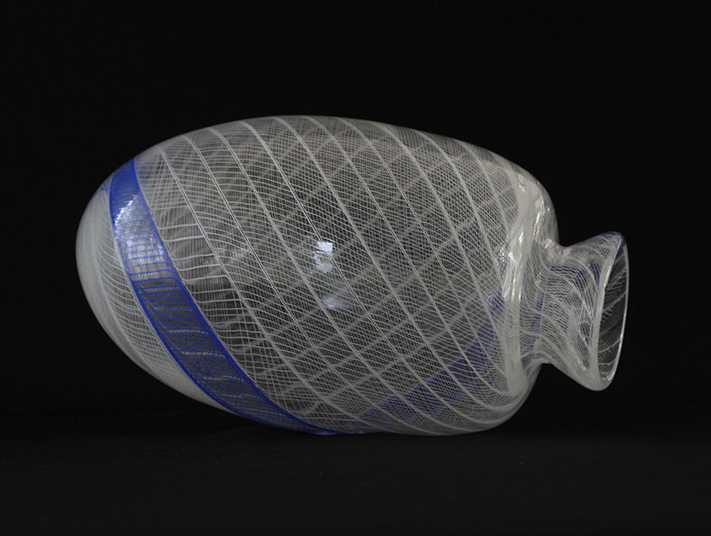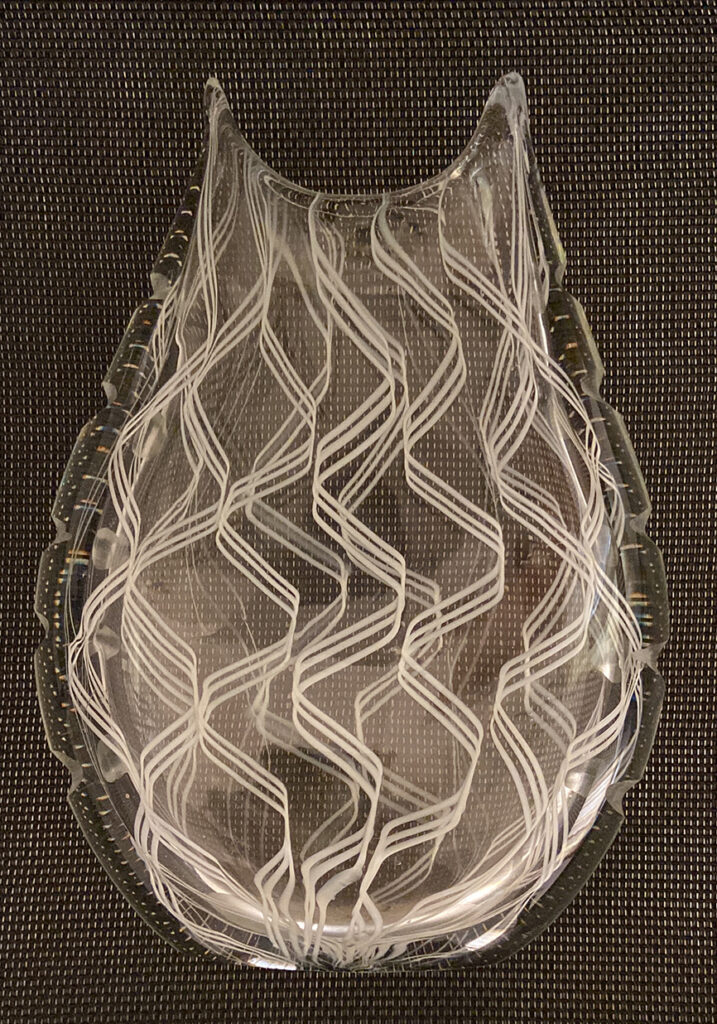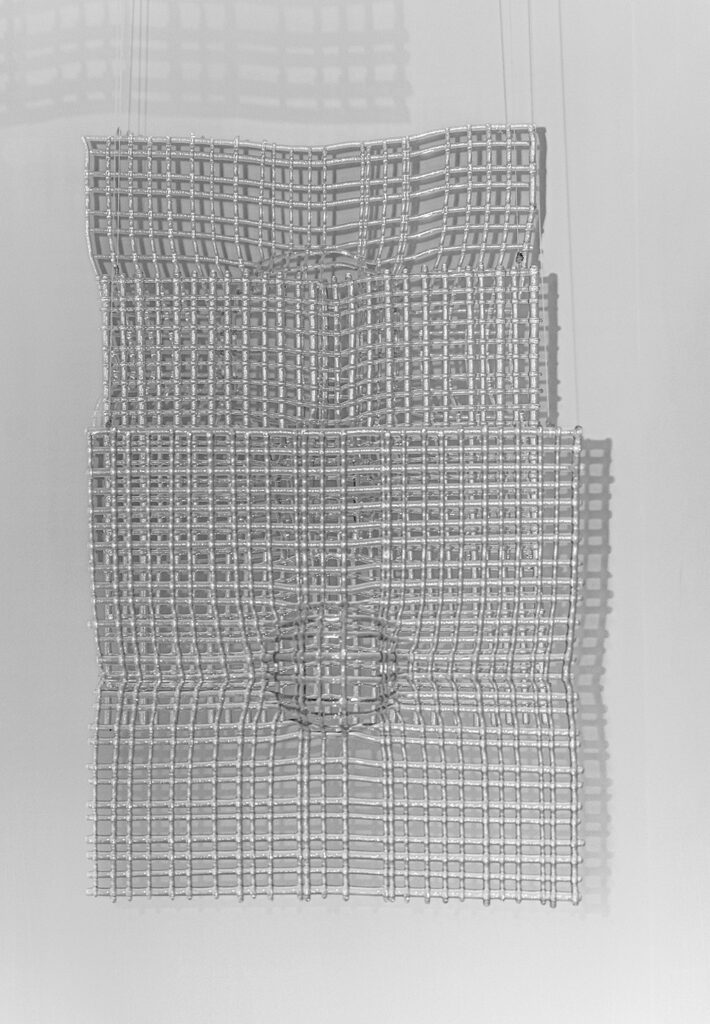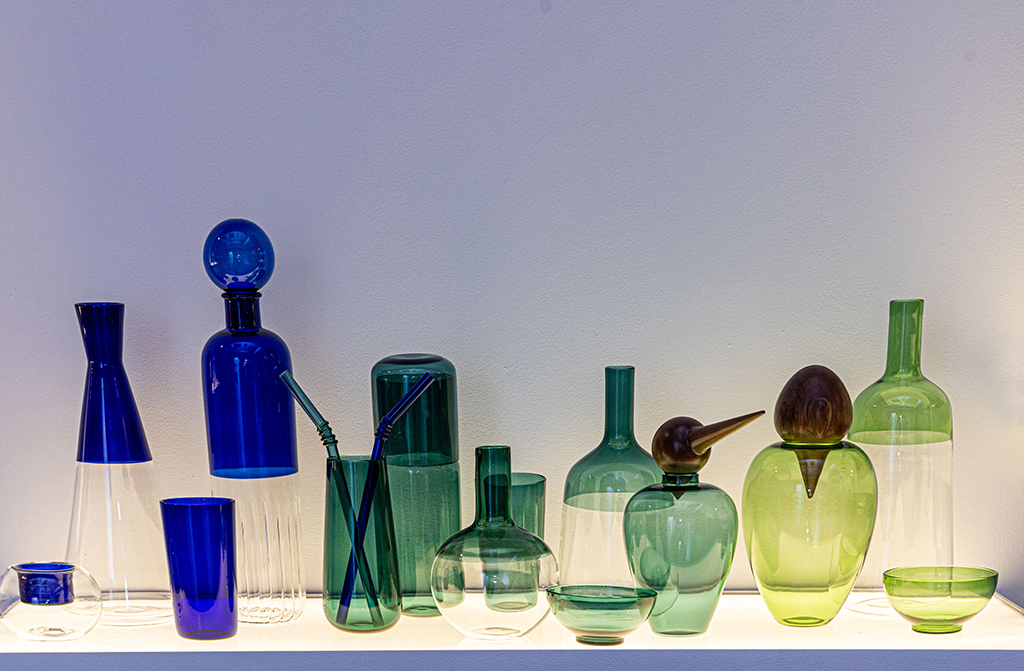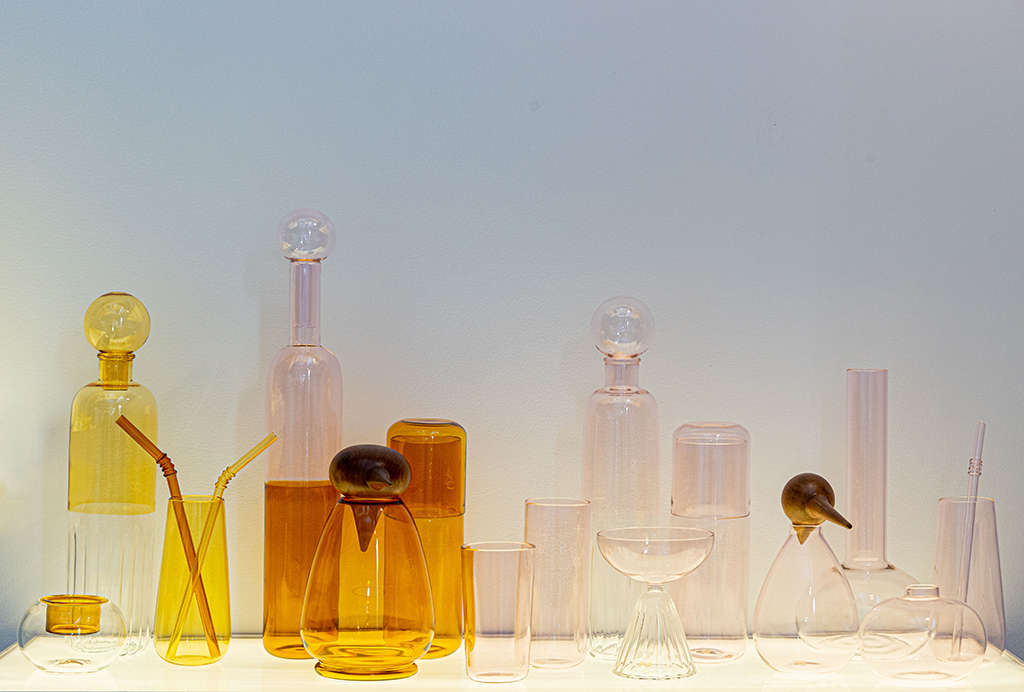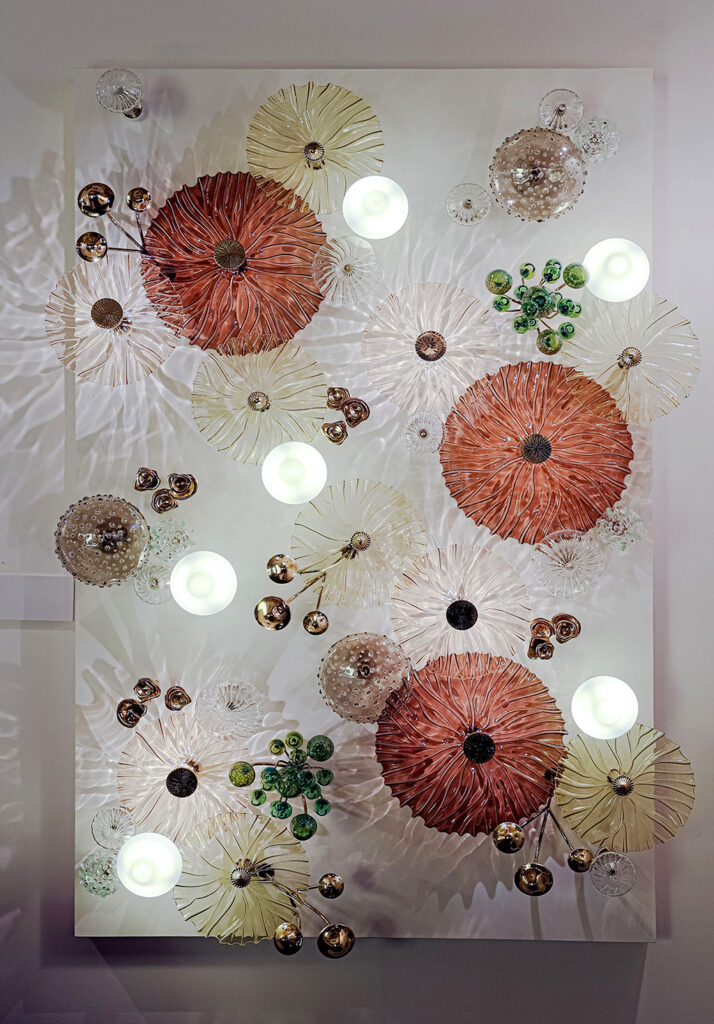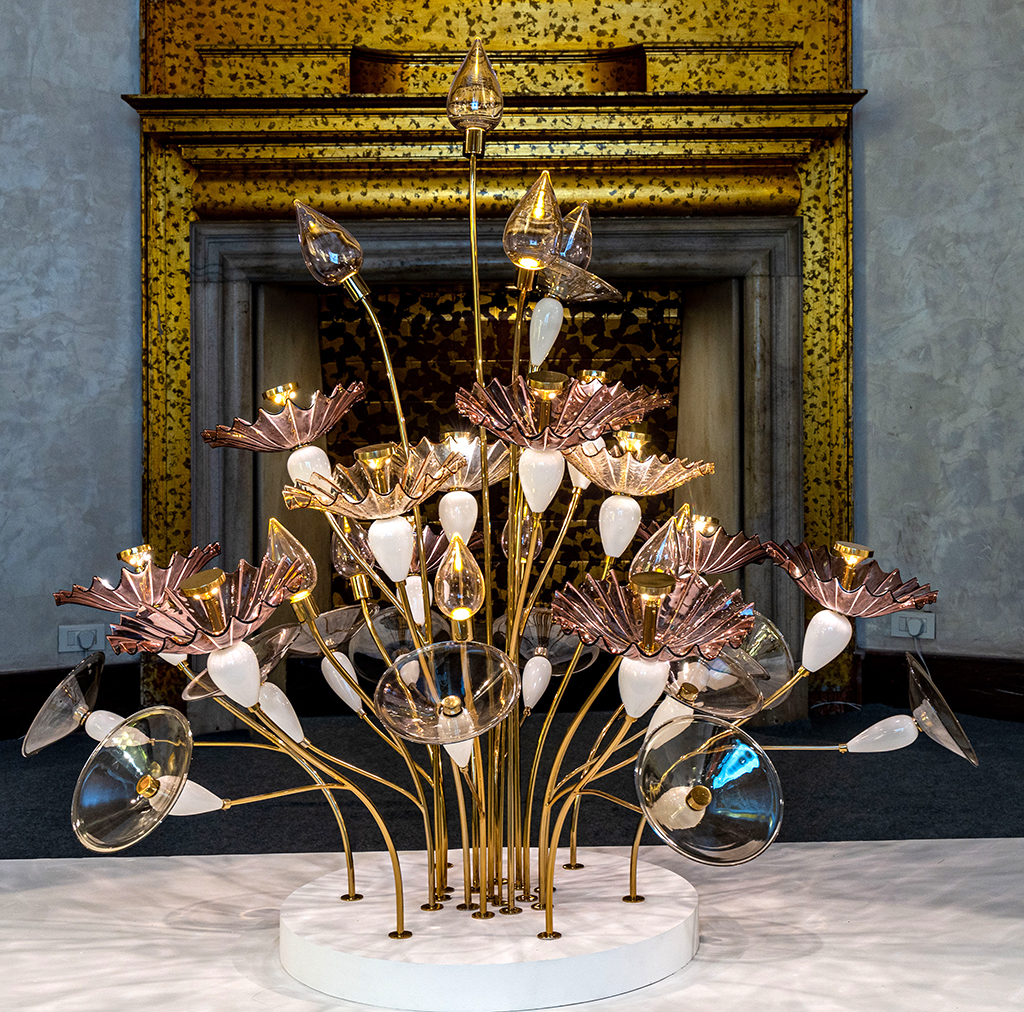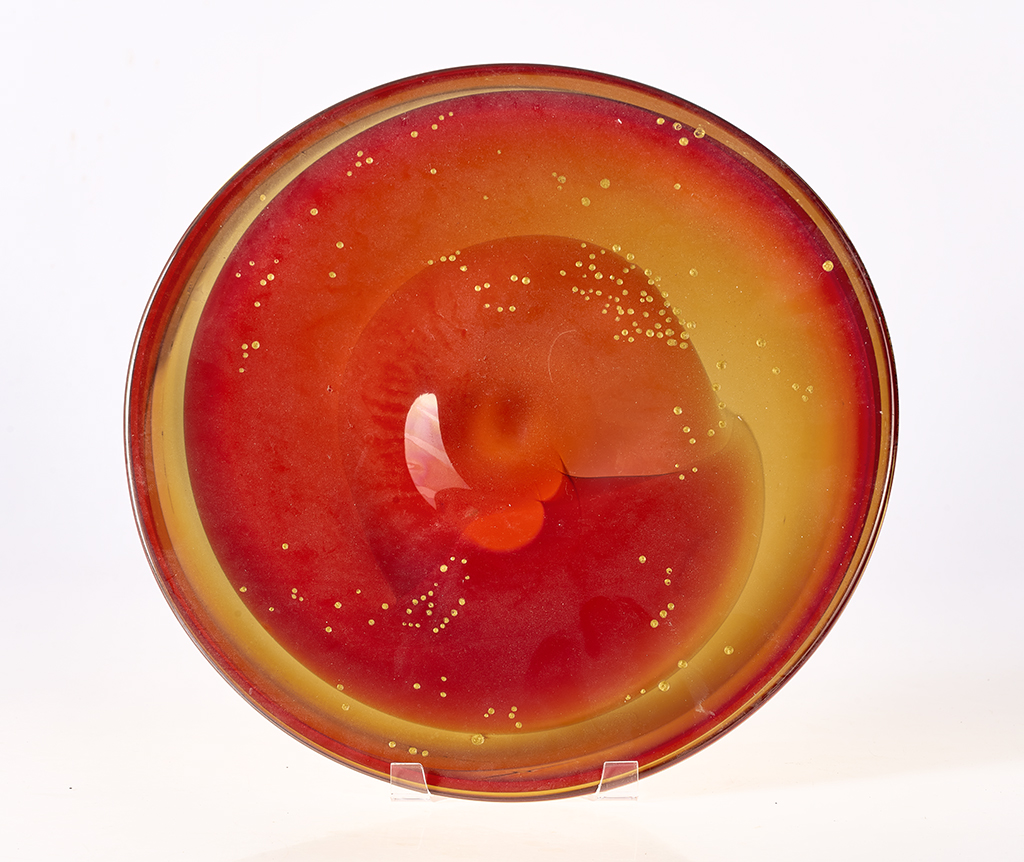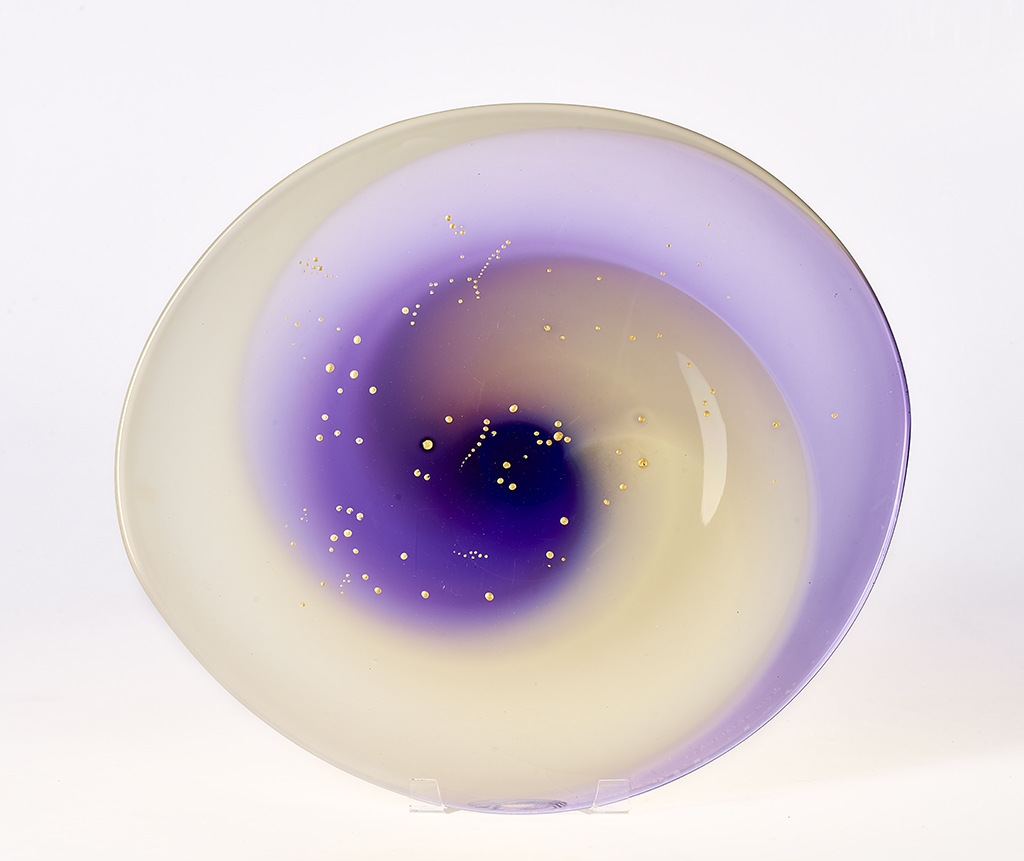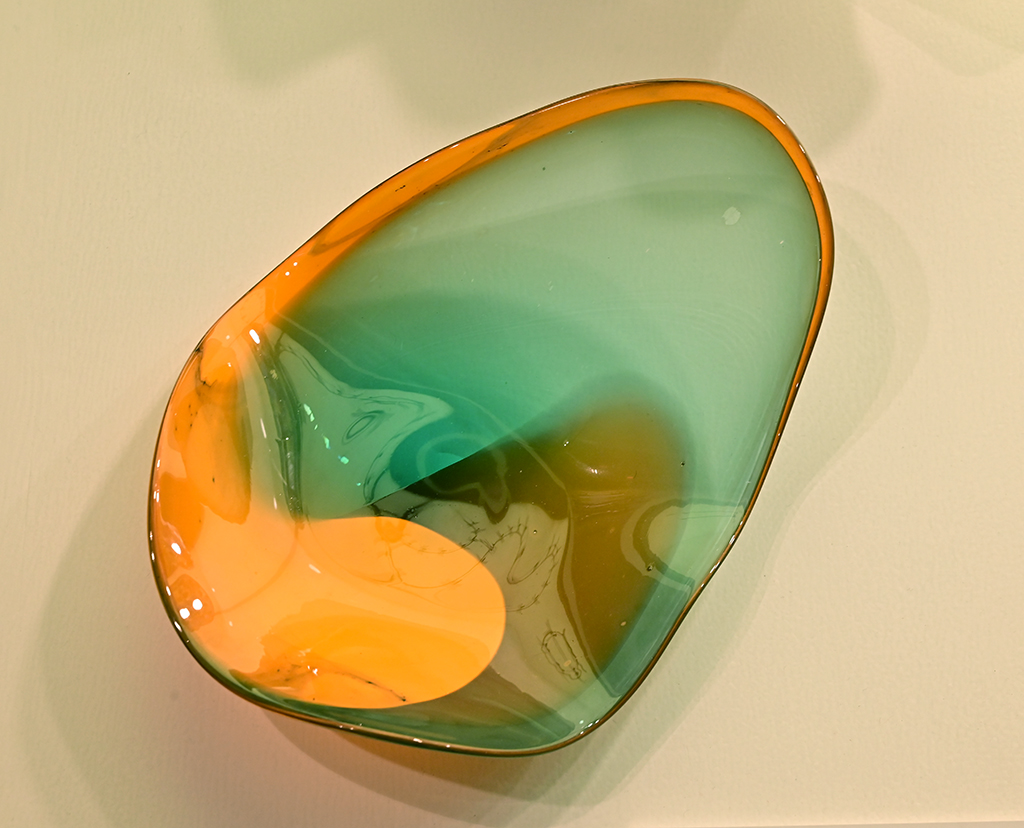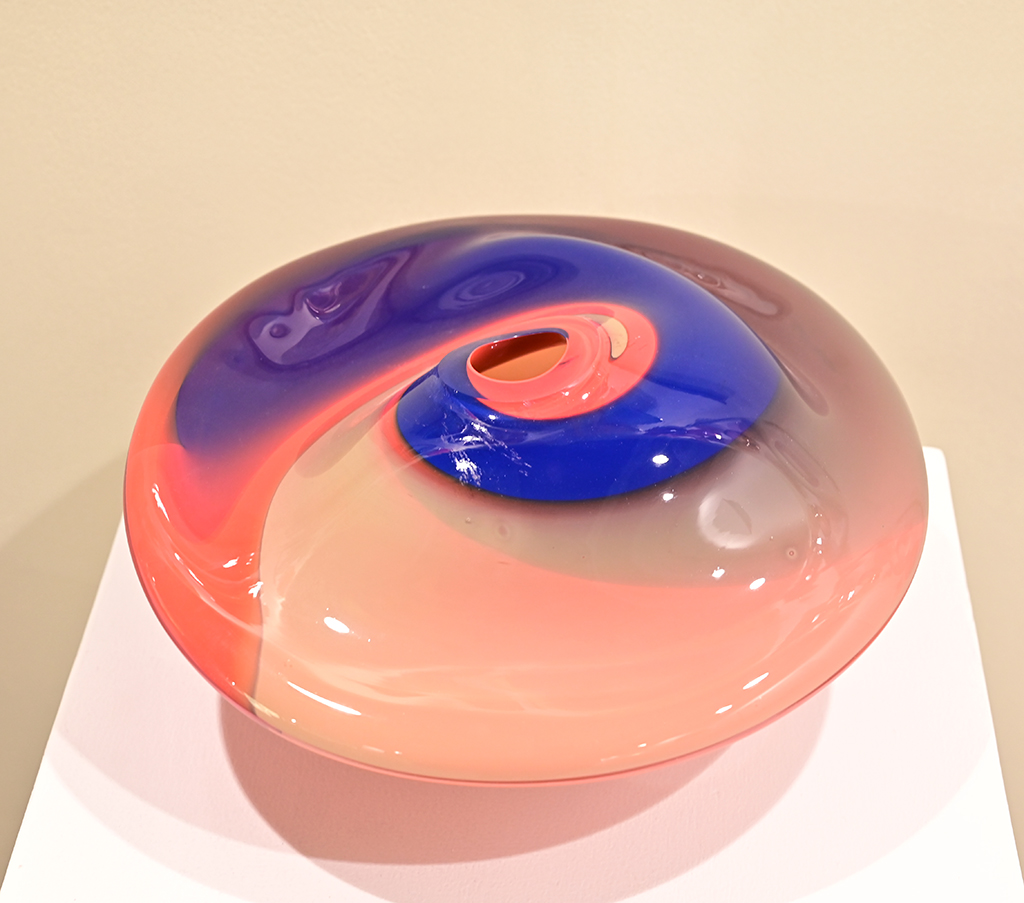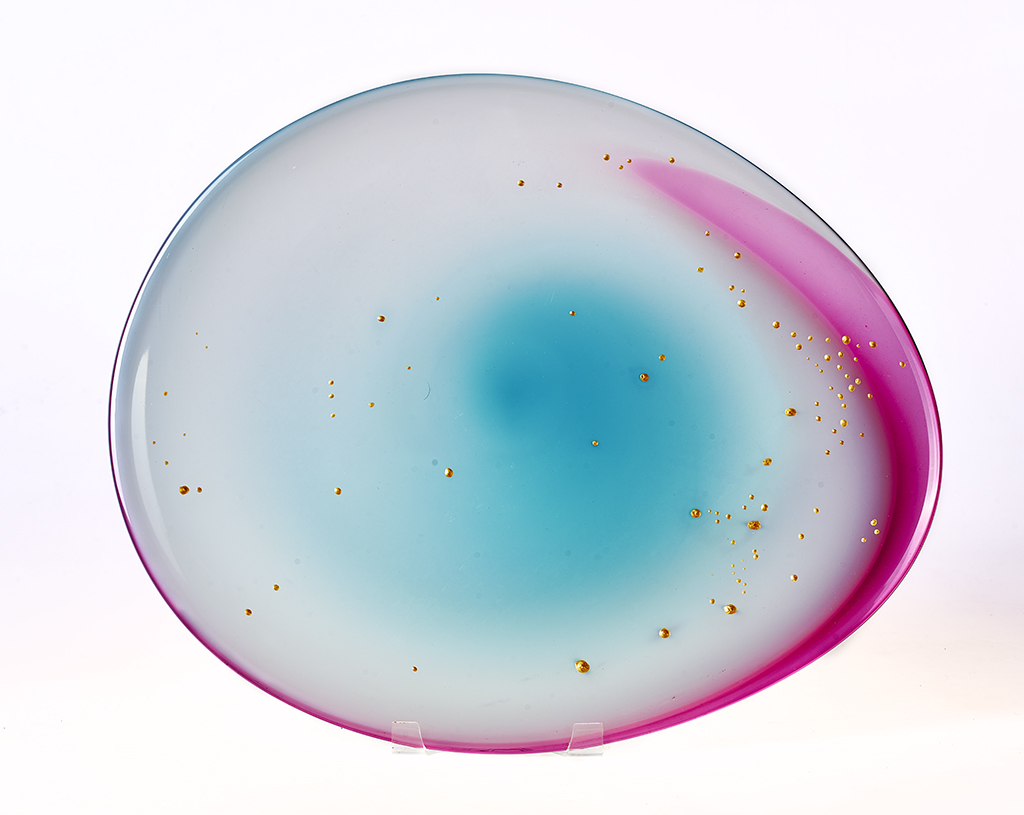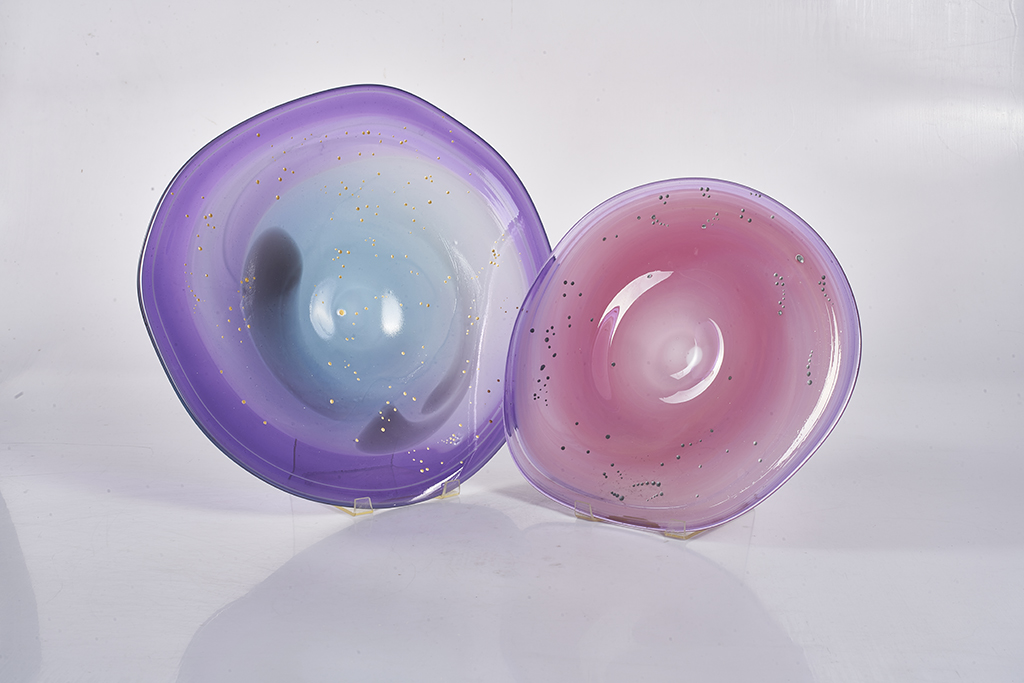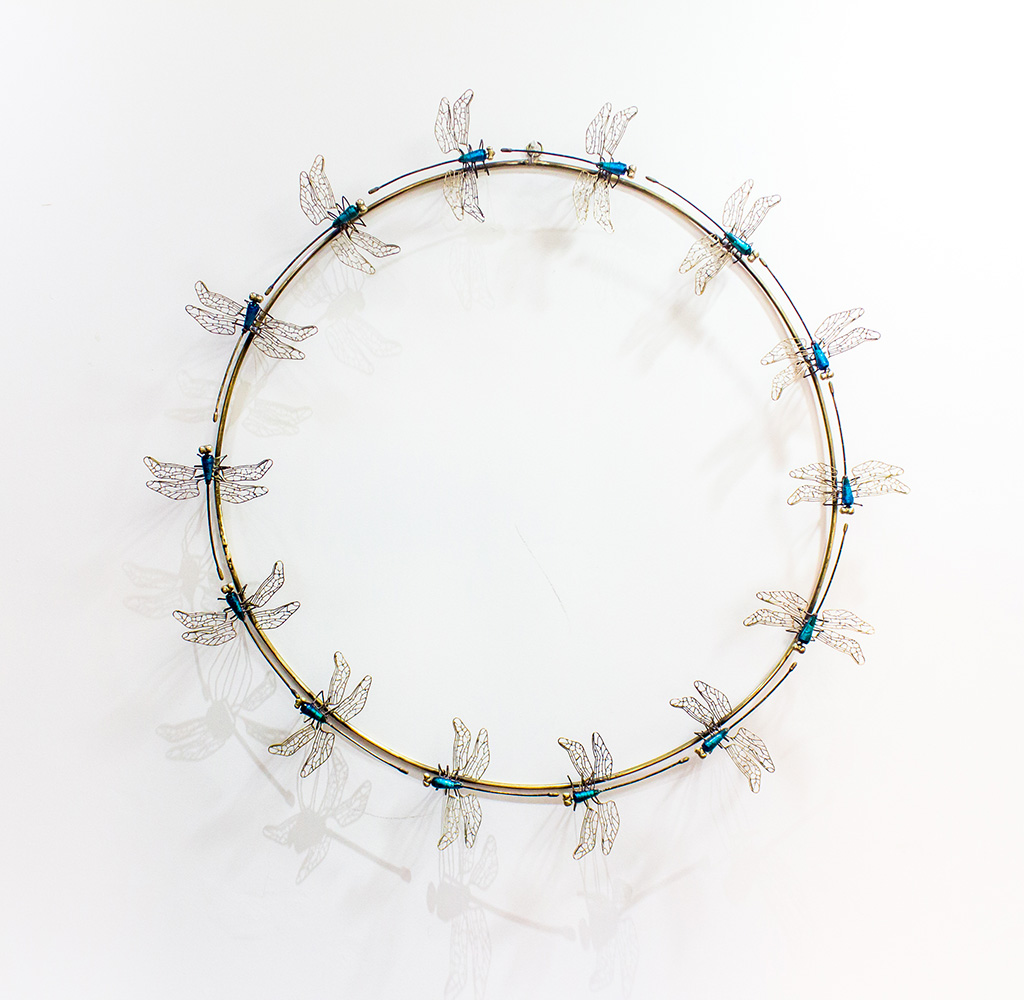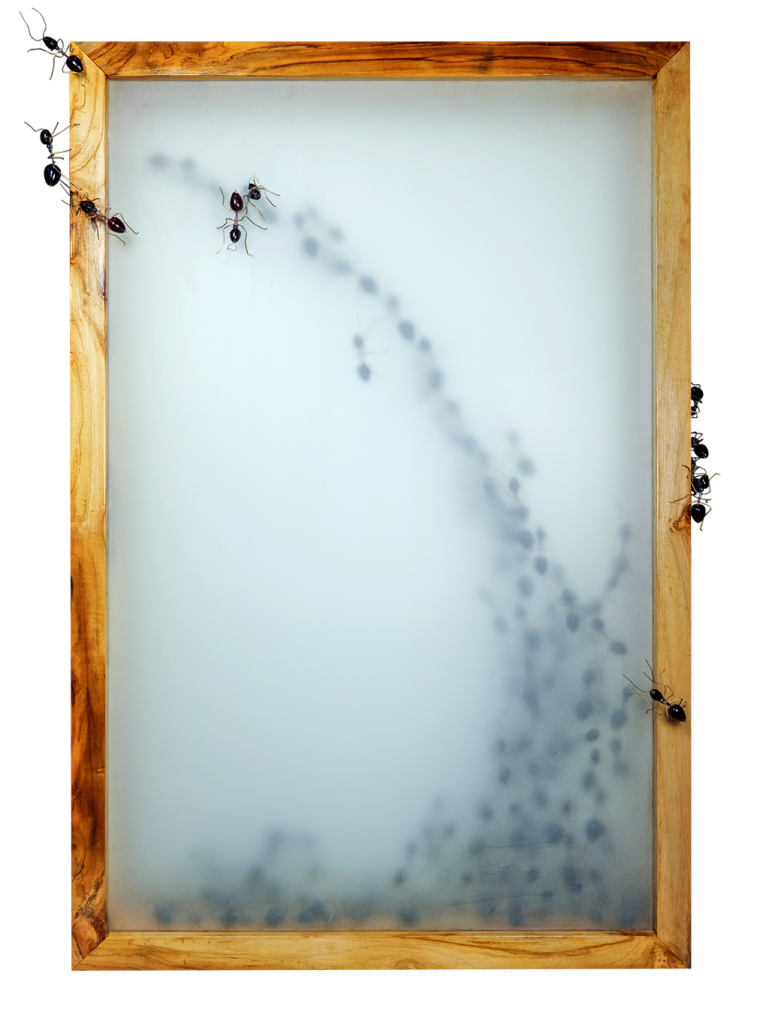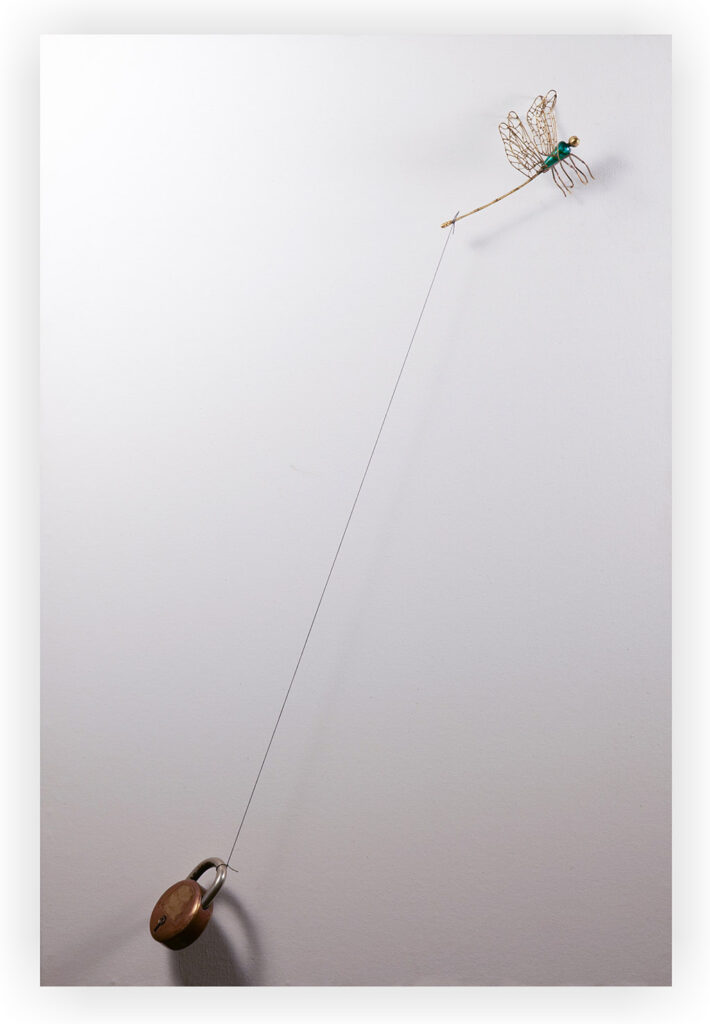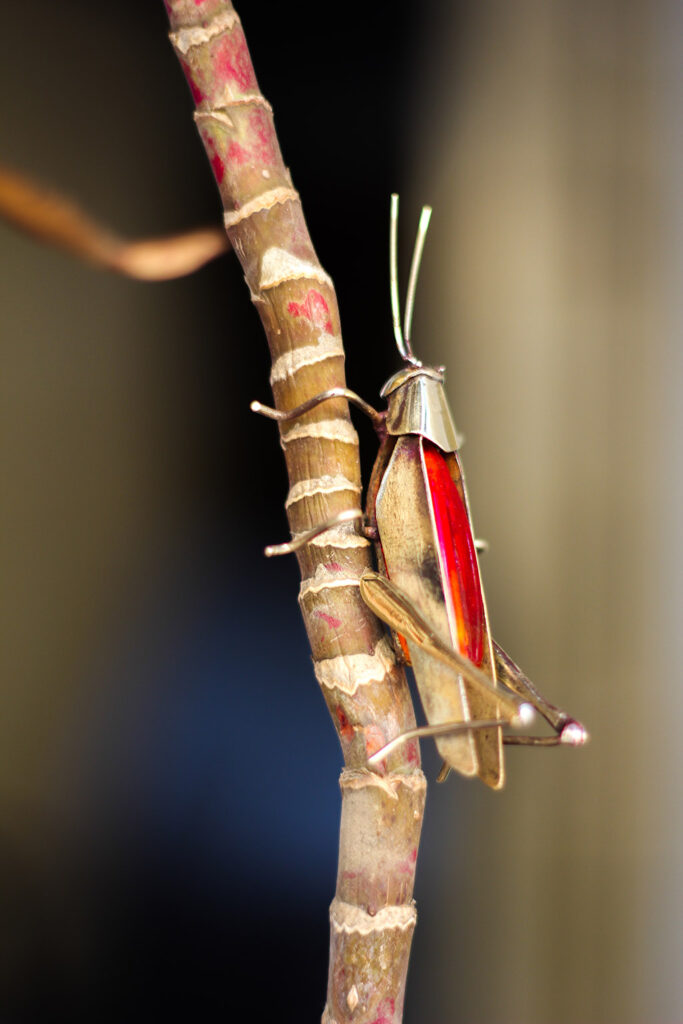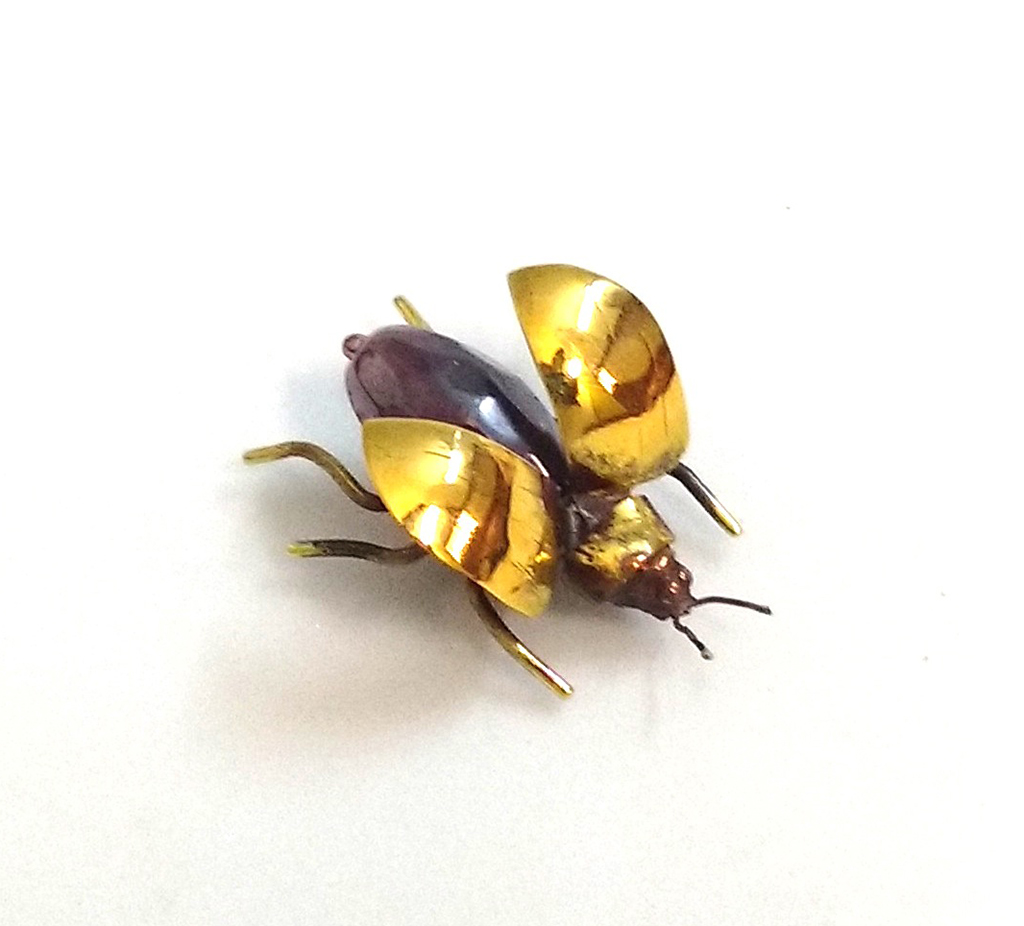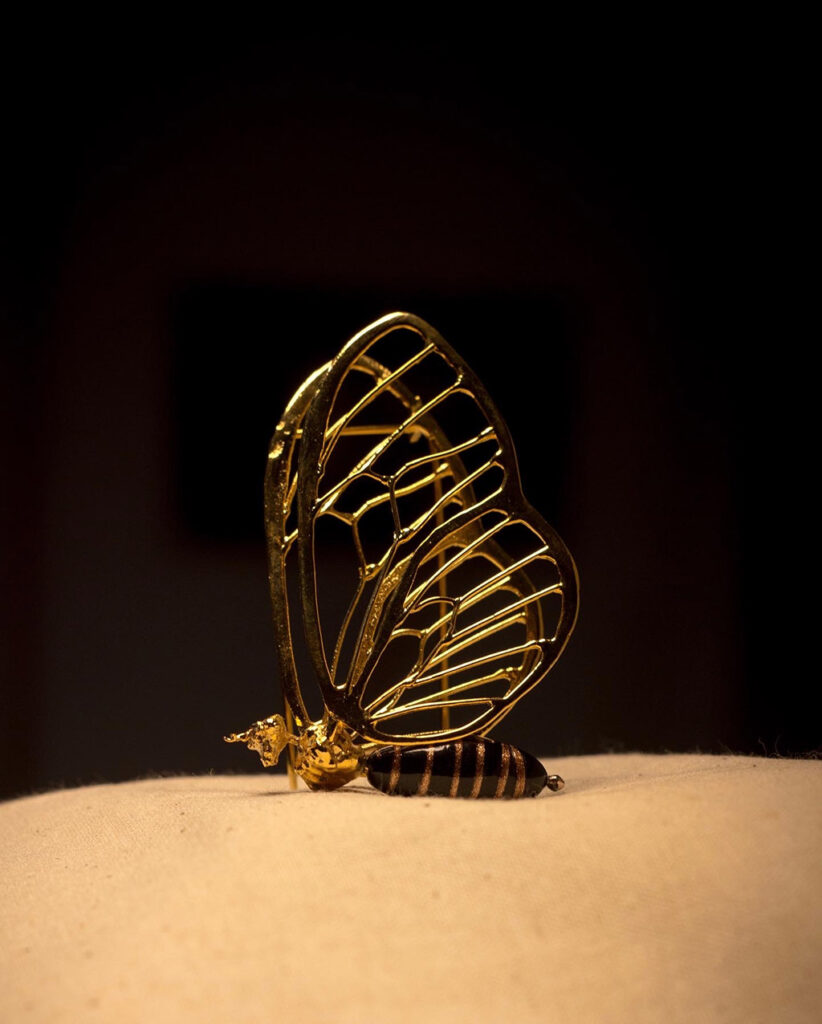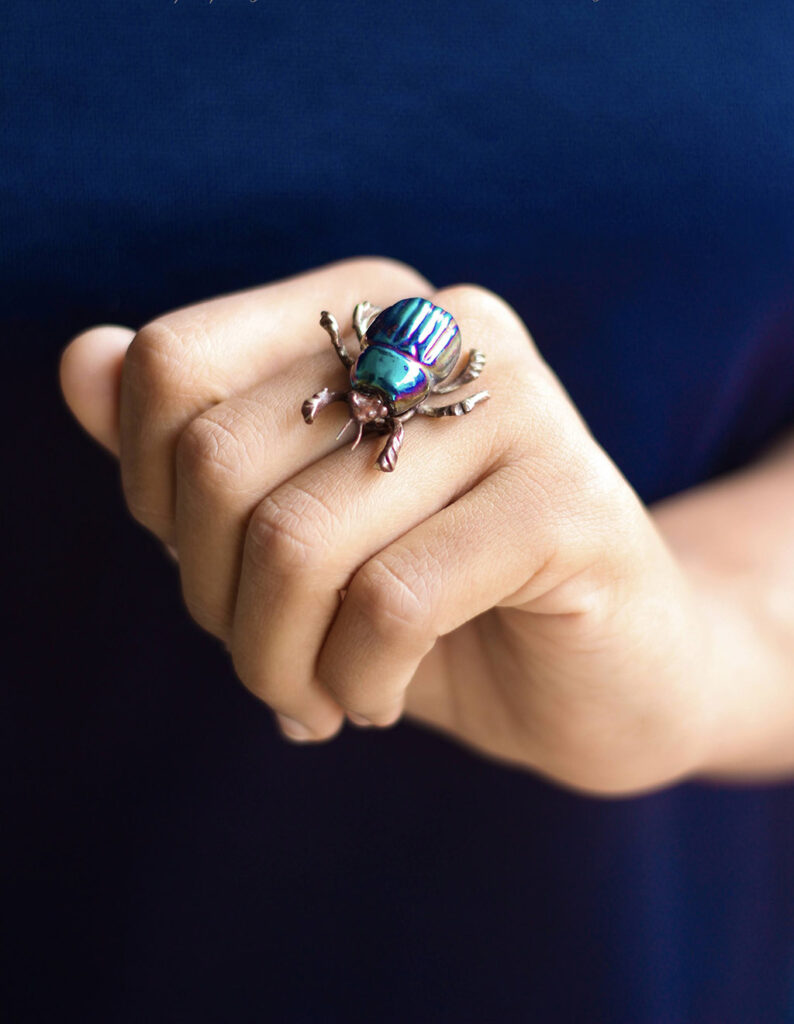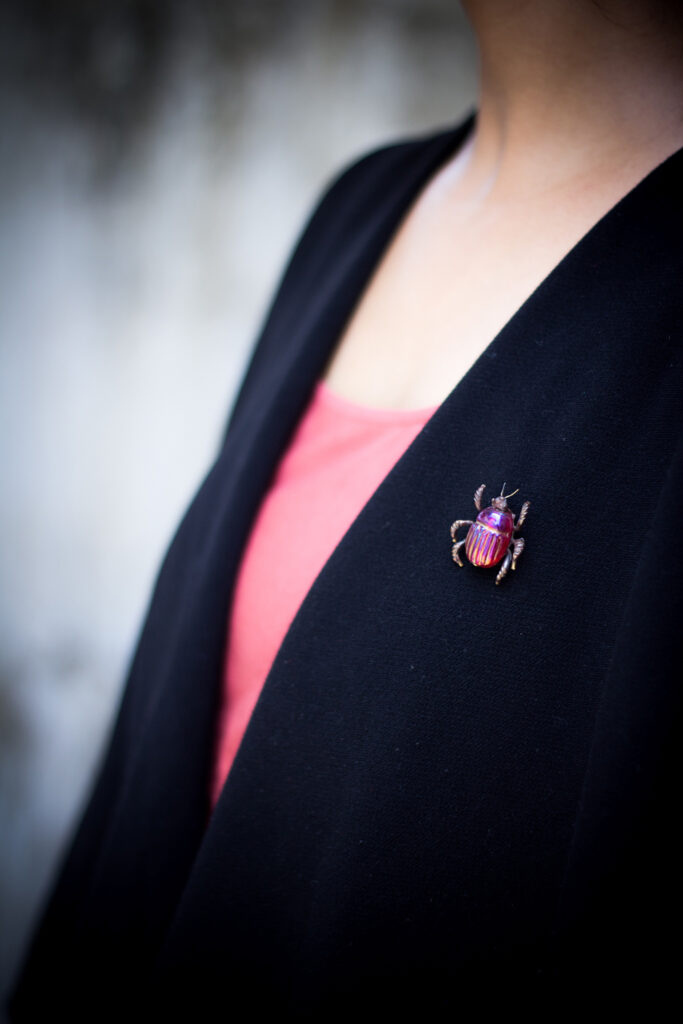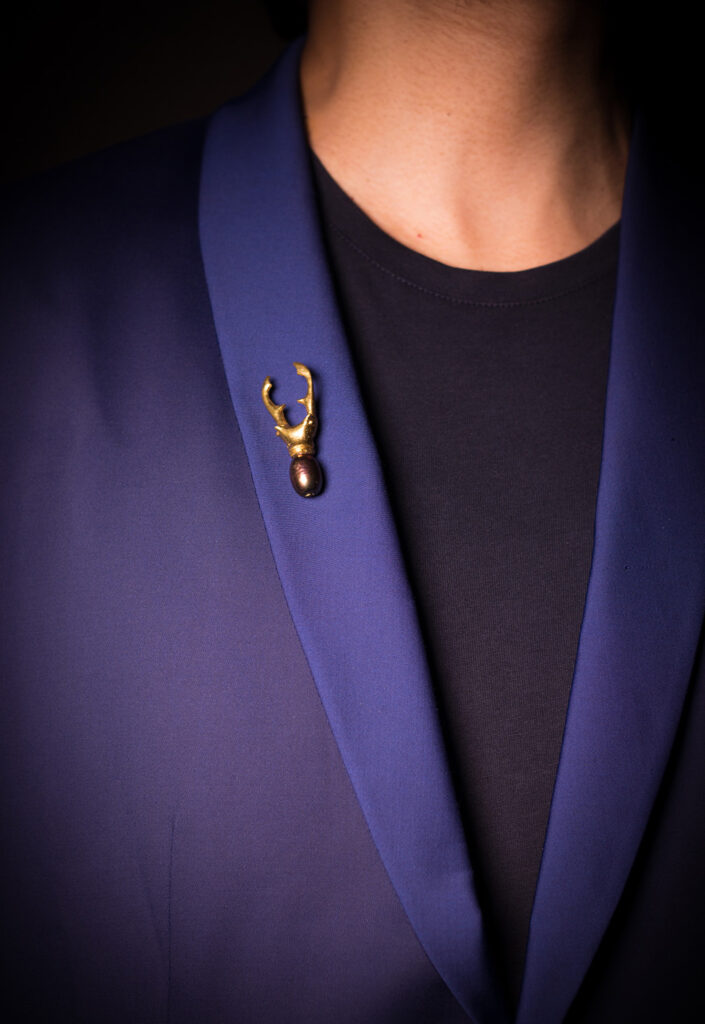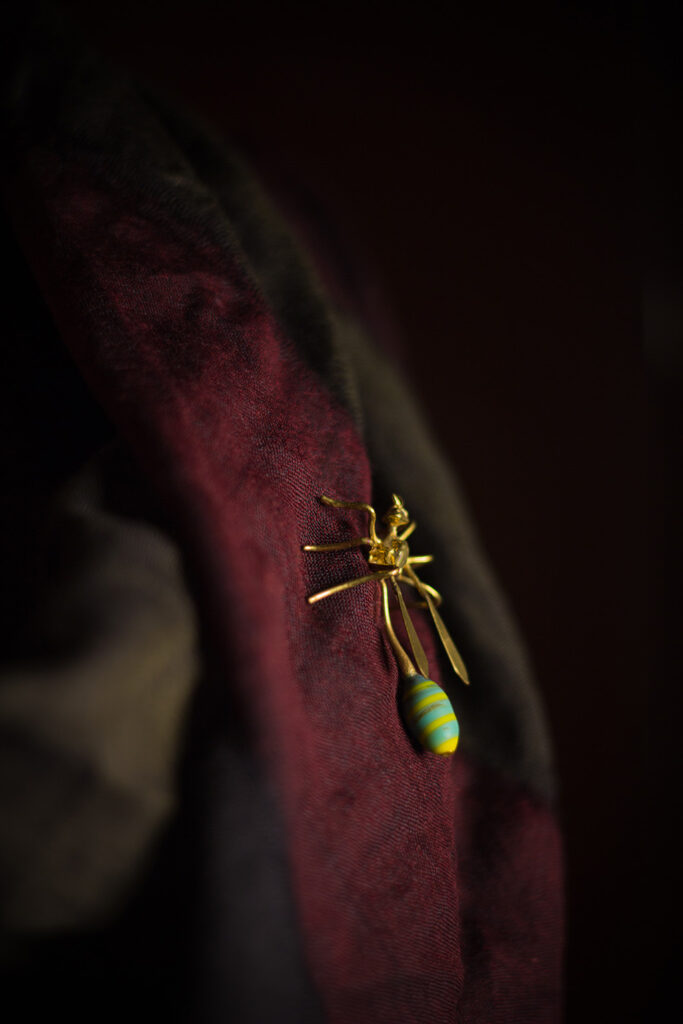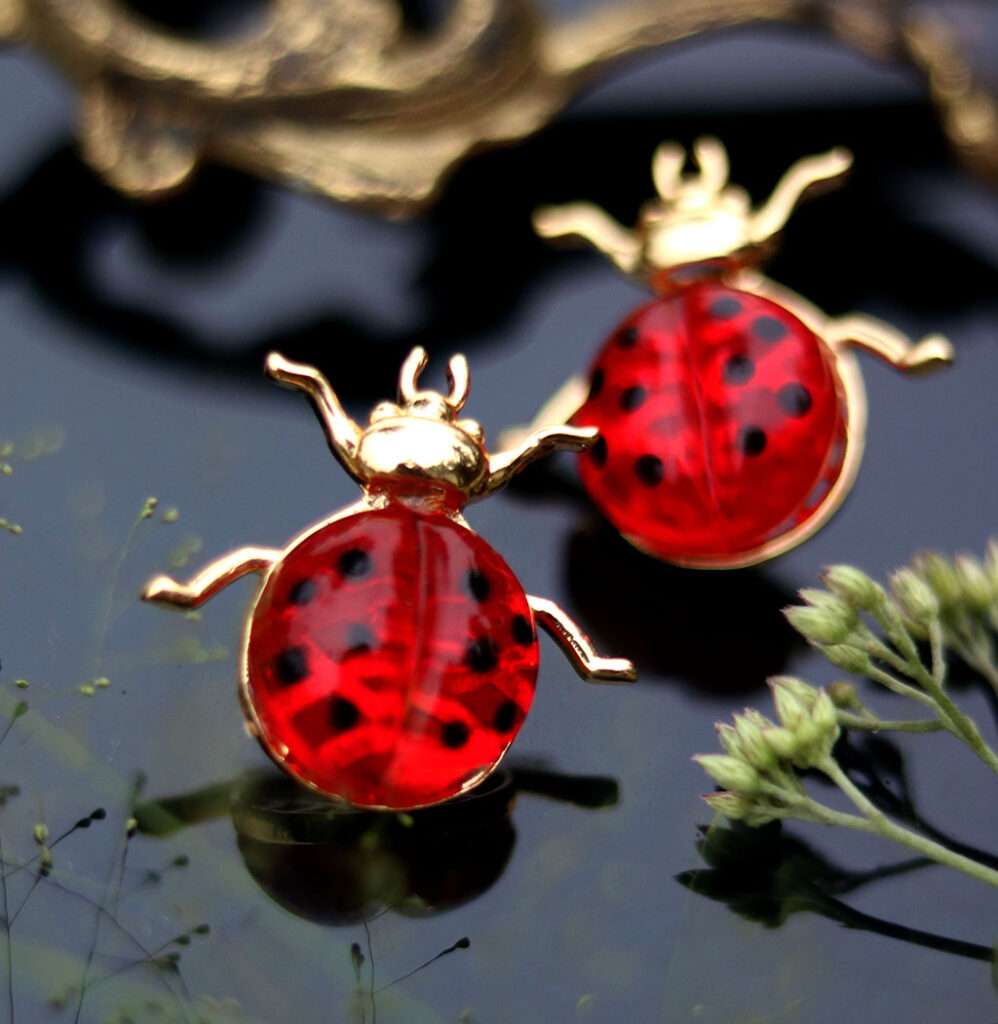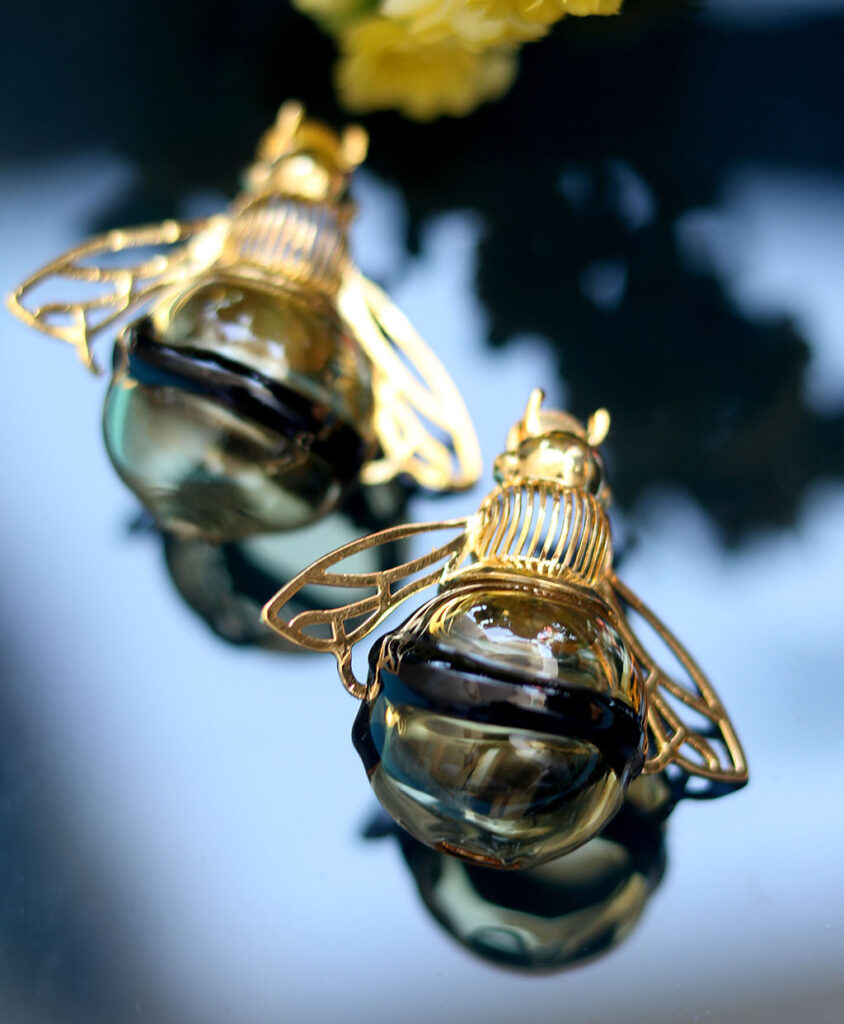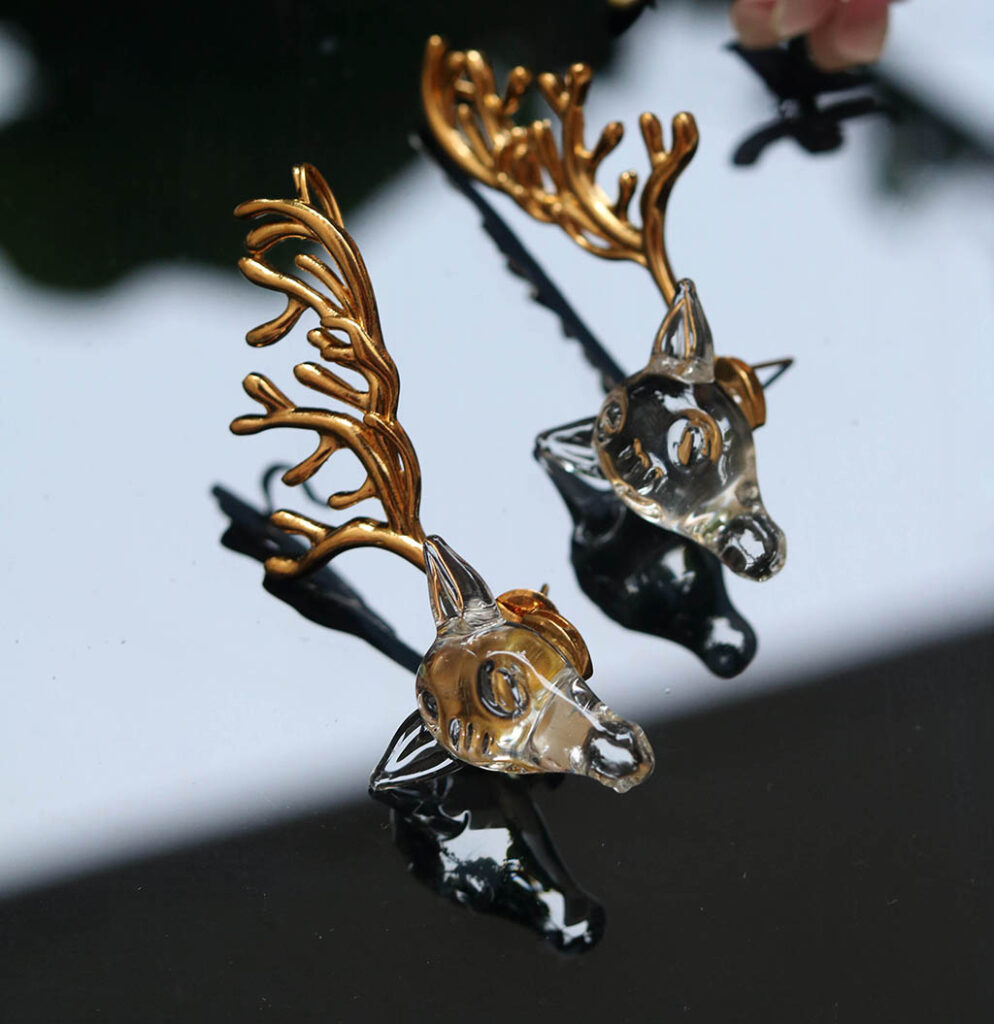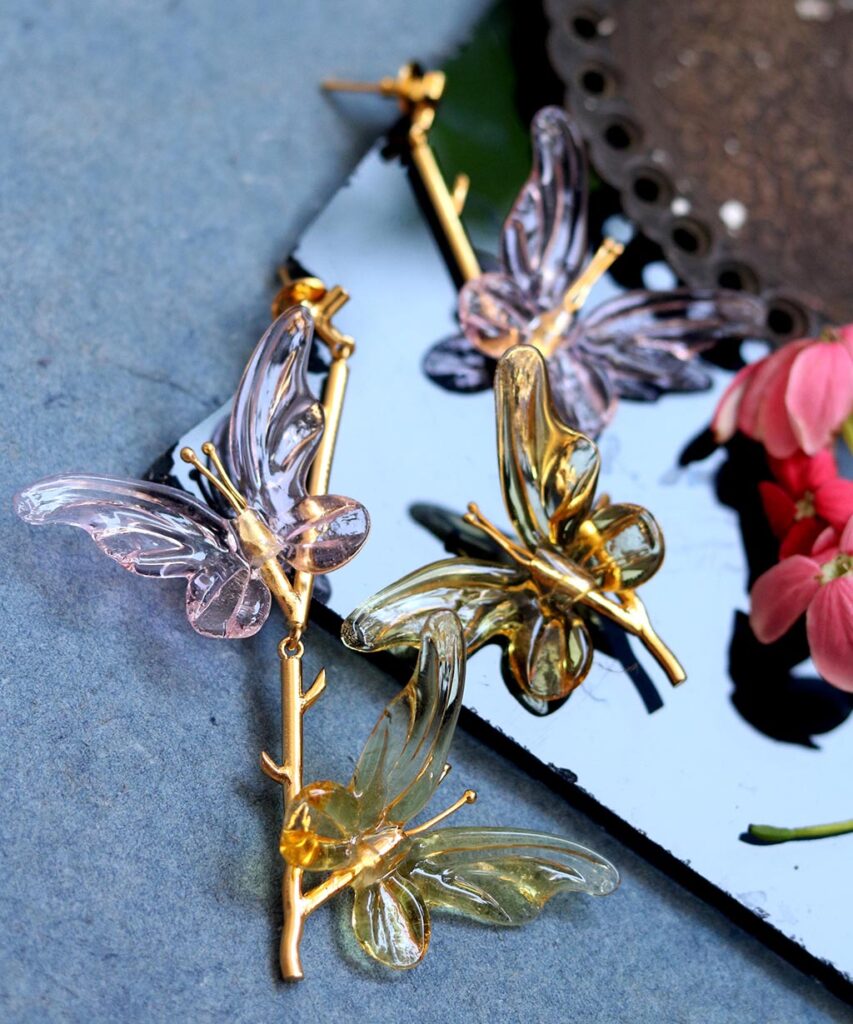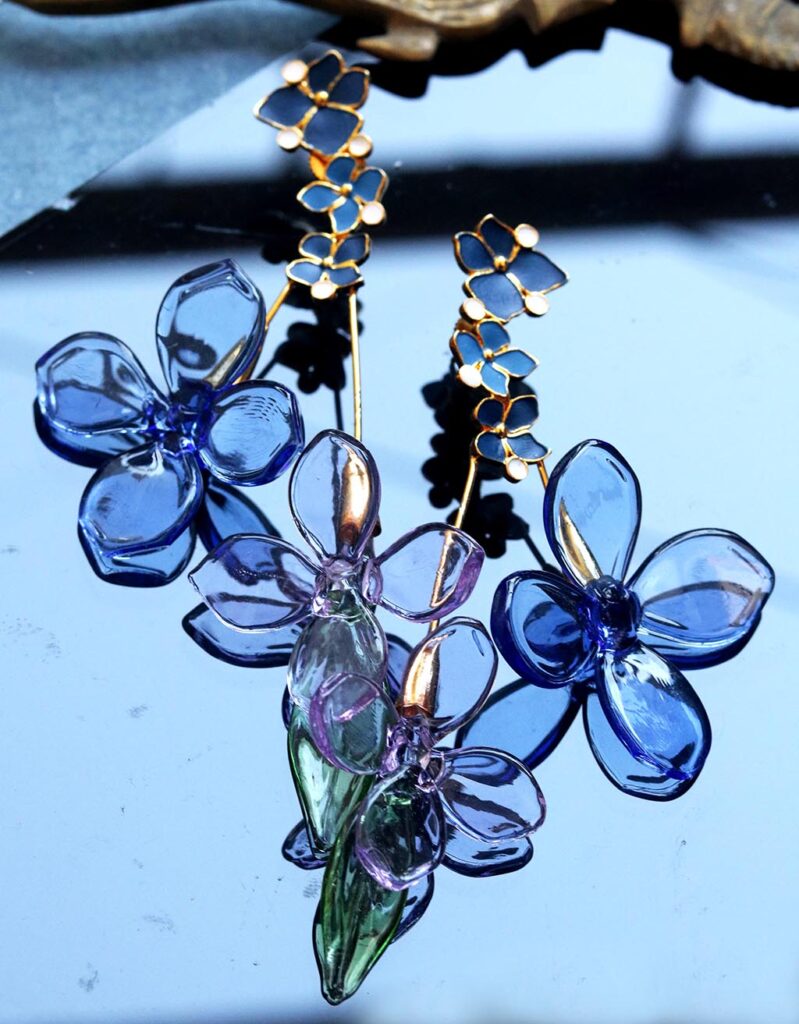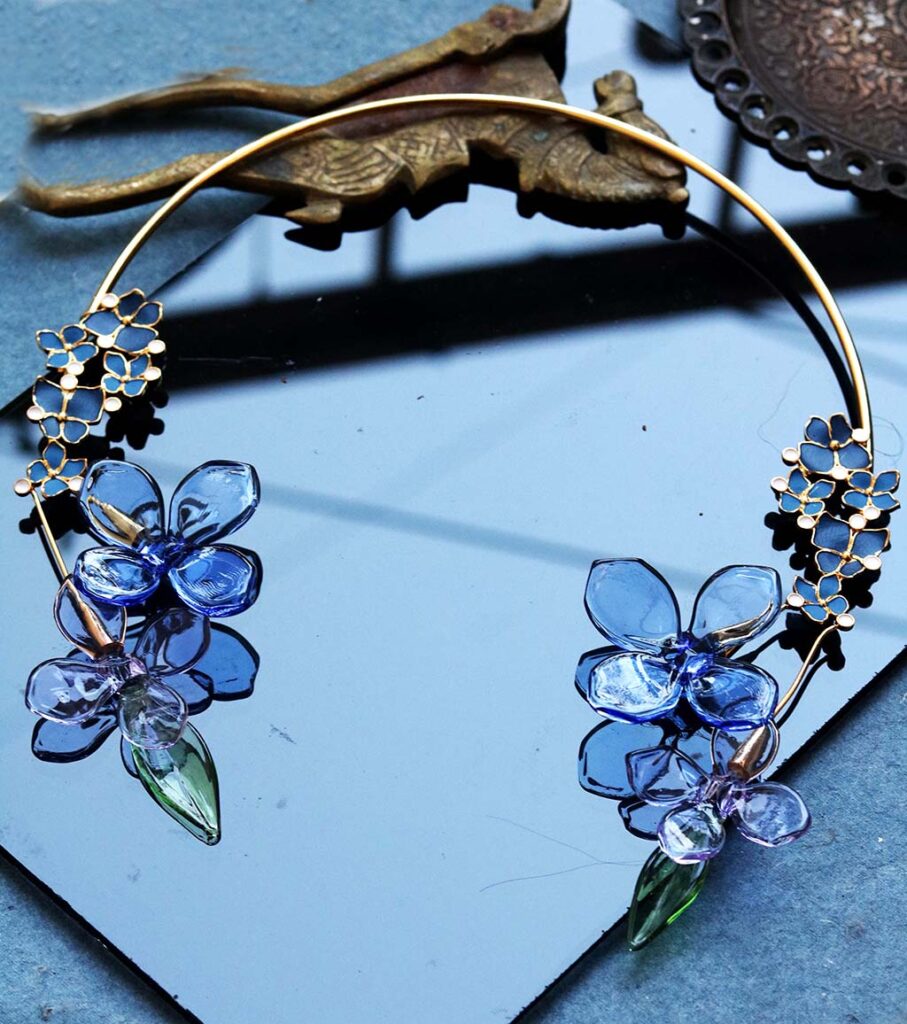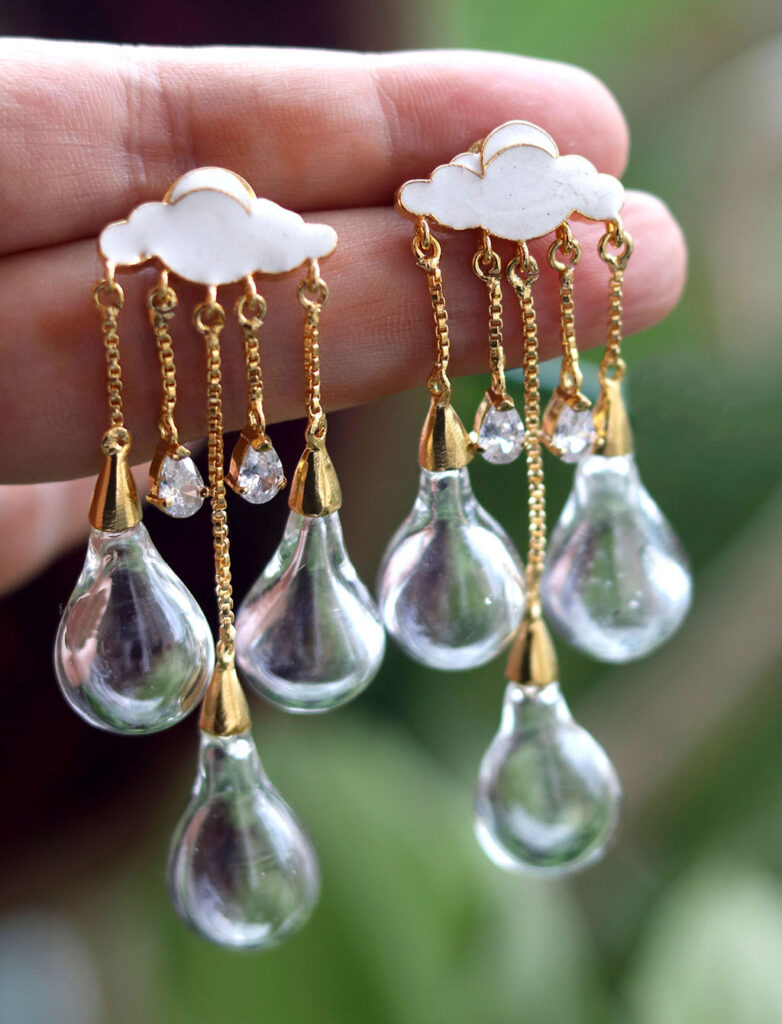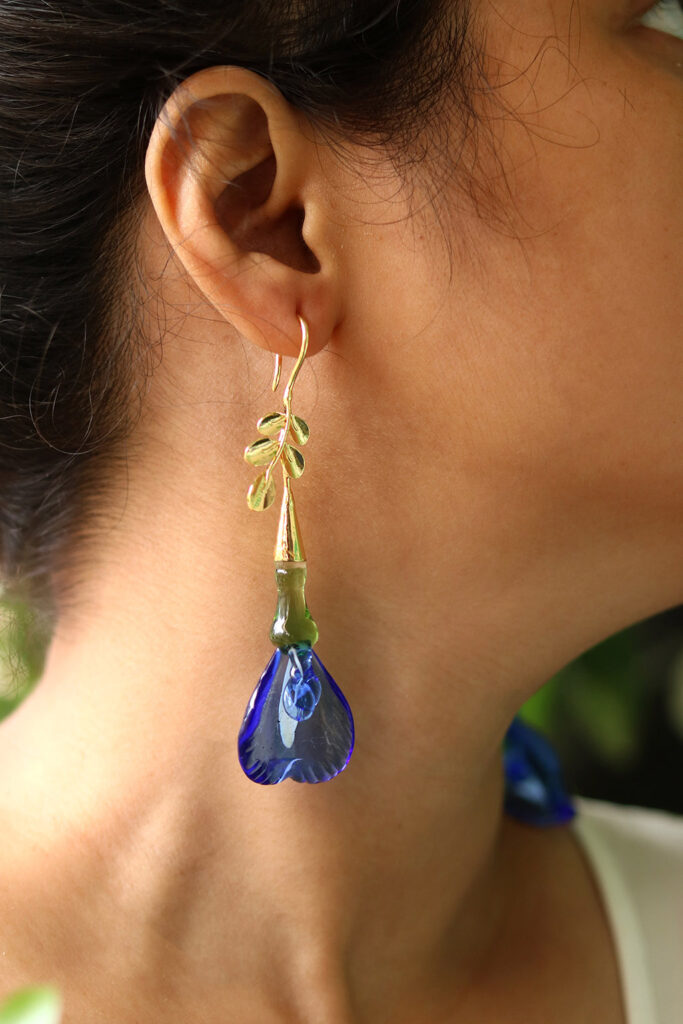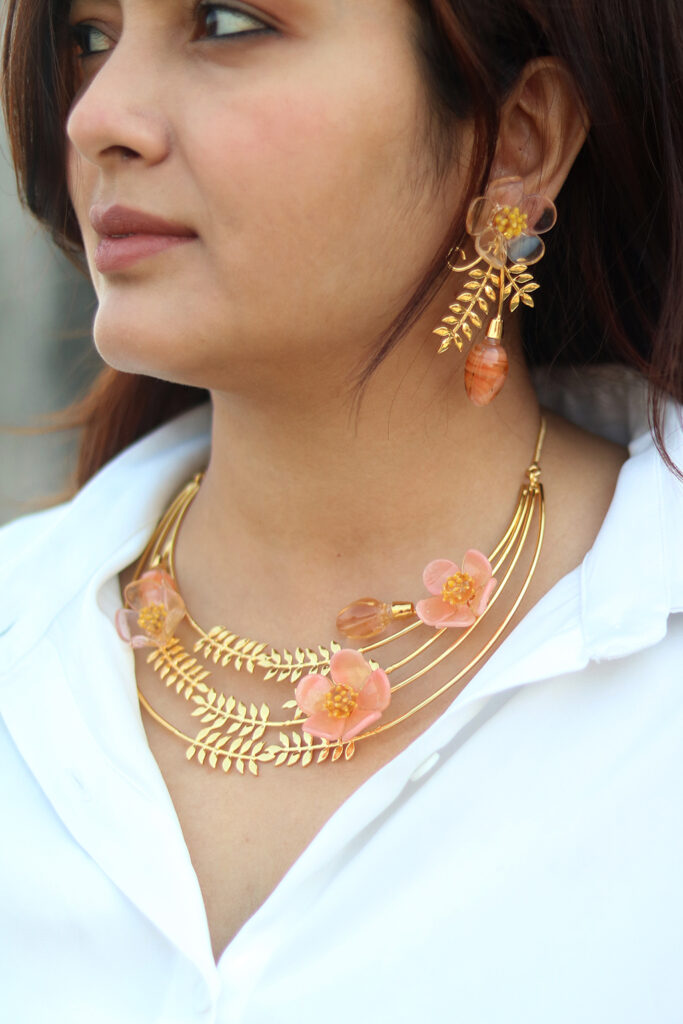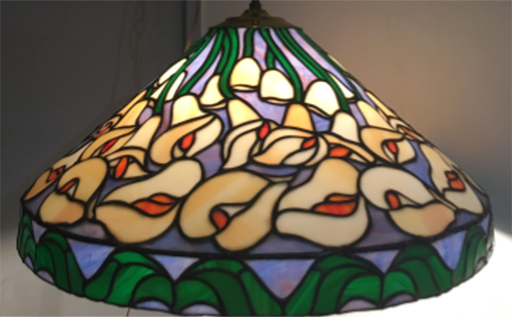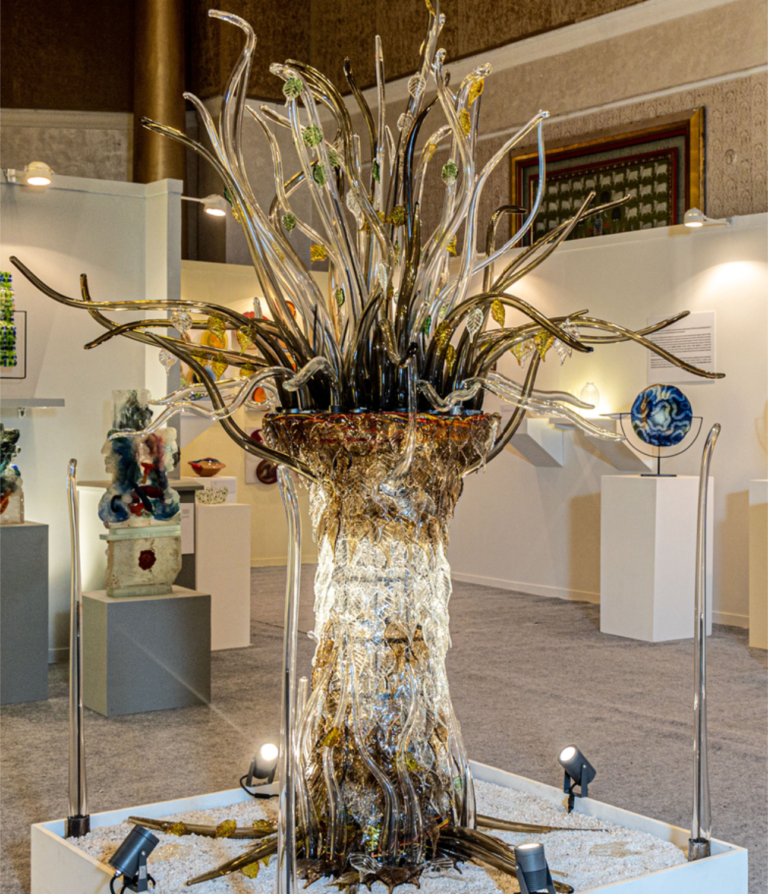This path breaking group exhibition of contemporary Indian artists working in glass explores distinctively different approaches to manipulating this miraculous material. Glass may be fragile, but its silicate origins as grains of sand endure and transform on geological timescales that dwarf our man made world. Being both solid and permeable to light, glass is the perfect poetic interface between metaphoric worlds.
Each artist has evolved their own inimitable, innovative style of working which makes this exhibition a rare chance for Indian art lovers and connoisseurs to delve into a new realm of expression. At the heart of it all for each artist, is the love for the materiality of glass. They find creative fulfillment and joy in the experimentation and exploration of the medium, and the constant learning that comes with it. Every piece created is a unique combination of colour, form and artistic expression. always striving to explore and challenge the possibilities of this exciting medium by enjoying the feeling of immediacy it imparts.
In the field of glass art, the notion of the collective process involving groups of people besides the designer/artist gives us a specific historical moment where, either as a utilitarian artefact or as an object of art, it demonstrates an aesthetic wealth. It embodies materials, knowledge, design and handwork skills. It reflects, but is not bound by, tradition and is not static while permitting new materials, techniques, interpretations, experiences and expressions into the public domain. It is in the visible harnessing of the localized traditional knowledge and practice of the craft of glass from Firozabad and Purdil Nagar and the embracing of viable technology that works in both rural and urban contexts that makes this exhibition a spectacular showcase for contemporary voices in glass.
– Kristine Michael
Anjali Srinivasan
The reflective glass works are inspired by a small part of architectural history of the Indian subcontinent in the 17th century : the Sheesh Mahal. In these palaces of mirrors, convex mirrored glass mosaics encrust chamber walls and ceiling in mesmerizing intricate patterns. Each mirror shard acts as a particle contributing to the larger architecture. The effect is cumulative, not fragmentary : whereas modern, flat pieces of mirror dissolve an image by fracturing it, the Sheesh Mahal’s convex mirrors miniaturize and multiply a self-image, causing a cascading effect of a person’s movement in the space. The Sheesh Mahal became obsolete with the decline of Mughal rule and the coming of the British era in Indian history due to lack of patrons who would support the labor-intensive process of manufacture. Furthermore, the nomadic community who practiced the craft in contemporary times was disbanded by the Gujarat earthquakes and since then, has no way to sustain the craft. As the history of human vision grew complex with new inventions and devices, the seemingly simple phenomenon of the Sheesh Mahal has disappeared into oblivion, to be witnessed today only in the walls of monuments, ruins.
My attempts were to explore how I could make the obsolete relevant to the here and now. The “here and now” is not merely my physical location, but what I see as a definitive condition or pattern of existence today: a sense of simultaneity caused by displacement. We traverse boundaries – geographic, cultural and temporal – constantly. The here-and-now no longer begs a choice between here or there, now or then, one or the other. It is a portable world of information – the simultaneity and multiplicity are reflected in my vocabulary of glass mirror. I create flexible glass surfaces, composed of convex mirrors and elastic substrates. The results are performative, mobile, interactive and self- eroding with time and touch. Aurora, invites the viewer to engage with the optical phenomenon of the Sheesh Mahal via its fractured skin in fleshy tones.
Anjali’s background in creative practice stems from collaborations with traditional artisans in India since 1998, on research and design initiatives aimed at socio- economic empowerment.
She studied Accessories’ Design at the National Institute of Fashion Technology in New Delhi, hold a BFA from Alfred University, New York, and completed her graduate studies from Rhode Island School of Design in 2007. Her studio processes develop ways to discover, access and restructure information held in a material. i.e. she makes glass behave in un-glass-like ways. Currently, she is invested in notions of “biological craftspersonship” and “crowd-created” entities in the fields of sustainability and social engagement.
She lives and work between India and the United States, as Associate Professor at Massachusetts College of Art and Design, Boston, and Director at ChoChoMa Studios, Bengaluru.
Raghvi Bhatia
I hail from Delhi, a city once famous for religious pluralism that is exponentially growing more sectarian. I have witnessed firsthand how integral aspects of society, including ritual, ceremony, sacred spaces and community gathering are wielded by organised religion. Through my practice, I recognise that institutional religion does not own these moments. I have developed my artistic practice as a religious sect, an offshoot of contemporary art, to salvage these aspects of life.
My personal investment in craft has rooted my sect in material. The three saints of my sect are material manifestations of recurring elements across religions. They are – Glass (manifestation of Light and Purity), Skin (Self and Labour) and Water (Ablution and Ritual). As part of my sect, I have created a sacred language, a new craft and ritual objects, based on these saints. The sacred language I have created is based on Zellige, a Moorish mosaic craft wherein glazed tiles are individually chiselled into one of 1300 distinct shapes. All shapes have specific names, and fit into one-another in multiple ways to create thousands of patterns. I have assembled a lexicon of these names to translate Zellige patterns into poetry. Employing each shape as a logogram, the resulting sacred language has a uniquely non-linear syntax, like the radial patterns of Zellige.
Raghvi Bhatia grew up in New Delhi before she moved to the United States to study at RISD. Raghvi was awarded a prestigious residency at the Studio at The Corning Museum of Glass, where she focused on her work on small glass seed beads. Prior to the residency in Corning, Bhatia took a class at UrbanGlass (the arts nonprofit that publishes the Hot Sheet) and got to know the New York glass community. She also was chosen for a residency at Ox-Bow. Raghvi lives in New York and Delhi.
M. Sasidharan
M Sasidharan of Vadodara is inspired by the age of the Anthropocene, where man has enveloped himself within a make-believe ecosystem- one endangered, the other temporal – creating a ceaseless strife between the sacred and the profane. He sees this tension as ephemeral, transient, and fragile and visualizes it in his work.
M. Sasidharan graduated from College of Fine Arts Trivandrum and completed his MFA in Mural design from M.S. University Vadodara. He was awarded under Cultural Exchange between India and Sweden, the Swedish Institute Scholarship to study glass at the Academy of Fine Arts Stockholm, Sweden as well as the Charles Wallace Scholarship, U.K, to study glass as an artistic medium at the College of Art, Edinburgh, UK. In 2000, he won the Kerala State Award for Painting. His notable international exhibitions among others are: ‘Six Young Artists’, Festival of India’ Sweden, 1987; ‘Crossing the Black Waters’ Asian and British– Asian Artists in U.K. 1992; ‘Through the Looking Glass’, Ostergotlands Lansmuseum, Linkoping, Sweden, 2006; ‘Incisive Instincts’, Tamarind Art Gallery, New York, 2010; Smart Art Gallery, Germany, 2012-13. Sashi has exhibited widely nationally in both solo and group shows.
He has been visiting faculty at the Australian National University, Canberra, Australia; Visual art Department, AMU, Aligarh; NID Ahmadabad and at IICD, Jaipur. His artist residencies have been at University of Lancashire, Glass Sambandh Sweden, Harmony Art Foundation, Mumbai and most recently “Winter Narratives” international artists in residency organized by Art Core, UK in Vadodara. M. Sasidharan currently teaches painting at the Faculty of Fine Arts, M.S.University, in Vadodara,Gujarat.
Radhika Krish
At the heart of it all is the love for the materiality of glass. Glass is one of the very few materials that flaunts a wide range of unique properties. While the final result of my work is certainly important to me, it is the process of creating with this wonderful medium that truly excites me. I find joy in the experimentation and exploration of the medium, and the constant learning that comes with it. The source of inspiration can be broadly categorized into three Ns, Nature, Nurture and Nostalgia. For me, the excitement of working with glass comes from the challenge of bringing my ideas to life using this unique and unpredictable medium. The rush lies in figuring out the process and techniques that I need to employ to achieve the desired results.
Radhika Krish is a Graduate of Fine Arts from Ohio State University who made the transition from being a database programmer in information technology to a glass artist. She has over fifteen years of experience in the field of glass art. She founded Goli Soda Glass Studio in Chennai to offer a unique learning experience with a mission to make recycled glass useful and our art practice sustainable. She has been an assistant teacher at O.S.U and has had her work shown at Urban Arts Space, Glass Axis among other galleries in Ohio. She has participated in prestigious Glass Fashion Shows in Murano and Toledo, where she fashioned her own wearable art from glass, a material that is not normally used on the body. Her work has been featured in several local and national publications in India including The Hindu, Deccan Chronicle and others. She is a regular speaker at Art symposiums, NFIT and local educational institutions. Radhika has had several installations including at TEDX Chennai, The Spoken Wave Festival for mental health awareness, and at Apex Pharmaceuticals corporate headquarters.
Nehmat Mongia
The bowl that chipped during firing, failed experiments while blowing glass at NID, bent metals nails, the first bead I created at Purdilnagar or my glaze explorations on clay, not forgetting the discarded wooden tray at home or a piece of wood from the bonfire, would resonate with me and became a part of my collection. I constantly look through waste for unique textures and forms and bring them back to my studio. As an artist with a practice that ranges across different mediums, I always go back to my archive of these explorations and experiments to consistently incorporate it in newer works and ways. While doing my BFA, I started studying animal and huma anatomy. Sketch books and canvas rolls lead me to see forms everywhere- in splashes of water colour, crushed tissue paper and even water seepag on the wall. It was almost like hallucinating and visualizing characters. I cannot resist the urge to bring these character to life from my archive of materials. This lead me to assemble this series of mix media portraits which have their own identity, evolved through assemblage into new characters expressing different emotions and feelings.
Nehmat Mongia graduated from the National Institute of Design, Ahmedabad with a Masters of Design in Ceramic and Glass Design and a BFA in Painting from College of Art Delhi. . Her graduation project was in Up-Cycling Waste Glass, under the Ford Foundation. She developed skill training workshops for kabadi Wallas to provide bottle cutting services for economic growth and has facilitated 230 people in workshops to up-cycle waste glass.
Her design projects include Zero Waste, Sustainable Christmas Installation at Le Meridien, Delhi; Experiential Installation for promoting the Purdilnagar Glass bead; Charpoy woven Christmas Installation converted into furniture for the Cafe@4 which was also exhibited at India Design Mahila Housing SEWA Trust. She has also conceptualised, designed and executed 600 square feet of wall art for raising awareness about pollution concerns faced by women construction workers. Nehmat Mongia has been awarded the Dhirubhai Ambani Relience Trust Scholarship 2015-2019; the International Award for Young People 2015 and most recently the Vinod Dixit Project Award Awarded for ‘Recreation of the Sistine Chapel’, ‘Leadership Abilities’ & ‘Excellence in art by LK Advani.
Sisir Sahana
My art reflects my presence in the society where I live in, where the people strive for peace and happiness, strength and harmony in ever changing course of time. To express that observation and conversation, I use various mediums and visual/performance based media as tools. Often, I admire the nature that is a rich constituent of human beings, animals, birds, insects, trees, plants. They work as metaphors for me. Above all, human beings play a comprehensive and constructive role to deliver the dialogue between the material and concept.
When the medium is glass, I conceptualize my method and material that make a relation with the transparency and translucency of the nature of glass. I emphasize less on the technical aspect of material perfection/skills and more on the subjective essence within the artworks.
A professor in Ceramics & Glass, Department of Design in Kala-Bhavana, Visva-Bharati, Santiniketan, Sisir Sahana graduated in painting from Kala-Bhavan and in Stained Glass from Central St. Martin’s College of Art & Design, London. He has exhibited widely and is the recipient of the Commonwealth Scholarship, Junior and Senior Research Fellowship in the field of Glass Painting from Department of Culture, Government of India. He was invited on a Fellowship/Residency program by Creative Glass Center of America, USA in 2000 and participated in a residency programme with the Pittsburgh Glass Center, USA.
Sisir is also a documentary filmmaker on the life of artists; ‘Maati-O-Manush’ received a Jury Award from The New Hope Film Festival, USA in 2010. His other films include ‘Suryaprakash: A Journey through Life and Art’; ‘Nandan Mela, Kala-Bhavana and Santiniketan – A Collective Spirit’ and ‘Visva-bharati’, on the occasion of 100th year of Visva-Bharati.
Sisir lives and works in Santi Niketan.
Anuj Poddar
I am reusing materials which is scrap and not using fresh material. I am trying to give new life to the materials which was already discarded. I collect fragile glass and give it a form and I think we are all doing the same in our lives. When life knocks us with a blow, we tend to pick up our shattered pieces and start shaping our lives, trying to give it a new meaning and purpose all over again.
Born in Bokaro, Jharkhand, Anuj graduated in Painting from MS University Vadodara. He later worked as glass designer at Glasstones Mehtaab Engineering and Kamal/Surya glass factory, Makarpura, Vadodara and at Glassage, Surat.
Anuj has been art consultant to South Delhi Municipal Corporation, Delhi from 2018 and is also visiting faculty to teach glass applications at IED Vallabh Vidyanagar, Gujarat. He has participated in many national level group exhibitions,
the most recent being ‘Waste To Art ‘ Sculpture Workshop, Ujjain in 2018 and Bharat Darshan Park, Punjabi Bhag, SDMC, Delhi in 2021; Sculpture Symposium & “Spirit Of Baroda” Part 2, Akota Stadium, Baroda and the International
Painting and Sculpture Workshop, Goa in 2017.
He has exhibited widely nationally, among which ar Art-Mart, Khajuraho, The Baroda March, Coomaraswami Hall, Mumbai and Wat-R-Colour, Faculty Of Fine Arts, Vadodara in 2016; Rhythm and Blue, Gallery Sanskriti, Kolkata by AFSA in 2017 and in 2021, Narrative, Glass and Ceramic Show. Splatter Studio, Vadodara. He has also exhibited in Palo Alto USA.
Hemi Bawa
The processes of glass crafting teach one about life itself. The quality of silence, and a leaning towards spiritual and contemplative spaces recurs in my works like ‘Holy Book’ and ‘Blue Spaces’ in which the manipulation of the materiality of glass is distinct and different. Hemi deliberates on the surreal context of time and the manner in which it has become warped during the pandemic, to explore the relationship between physical and conceptual realms by playing with materiality, form and meaning. Her works not only convey expressions of joy, celebration , resilience, freedom, struggle and pain but also women in various social milieu like the flower sellers in the flower markets of Goa.
Hemi Bawa was born in 1948. Her initiation into the formal world of art was through her training at the Triveni Kala Sangam in New Delhi from 1969 onward. Today she is widely recognised for her commitment to developing the niche field of contemporary glass art in India. A painter, sculptor, and multidisciplinary practitioner, she believes in an organic relationship with every medium she works with, deriving the utmost in terms of its formal and material attributes as well as metaphorical significance.
From her first solo exhibition at Sridharini Gallery in 1980, to her current experimental showcase ‘Bodies of Light’ (Artspeaks India, 2020), Hemi Bawa’s journey as an artist has been as much connected to intuitive explorations as the mastering of skills. One of the core values of her artistic repertoire is her ability to experiment continually and respond to her environment through her art. Hemi Bawa’s artisanal cast-glass sculptures, works employing other glass techniques, large scale installations in stone, fiberglass, and metal, and mixed media experiments all demonstrate a sense of innate
strength and visual harmony that extend from her personalised aesthetics.
With a career of more than five decades behind her, she has received the prestigious Padma Shri, the fourth highest civilian honour awarded by the Government of India, for her service to the arts (2009). Her works have been invited and collected by prominent international museums such as the Corning Museum of Glass, New York (2005) and the Sculpture Garden at Tuscany, Italy (2001). She was commissioned by Coca Cola to make a sculpture for the Antlanta Olympic Games (1996). Her work can be found in major public and private collections, and the Harry Winston Brand facilitated and published a book on Hemi Bawa in 2010.
Asad Hajeebhoy
My fascination with glass set me on a path of self-learning and discovery of the ancient art of stained glass along with an elderly friend when I was in Class 12. It was a time when tools and materials were not available in India, so I sourced and modified local tools, machines, and materials, or made them myself. Only the stained glass sheets are still imported.
With my daughter Saira Zoya, I create stained glass panels for doors, windows, domes and skylights; Tiffany style lampshades; stained glass mosaic; fused glass and bent glass products. GlassCrafters have been commissioned to do work for homes, offices, hotels, pubs, churches, temples and mausoleums in India and abroad, as well as invited to do the restoration of old stained glass windows. I have a keen interest in upcycling stained glass off-cuts to create fused glass and mosaic objets d’art. I have diverse interests that include photography, trekking, biking on my 53-year old Jawa motorcycle, music, counselling, teaching and being a Rotarian.
Founder and artist, Asad Hajeebhoy opened Glasscrafters, an exclusive stained glass studio, using his 30 year experience of working in the art of stained glass in Mumbai, Sultanate of Oman, Dubai, Israel, The Glass Menagerie Jan 28-Feb2 2023 and Bangalore. Even as a college student in 1979, Asad knew he loved to work with his hands – to create, to understand the workings of materials and machines and to build his own products or enable others to maintain theirs. He began to work with wood as a hobby and sold his handcrafted wood products to pay for his college education. Soon he taught himself the mechanics of cameras, radios, and electronic gadgets. His passion for pushing the frontiers of his knowledge and a chance meeting with Vinayak Patel, led him to a stained glass teacher in Mumbai. One of his first commissioned projects was for the residence of famous actors Neetu Singh and Rishi Kapoor. He approached a large interior design firm in Muscat, Dekor owned by the Khimji Ramdas Group of companies and set up a stained glassstudio for them. Fascinated by the concept of kibbutzin Israel, Asad undertook a summer apprenticeship at a stained glass studio near Jerusalem.
Moving onto glass mosaics at Glasscrafters, her father’s studio, Saira Zoya developed a love for abstract forms. In the last two years, she has been working full-time creating products using mosaic and fused glass techniques, pushing the boundaries with glass, wood, and paint. Her interest in multi media has taught her that her art is an expression of her feelings, moods, and experiences. It is the playful versatility of colour and light that gives her pleasure in her creations.
Varun Cursetji
Varun intends to familiarize the audience of the connection between the mundane objects of day-to-day life and the current socio-cultural realities. The focus of his work is on issues of identity as well as humankind’s relationship with its past. He has been exploring the connections that objects can have with tradition and what they represent. represent the cultural facets of society.
Varun Cursetji graduated from MS University Baroda with a BFA in Fine Arts with a specialisation in painting. He later spent a year at the Edinburgh College of Arts, UK studying glass design. In 2020, he exhibited at the Lonne Wendt Art Center , Sri Lanka in a group exhibition of Indian and Srilankan artists. Other international exhibitions have included “Glass Echoes” The Crypt Gallery, London, 2009 among others. He has exhibited nationally at Cochin, Mumbai, Delhi. His art has been recognised for its excellence and been awarded by Pundole Art Gallery, Edinburgh College of Art , World Zoroastrian Organization and the Bombay Parsi Panchayat. In 2018, Varun conducted a workshop in Druskininkai Lithuania titled ‘Plein-air Art Bridge 24’. His work features in private collections at Emami Group Gallery Kolkata and Gallery 9 New Delhi. Varun lives at works in Vadodara.
Atul Bakshi
In dialogue with the styles of other contemporary glass masters who prefer the cast glass method, and through constant experimentation, Atul has evolved his own way of working with glass.
His particular innovation involves the molding of copper into three-dimensional form, which is then embedded into glass. Cast glass, unlike blown glass, involves the artist’s immediate contact with the medium- a hands-on kneading and coaxing into sculptural form.
The idea that a sculpture should always ‘speak’ to its viewer, underlies Atul’s glasswork – each time a viewer engages with the work, a new meaning should be discovered within it. He calls his copper head series ‘Abi’ (the biblical word for father), paying tribute to his own father who taught him to sculpt clay when he was a boy.
Studio Lead Light opened in 1995 in Delhi, when Atul Bakshi left a successful career in the merchant navy to pursue his passion for glass. Studio Lead Light is one of the first glass art studios in Delhi and remains one of the only studios to work on a diverse range of glass projects- from modern, large-scale commissioned works to the restoration of churches, both hot and stained glass. Even with its impressive repertoire of commercial and conservation work, Studio Lead Light remains focused on its vision of glass as a fine art medium, an experimental and expressive art form.
Atul has participated widely in exhibitions in India and Sweden and restored/renewed stained glass windows in Bishop Cotton School Chapel, Lawrence School Chapel, St.Paul’s Church, Agra, The Old Vicarage and Nevil’s Cross Hotel, Durham, England and Holy Cross Church, Bangalore, among others. His works are in the collections of Lemon Tree Hotels chain, Jindal Corporate office Gurgaon, Linkoping Museum, Sweden and the Swarovski India office.
Atul is assisted by Deepak Tiwari and Suresh Kumar in Ferozabad. Atul lives and works in Delhi and Doogani, Nainital.
Harsh Vardhan Nowlakha
In his studio practice, Harsh explores a. variety of traditional materials and techniques such as textile weaving, ceramics, and glass making. With an interest in traditional practices Harsh looks at the techniques of ancient times and incorporates these fundamental processes in his own contemporary practice.
Often looking at time as a metaphor for the human experience Harsh creates artifacts that bring a sense of stillness and serenity to the viewer. He questions the relation between the essential elements of nature and the automated production of the industrial world, to better connect with the process of creation by exploring the use of materials, textures, subtle colors, and forms.
Harsh Vardhan Nowlakha is an artist born and raised in Kolkata and he completed his BFA in Sculpture from the California College of Arts in Oakland, California. He has apprenticed at the Glass and Design Class, CCA with Corey Jones and at London Glassblowing, UK with Louis Thomsan. A process-based artist, Harsh has a keen sensitivity to materials and their innate qualities with an interest in teaching traditional practices. In his studio practice, he explores a variety of traditional materials and techniques such as textile weaving, ceramics, and glass making and incorporates these fundamental processes in his own contemporary practice. Often looking at “time” as a metaphor for the human experience, Harsh creates artifacts that bring a sense of stillness and serenity to the viewer. His wide professional experience ranges from setting up built equipment, Kitengela Hot Glass, Nairobi, Kenya and a glassblowing studio, Punty and Block in Dubai, U.A.E. Glasshouse Bangalore by JaH Studios is a sculpture and glass studio started by Harsh Vardhan Nowlakha as a space for art, enthusiasm, and practice as he has an interest in teaching traditional practices and spreading this ancient craft.
Harsh lives and works in Bangalore.
Studio Glass Forest
We are glass lovers, passionate experimenters and crazy about nature! We are mesmerized by the beauty, shine and sustainability of glass and wanted to share this joy with the world. At Glass Forest, each glass product is more than just another beautiful design, it has its own character, unique technique and narrates a beautiful story. be it the materialization of nature, an ancient process, or a culture, it lends meaning, authenticity, and elegance to everything we do. We take pride in each piece – employing local artisans and craftsmen to work on our products with utmost care, precision, detail and most importantly love.
What is the opposite of the concrete jungle? What shall we call a magical moor that starts where the prison greys end? An elysian field of ethereal beauty and magic that inspires us to see the little wonders that surround us everywhere? An escapade, a refuge, our very own Shangri-la? Glass Forest, we thought, would encapsulate the essence of that magical place perfectly. The very utterance of the words transported us to a jubilant, sensory joyride, and that is what we wish to do with our products. Fill your home with bespoke glass moulded in timeless designs that playfully indulges our senses as it plays hide and seek with light, making your everyday – beautiful!
Founder of Glass Forest with Deeksha Saini, Pallavi Chandra graduated with a BDes in Lifestyle Accessory from NIFT, Gandhinagar, and MDes in Ceramics and Glass from the National Institute of Design, Ahmedabad. She honed her skills in product conceptualization, realization and learned how to turn raw glass into beautifully designed functional objects. After nine years of significant experience in the design industry with firms such as Klove Design and Ganjam Nagappa & Sons she started her own brand, Glass Forest. Pallavi also is visiting faculty at National Institute of Fashion Technology Delhi and Unitedworld Institute Of Design. Deeksha Saini completed her design education from NIFT, and went on to work in the luxury lighting industry, where she fell in love with glass. Their installations include metal design elements in wall works such as Koi Pond, Lily Pad and Lotus Leaves.
Srila Mokherjee
Indian art, both performance and visual based, is centred on the ancient theory of Rasa which means essence. Rasas in turn are created by bhavas or the states of mind which evoke the emotions that we as humans exhibit, namely love, laughter, sorrow, anger, courage, terror, disgust, wonder and peace. Each of these emotions is represented by a colour and it is through this association that a work of art is crafted by the maker and that evokes a response from the viewer. So, whether it is the ancient Rasa, or the modern mood board, colour represents and arouses emotion both in the creator and in the viewer.
The understanding of colour and how it affects our mood is to a large extent subjective. Colours can arouse in us such powerful feelings that just a glimpse could conjure up strong reactions such as anger, sadness, serenity, hunger or irritability. These reactions are a combination of biological conditioning, cultural imprinting and the human psyche. This collection eventually goes to prove that the artist’s perception and viewer’s interpretation could be diametrically opposite and yet exist in harmony. And this juxtaposition is ultimately how art works.
The founder of Aakriti Studio, the first hot glass studio in Kolkata, India, Srila Mookherjee graduated in Ceramics from the National Institute of Design, Ahmedabad. She apprenticed in pottery in Finland and in glass, she has trained under
Anthony Stern at Stern Glass Ltd, London as well as at The Glasshouse, London, where she was assistant to artists Annette Meech, David Taylor, Christopher Williams and Fleur Tookey.
She teaches glass as visiting faculty, National Institute of Design and is responsible for the introduction of contemporary glass design in India. She is also founder member & partner, AFSA Fired Art LLP as well as founder member, Indo Swedish Glass Sambandh. She has held many international and national solo and group exhibitions. Her recent group shows include INKO Centre Chennai ‘Tempered’ curated by Kristine Michael 2022: ‘Kindling Change’, Serendipity Art Festival, Goa 2019; Matisse Revisited, Birla Academy of Art & Culture, Kolkata; My Own Muse, Art Exposure, Kolkata and Indo Swedish Glass Sambandh, Linkoping, Sweden.
Srila lives and works in Kolkata.
Studio Glassic
Our material practice is based in collaborative working with the glass artisans of Uttar Pradesh in India. The artisans through hot and cold glass processes handcraft the glass elements while the brass parts are sculpted by us through combination of metalworking techniques. The characters of the insect world, their behaviors and life processes, form the narratives of our artistic expressions. The subject and the arrangement are metaphors through which we share our experiences of thoughts, emotions, realizations, or patterns; of the mind and the body, as they unfold for us in the journey of human life. Resilience is that innate quality of our spirit which comes to the surface when our backs are hopelessly against the wall; when the times are darkest, when we are clueless about the outcome, yet we continue to absorb and push ourselves triggered by an emotion, of us leading a change. The series of artworks touch upon different aspects of our experiences in the Covid crisis. It is a reflection on the metamorphosis of self, a journey inwards and outwards.
Vineeta Oswal and Manoj Pilli are a ceramic and glass designer duo from the National Institute of Design. In 2017, they co-founded Studio Glassic to share and celebrate with the world the wonders in nature and the beauty of the handmade. Inspired by the tiny and incredible creatures inhabiting the Earth, their work is a free interplay of art, craft and design. Expressions in the realms of space elements and wearable-art are based in the use of green materials like glass, metal, wood and clay. Vineeta, a computer engineer and Manoj, a fine arts graduate in sculpture and visual communication joined the Masters Program at the National Institute of Design, Ahmedabad for their keen desire to explore glass. While NID instilled an aptitude for design and material skills, it also provided an exposure to the craft industry of India.
They have exhibited at Abhivakti 2020 – ‘Merak’ for the theme of ‘Love’ curated by Vyom Mehta and Serendipity Arts Festival 2019 – for the theme of ‘Kindling Change’ curated by Kristine Michael. Their involvement in crafts development projects have ranged from Glass Bead and Bangle making, Purdilnagar, Glass Flamework of Firozabad, Black Pottery
of Nizamabad, and Longpi, Manipur and most recently Likir Pottery, Ladakh. Studio Glassic uses glass beads crafted by beadmaker Ishtiyak Ali of Purdil Nagar.
They live and work in Ahmedabad.
Debasmitha Ghosh
My design inspiration is drawn from the details and nuances of natural and man-made life, that surrounds me in the natural and cultural landscapes of the places I have grown up in or have traveled to. My work is a meeting point, of a well-crafted design process, collaborating with artisans working with different material at various craft clusters and an audience, which embraces my experimental approach with accessory design and exploring glass as a medium of expressing style and fashion.
My work should expand and morph into a form of storytelling; a manifestation of time, space, workmanship and emotions, represented as a story told in glass.
Debasmita Ghosh is a Designer and an Entrepreneur, based out of Kolkata, India. Through her brand, Aadikara, she is venturing into wearable glass accessories and lighting design since 2017. She is an alumnus of National Institute of Fashion Technology (NIFT), Rae Bareilly, in Accessory Design and National Institute of Design (NID), Ahmedabad, in Ceramic and Glass design.
Debasmita designs with a minimalistic approach, to create simple yet profound building blocks in glass and metal to create jewelry and other accessories. The entire design process, is carried out keeping in mind the available techniques to manipulate both glass and metal as the main materials, the subsequent production, aesthetic value as well as the functional ease.
Debasmita works and lives in Kolkata. Her technical assistants include craftsmen Devendra Ji, Rajesh Ji, and Suresjh Ji of Firozabad and metal craftsmen from Ahmedabad.
Nandini Datta
Glass has inspired me to express myself through colours, shapes, textures and forms. I enjoy working with hot glass as it gives me free rein to create interesting pieces which is abstract and fun. My work unravels the facets of human emotions and I am fascinated by the inner being of soul. They are expressed in the form of masks and feminine heads depicting the fantasy more than the realism. My style is abstract in nature embellished with the contemporary fashion of the day coupled with head gear and hair style and more often with a flower tattoo on the face. My creations bring out the delightful feeling of enchantment with an ethereal connection.
My signature three dimensional masks and women are made in glass by two different methods- one in paper weight technique and the other in Graal technique. For the glass masks, I work with molten glass which is often rolled into colours of my choice and then poured into the mold for casting. The pieces are then slowly annealed to the room temperature inside a kiln. After they cool, the pieces are ground and polished to get the final finish. I also develop and design vases in Graal technique where I encase the feminine heads with abstract expressionism.
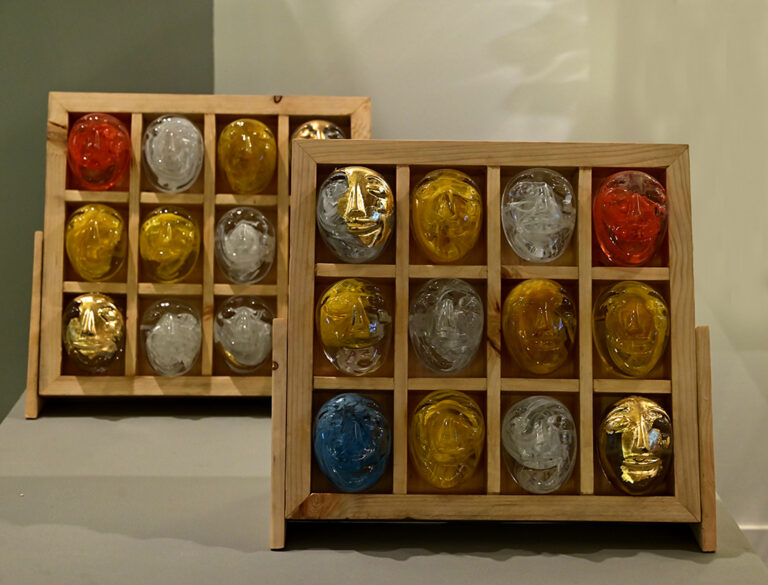
Nandini Datta
Box with 12 heads series, 2022
Dimension of each box 12 x 15 x 3 Inches
work with molten glass which is often rolled into colours of my choice and then poured into the mold for casting. The pieces are then slowly annealed to the room temperature inside a kiln. After they cool, the pieces are ground and polished to get the final finish
Price : On Request
Nandini Datta is a practising artist of studio glass and ceramics art and is the founder of “Studio Glasshopper” from 2001 to the present. She was trained at the National School of Glass, Orrefors, Sweden in 2009 in glassblowing, kiln and sand casted glasswork; and in Denmark at Designskole Copenhagen in designing blow and kiln casted glass. She specialises in stained glass in the “Prairie School” style of Frank Lloyd Wright, Art Nouveau and Deco as well as glass blowing, kiln casting, pate de vere, sand casting and engraving. She has handled major projects handled for corporates and private properties in stained and blown glass. She has participated in exhibitions from 2006 both nationally and internationally, among others, at Carpe Diem Art Gallery Majorda Goa in 2016 and 2019; Cymroza Art Gallery Mumbai and Interiors and Exterior Fair at Pragati Maidan New Delhi in 2006. Nandini lives and works in Goa.
Reshmi Dey
Trees are significant in many of the world’s mythologies, and have been given deep and sacred meanings throughout the ages. Human beings, observing the growth and death of trees, and the annual death and revival of their foliage, have often seen them as powerful symbols of growth, death and rebirth and are metaphors of the eternal, immortality or fertility.
Examples throughout the world include the banyan and the sacred fig in Hinduism, Buddhism and Jainism as well as the tree of knowledge of good and evil of Judaism and Christianity. The Bodhi Tree, also known as the Tree Of Awakening, gyan vriksh, is a large sacred fig tree and is recognizable by its heart-shaped leaves, which are prominently displayed all through the installation.
In 1999, Reshmi Dey, an Economics and Mathematics graduate, turned her back to the corporate world to follow her heart. She found her calling in the creative glass industry. Her first introduction to studio glass art was in 2001 under the guidance of Czech Maestro Petre Novotny and Martin Jenesky. She later also studied at the International Glass Centre, Dudley UK with a specialization in hot glass blowing. In 2017, Reshmi established India’s first public access glass art studio, along with the company Glass Sutra Studio Pvt. Ltd. in New Delhi which promotes education, awareness and
appreciation about glass art. She has also worked extensively with the glass artisans of Firozabad, U.P.
Reshmi has consulted and facilitated the International Labour Organisation (ILO) and The Director General of Employment and Labour (DGE&T) under Ministry of Labour (Government of India), for the Skill Development Programme over four years. She was awarded the Senior Fellowship by Ministry of Culture, Government of India in 2017. A single piece may be possible by a pair of hands but an installation requires many hands.
My art work is a culmination of many skilled hands such as those of glass craftsmen, artisans, metal smith, carpenter last but not the least the installation team to bring everything together. I would like to thank the team of Glass Sutra studio for their complete support to put together the BODHI TREE art work . Special thanks to the designer Taufique Ahmed for putting my concept into perspective with 3D rendering and Technical drawing. He has worked very closely with me on every steps of the development of the art work . Besides him craftsmen Vishnu & Raju Khuswa from the team Glass Sutra. Also Inderjeet & team for helping me in blowing and manipulating the hot-glass into branches for the tree and handcrafted the leaves in Flame.
Reshmi lives and works in Delhi.
HOW TO BUY ARTWORK
- Select the artwork
- Share the LOT number with us
- Request for a payment link and make payment through all credit & debit cards, net banking, Paytm & UPI

- We can ship it to your address- For overseas purchases and purchases in India shipping costs will be added as per actuals.
Team Artspeaks India
WhatsApp – +91 93542 91990
To call and enquire – +91 98101 29873
You can also email us at – artspeaksindia2@gmail.com

